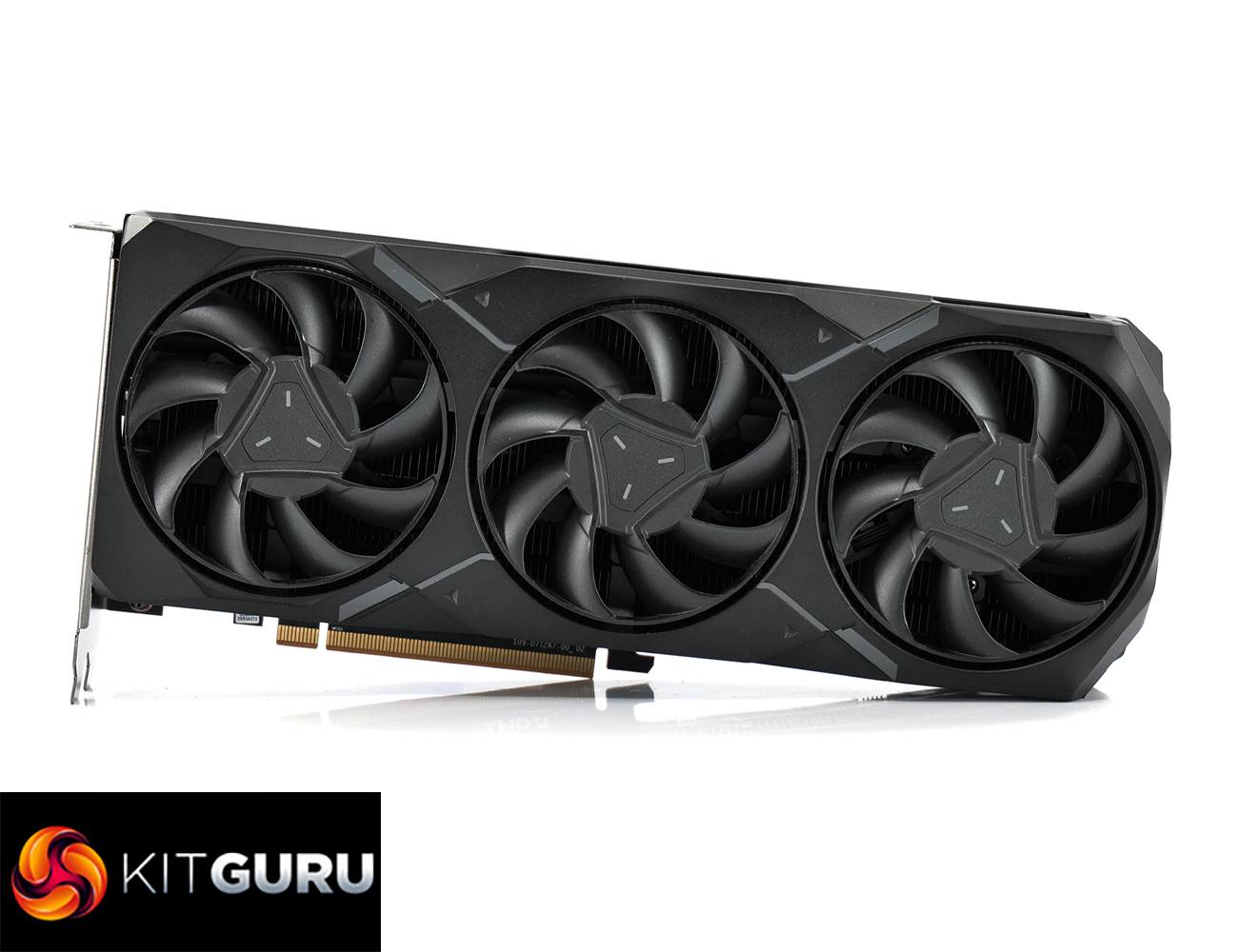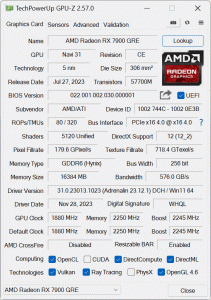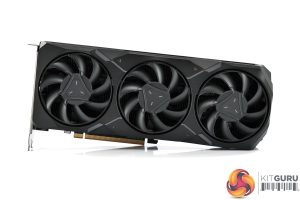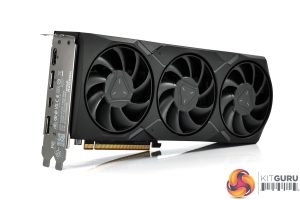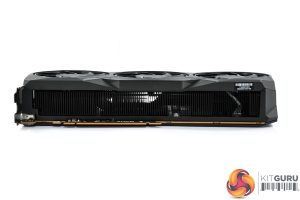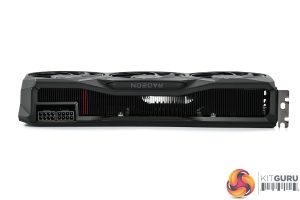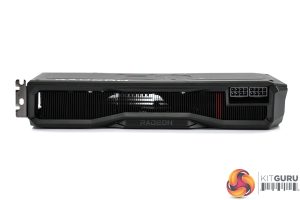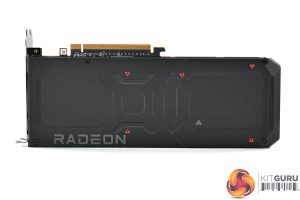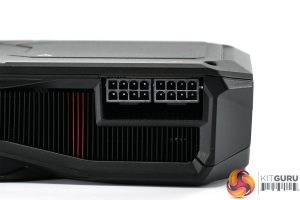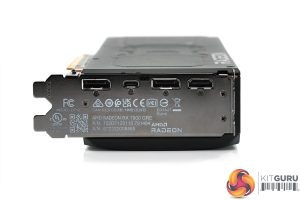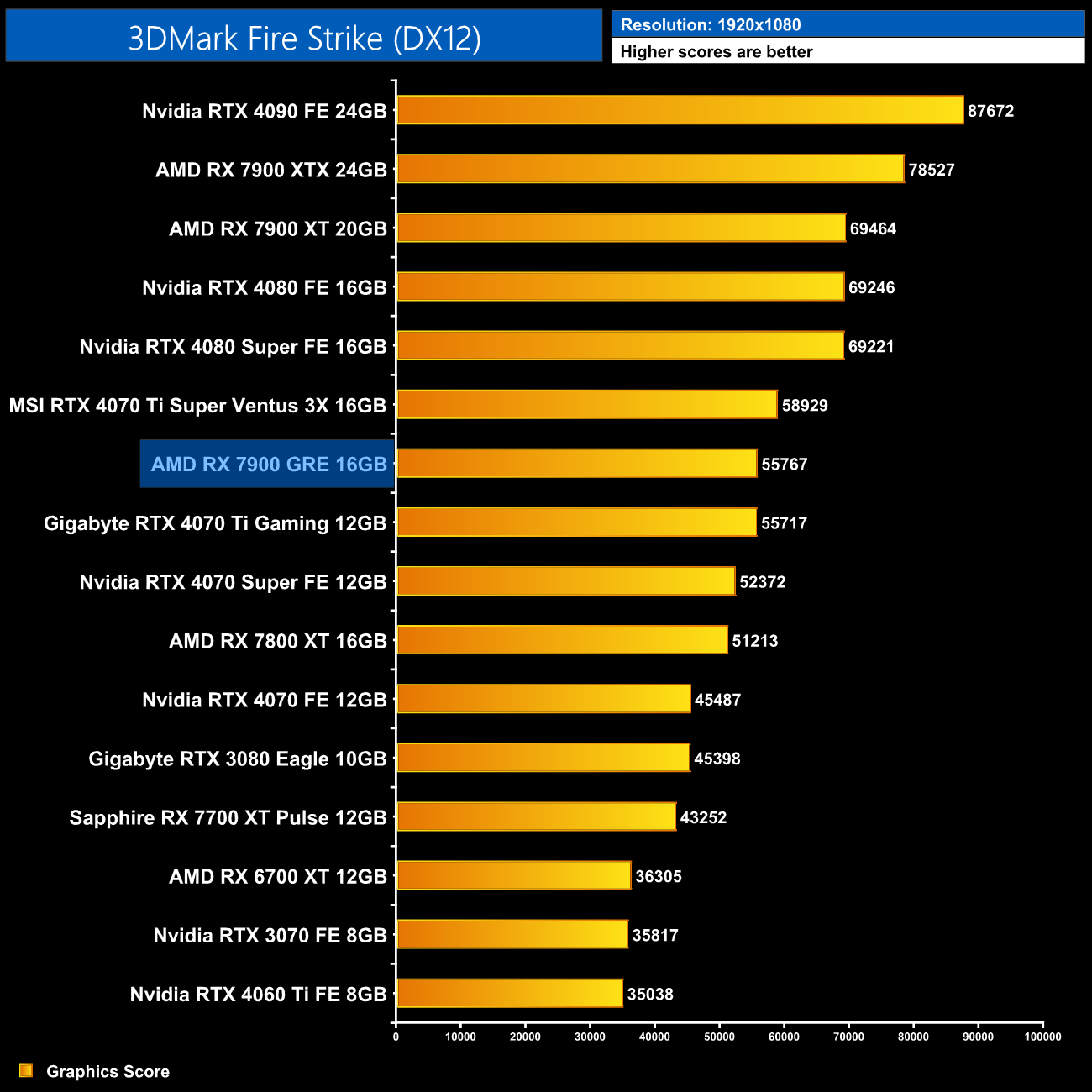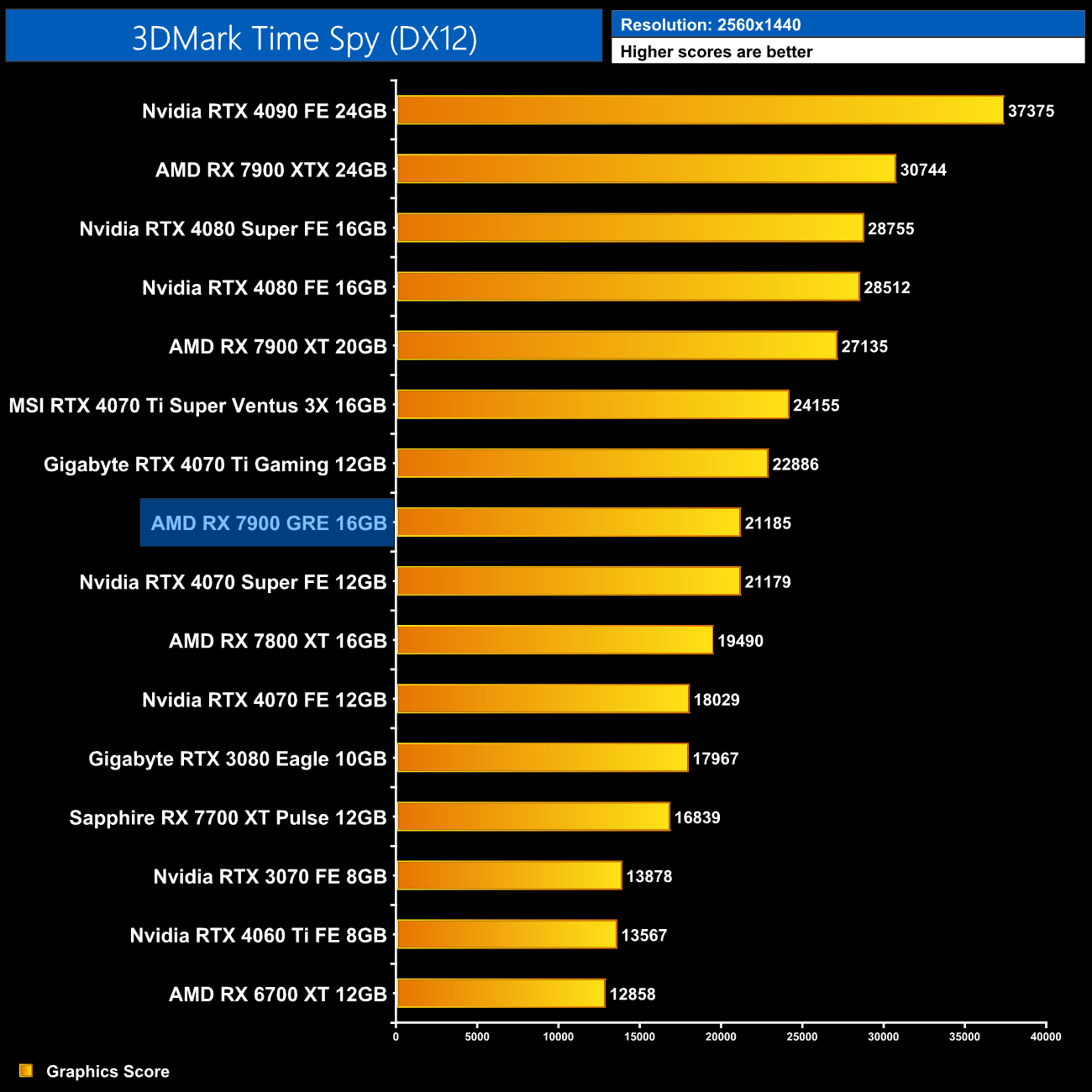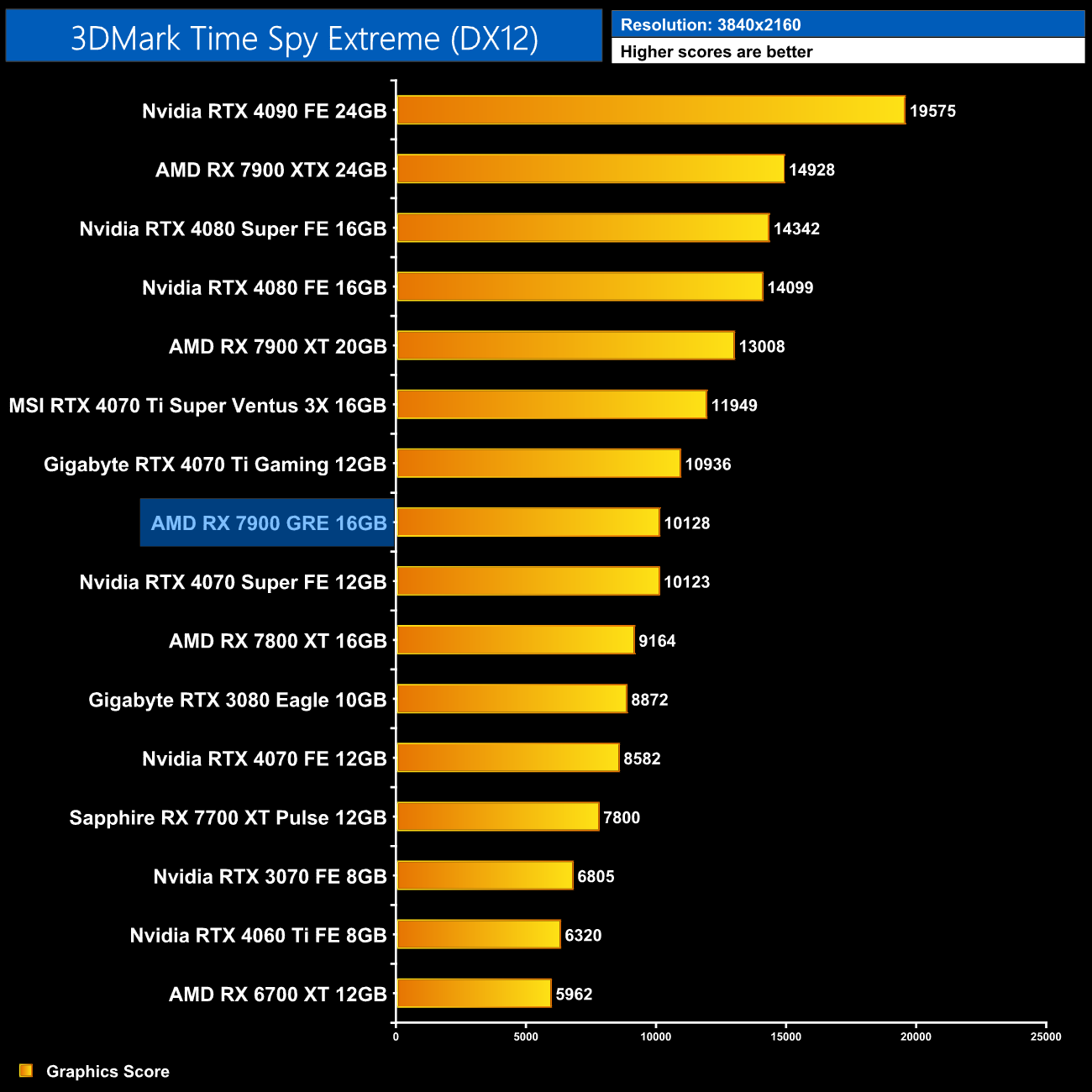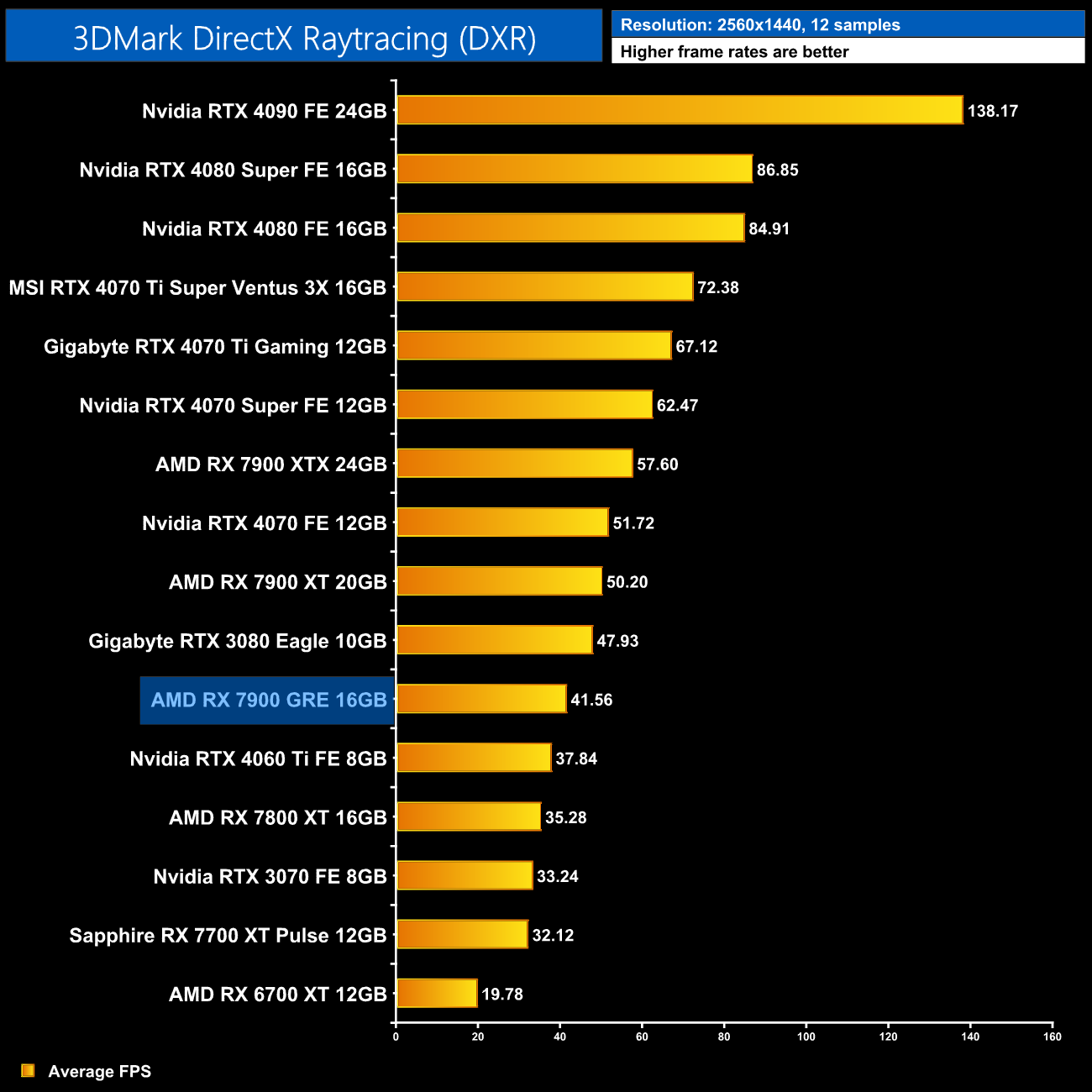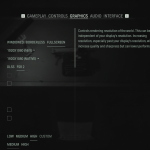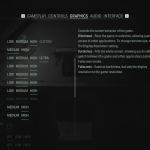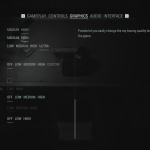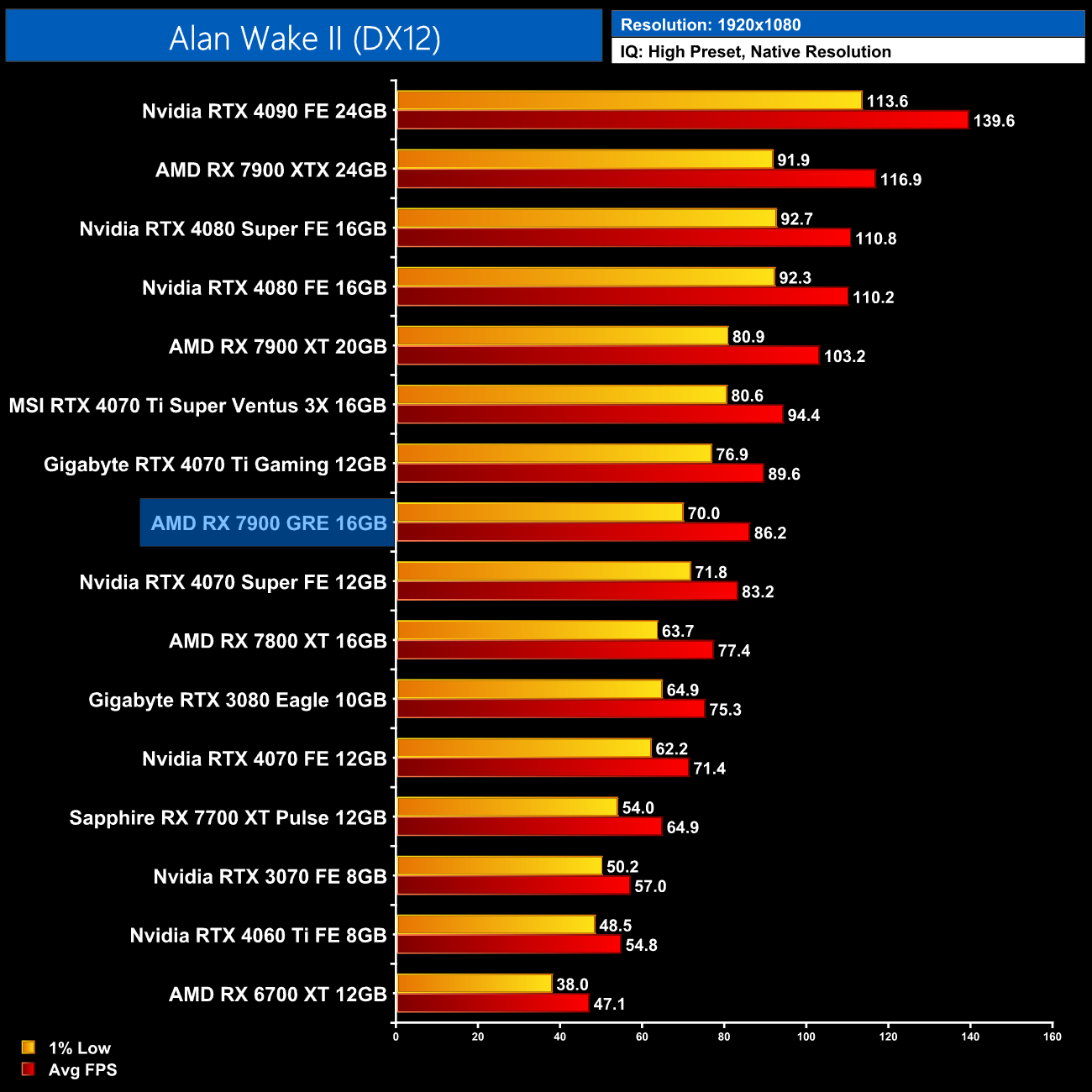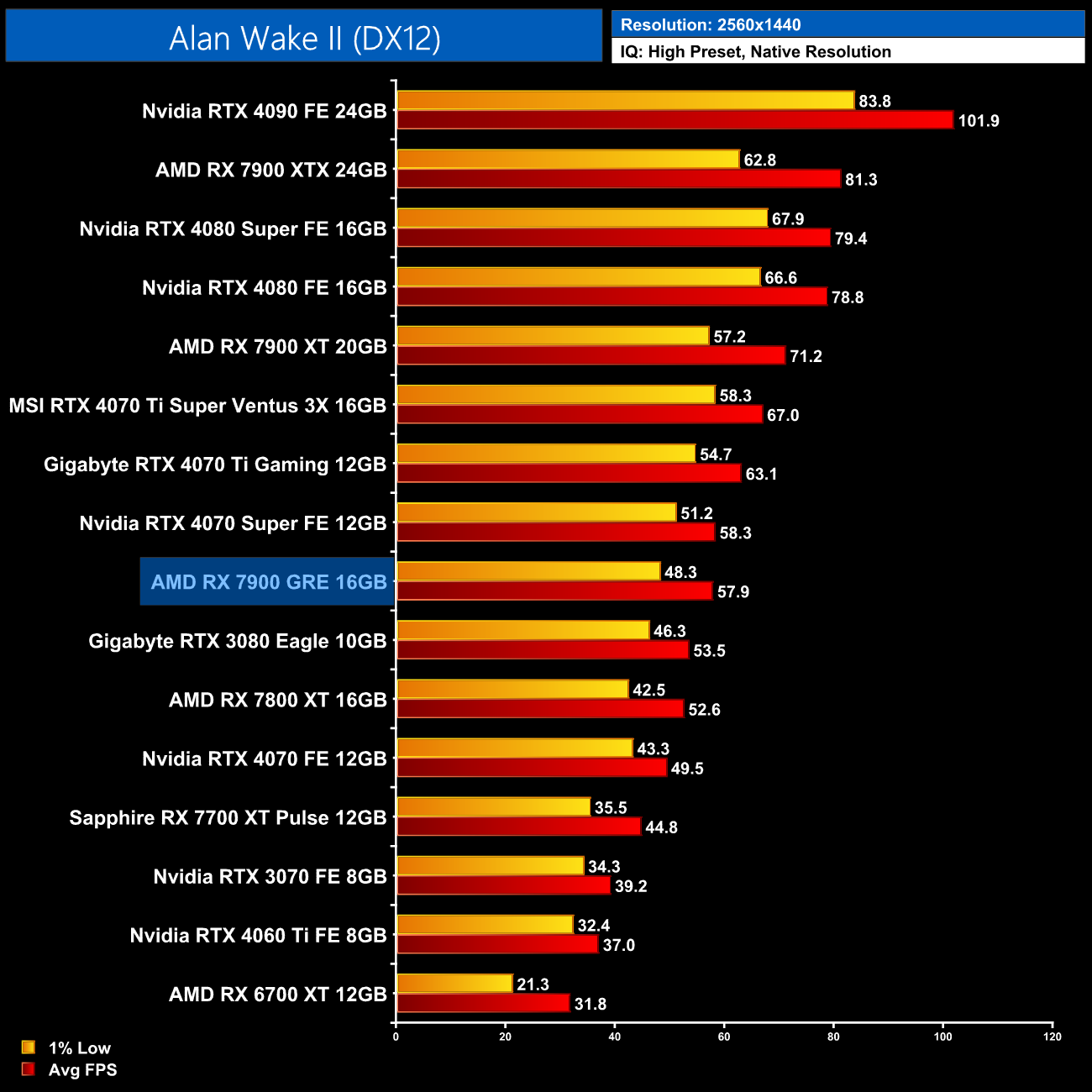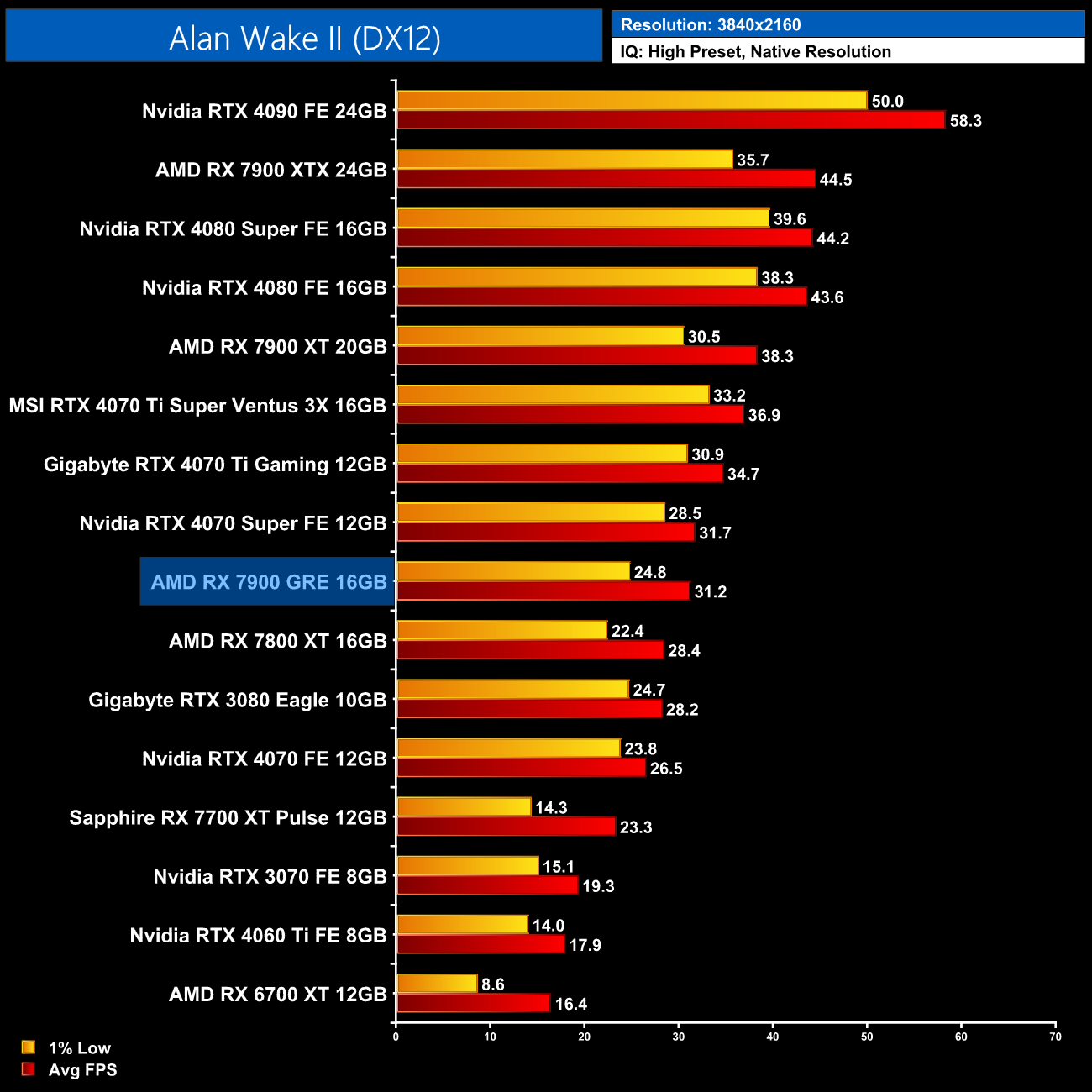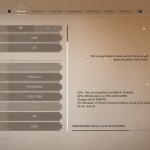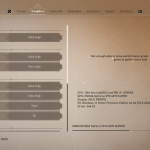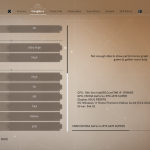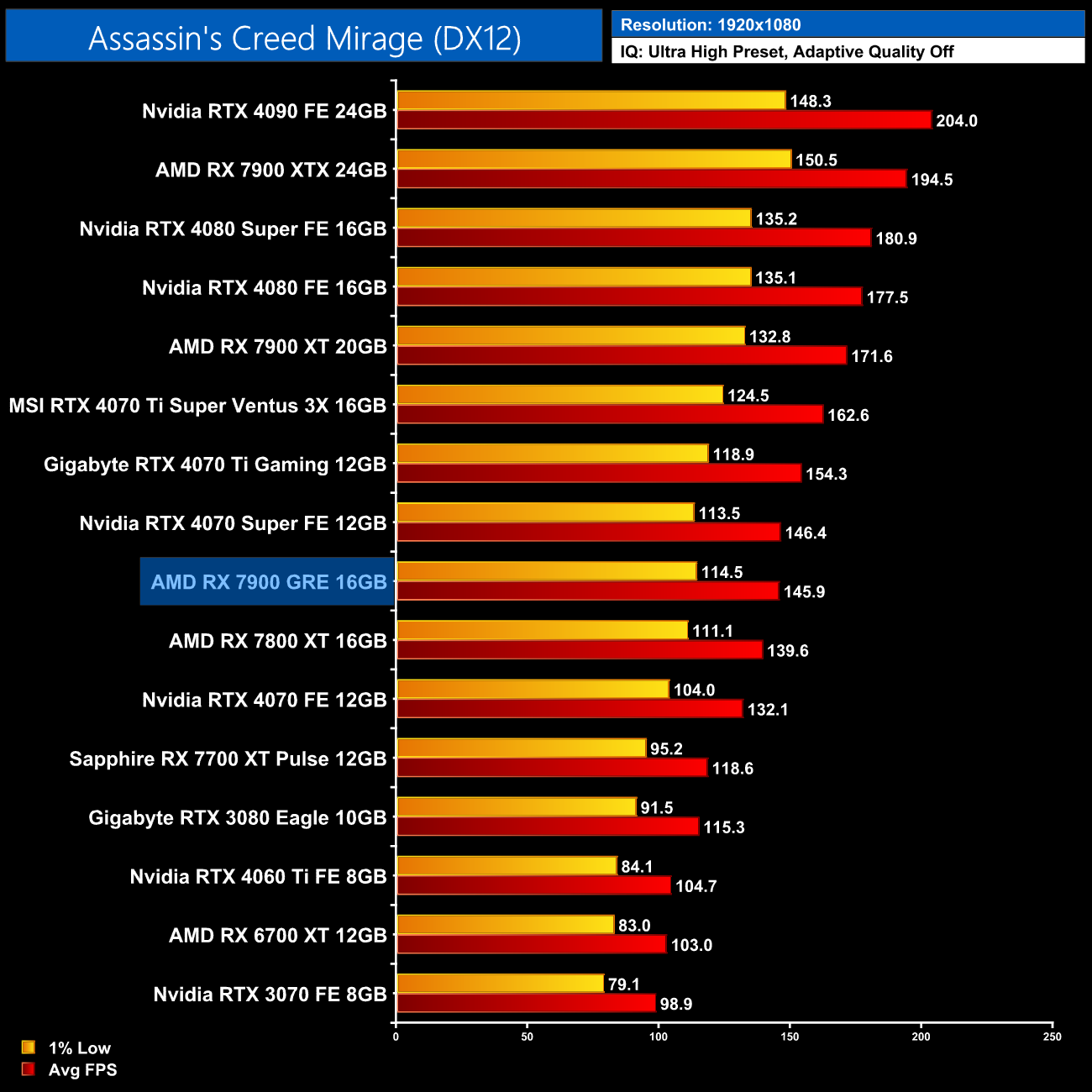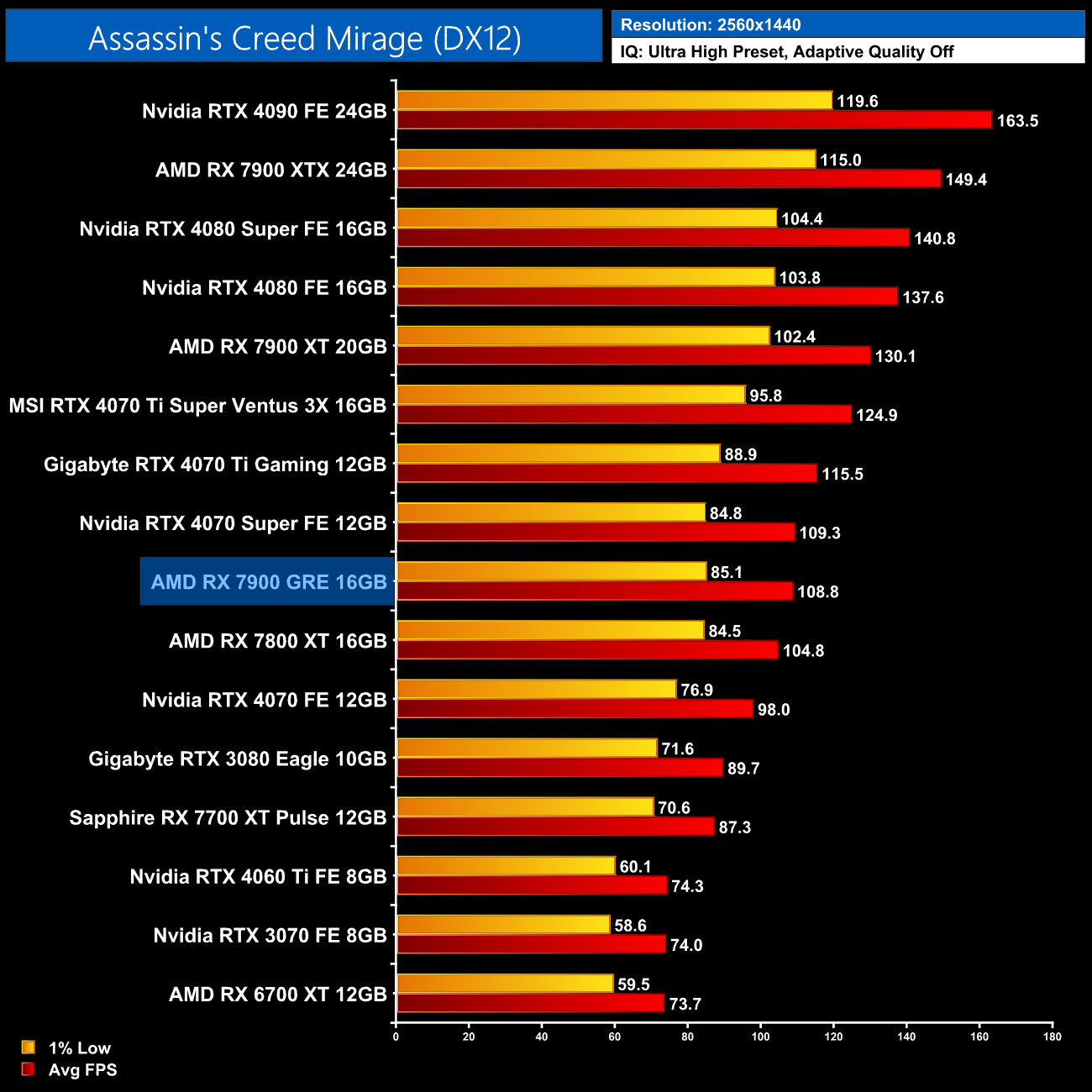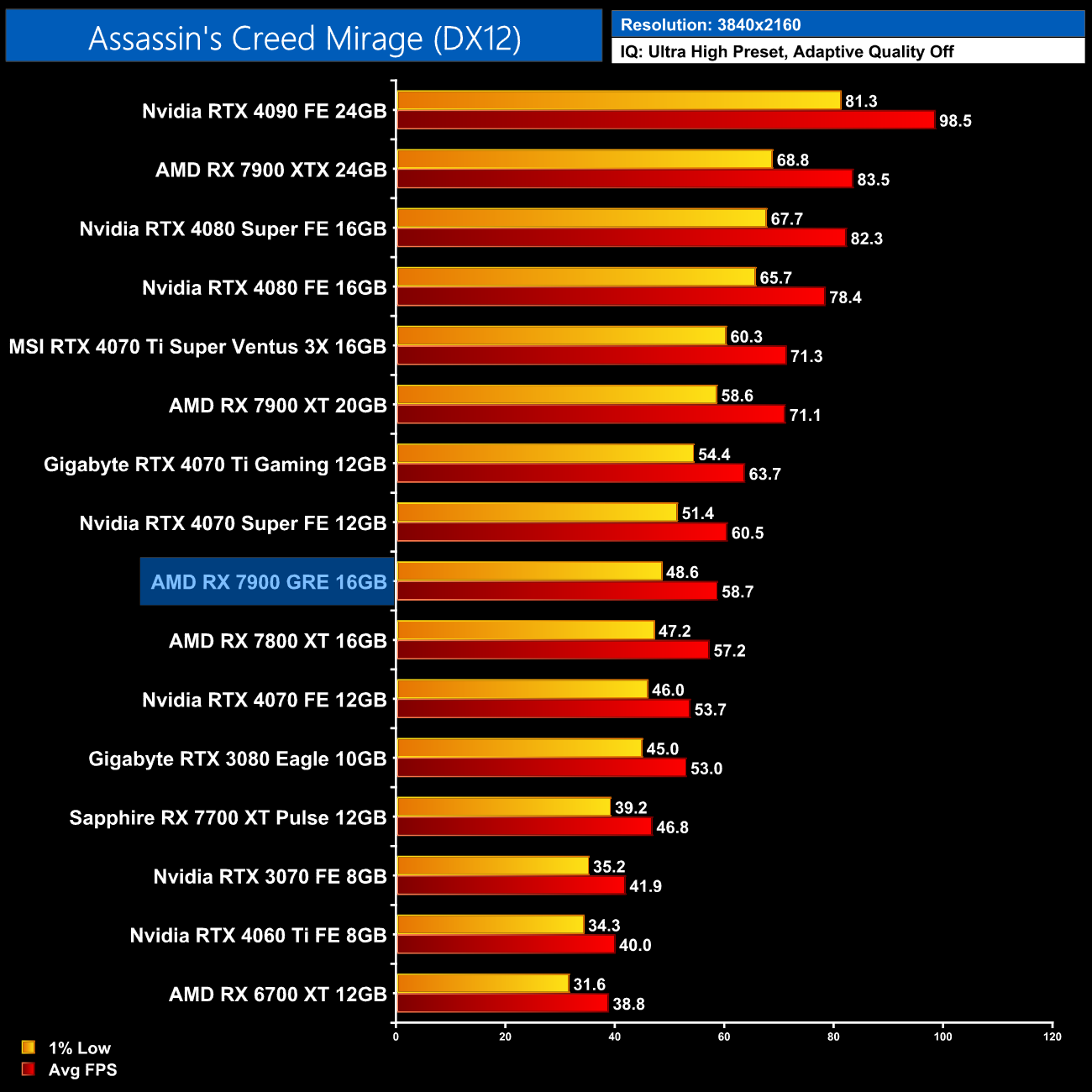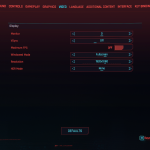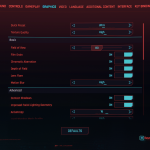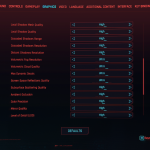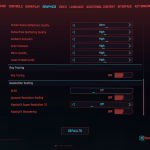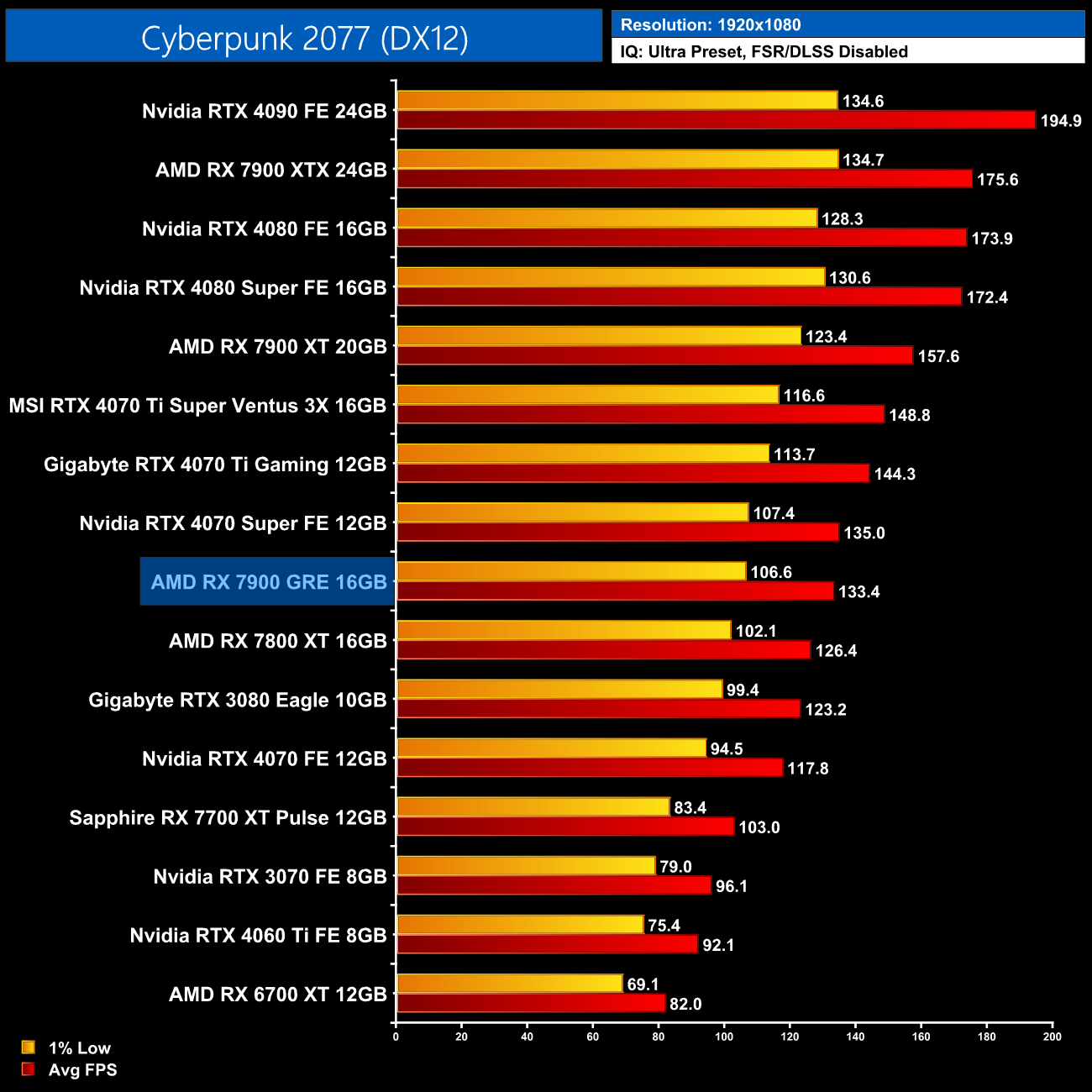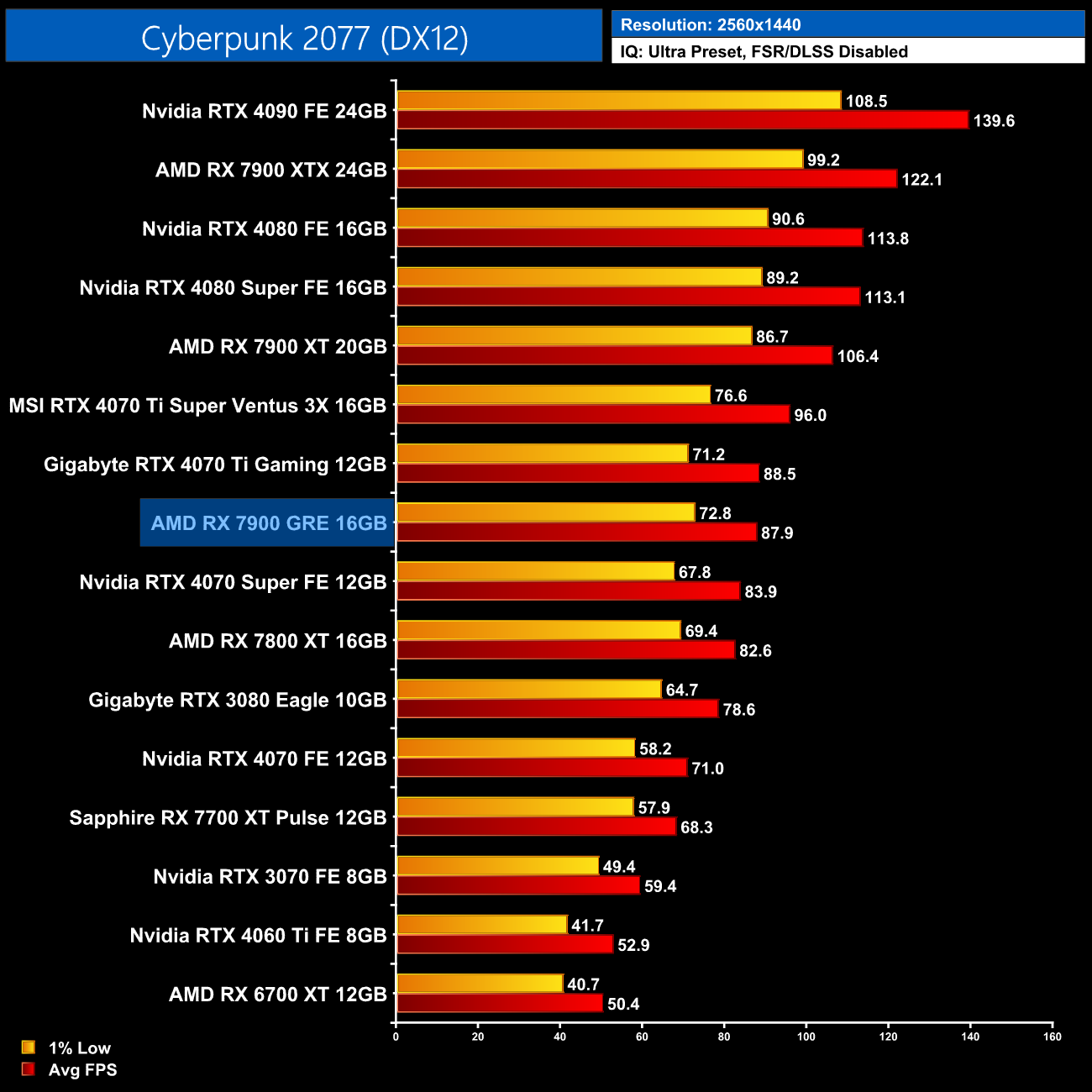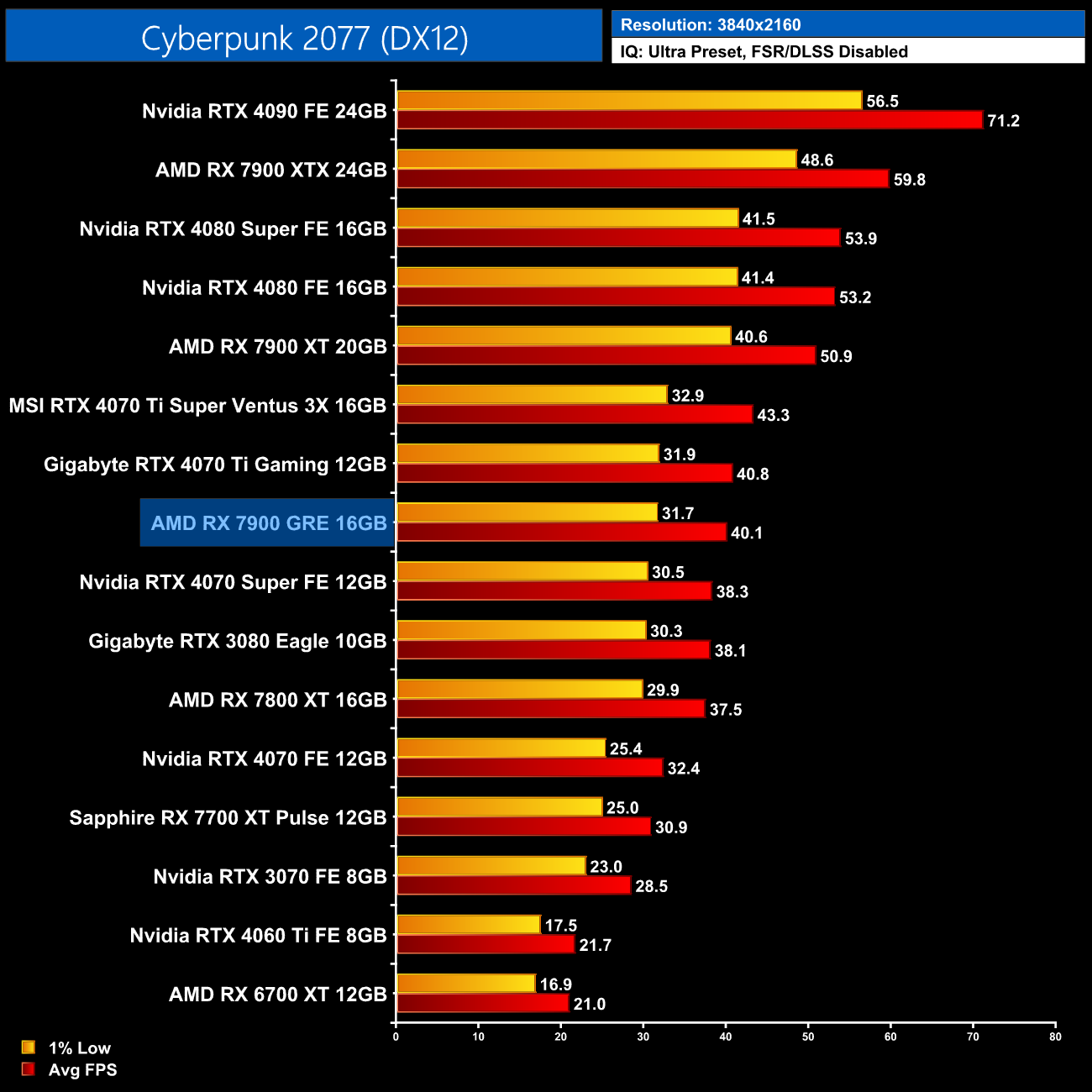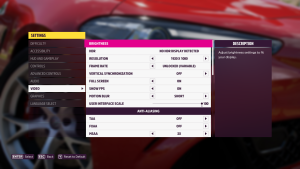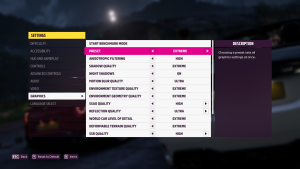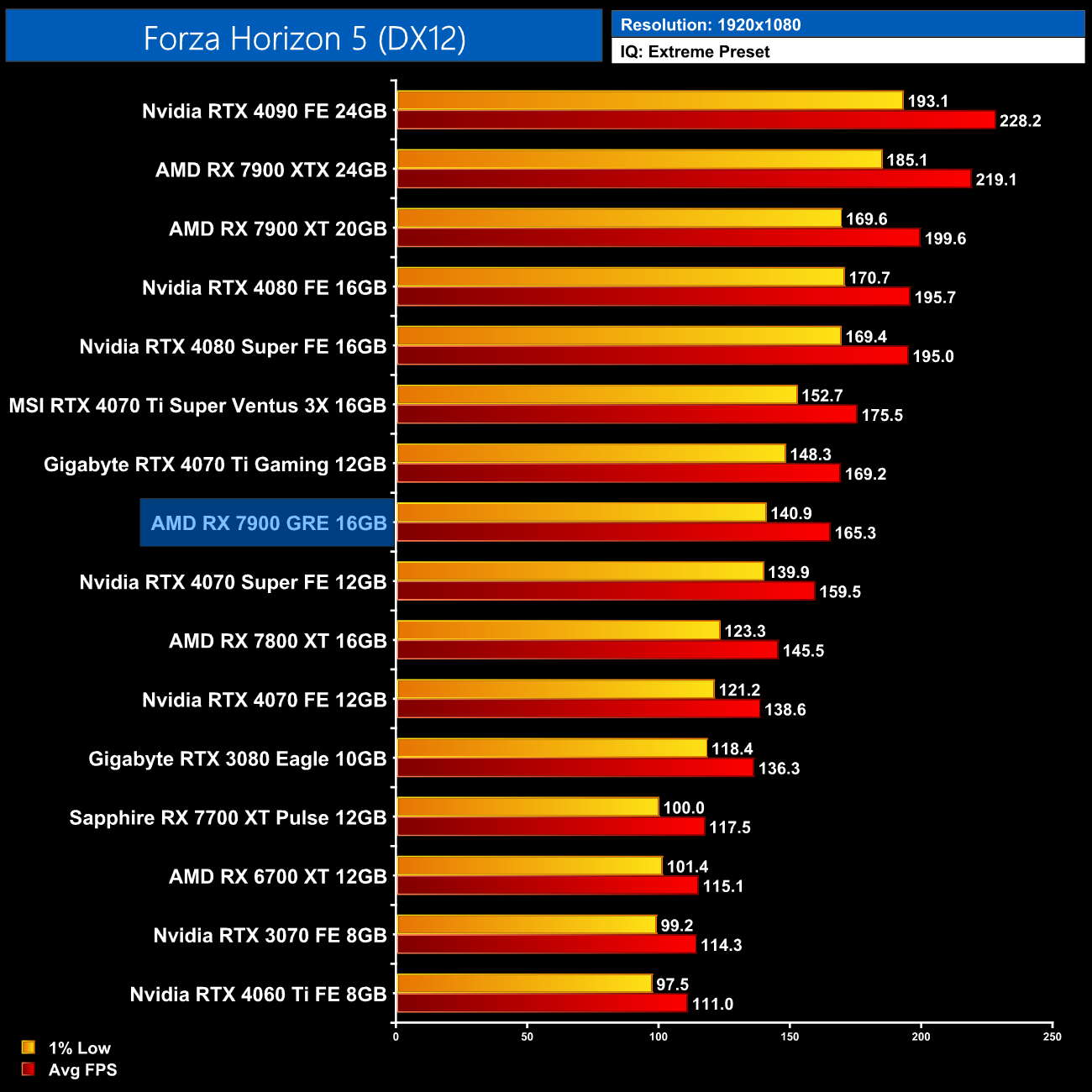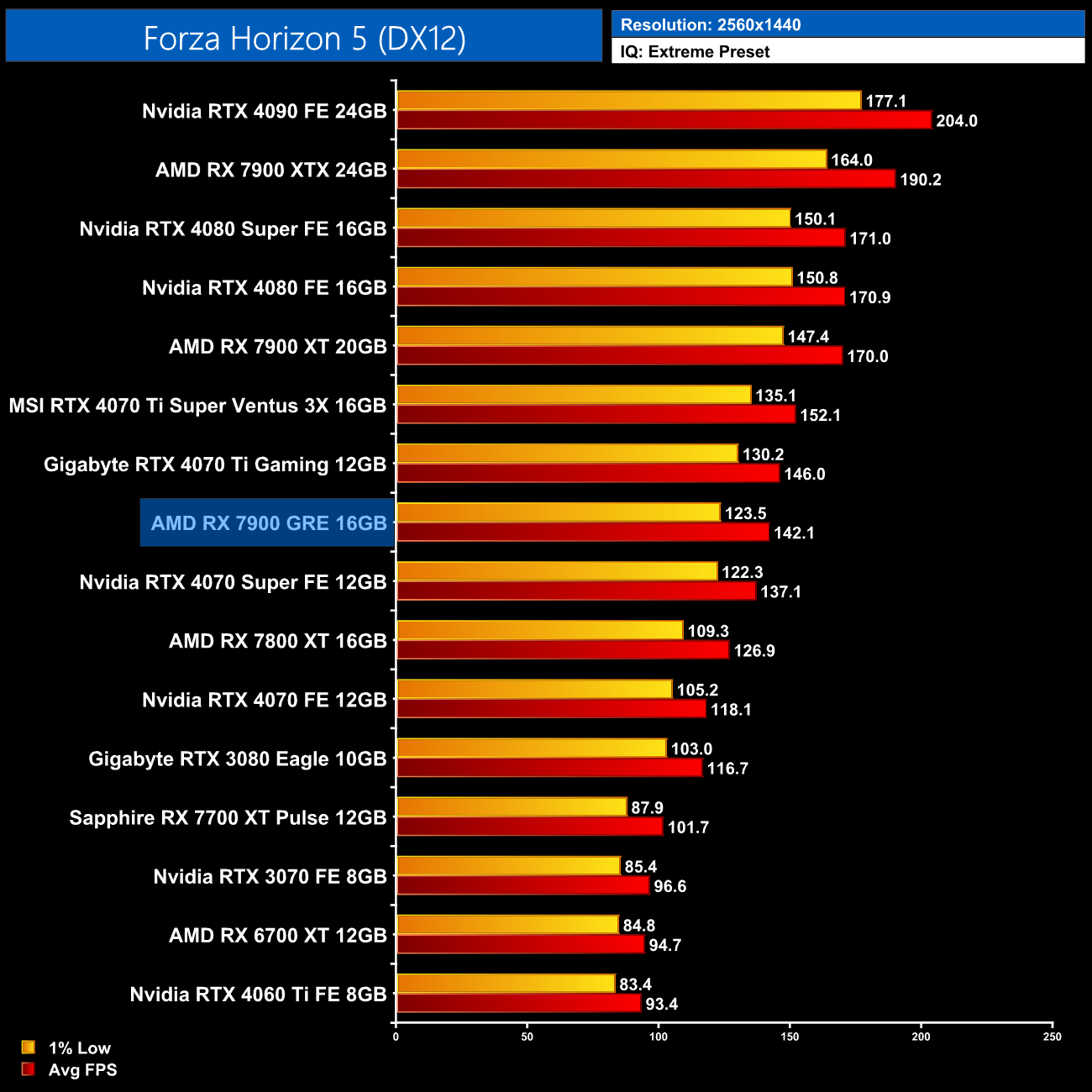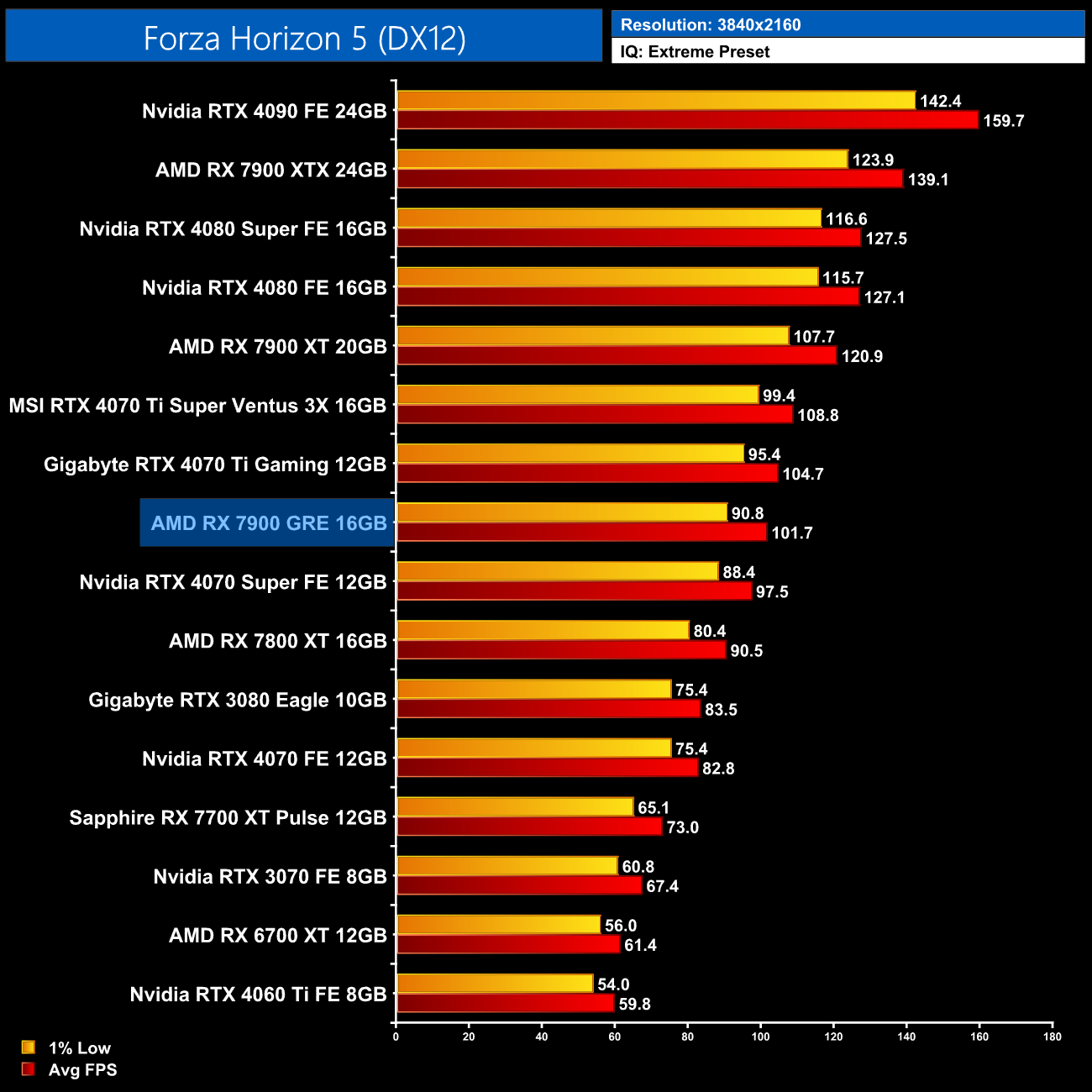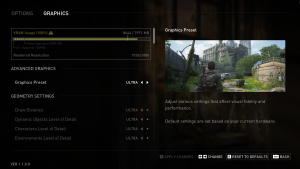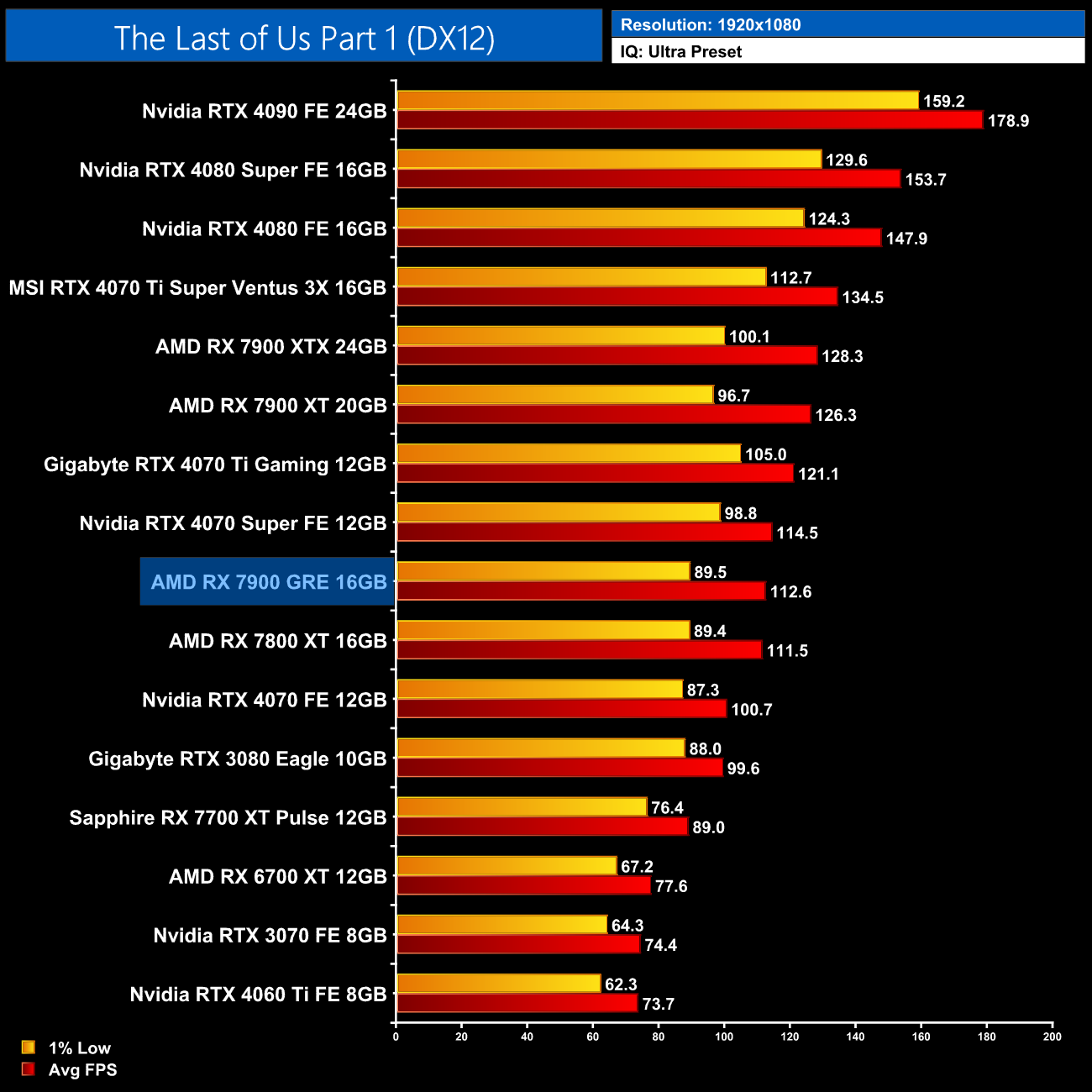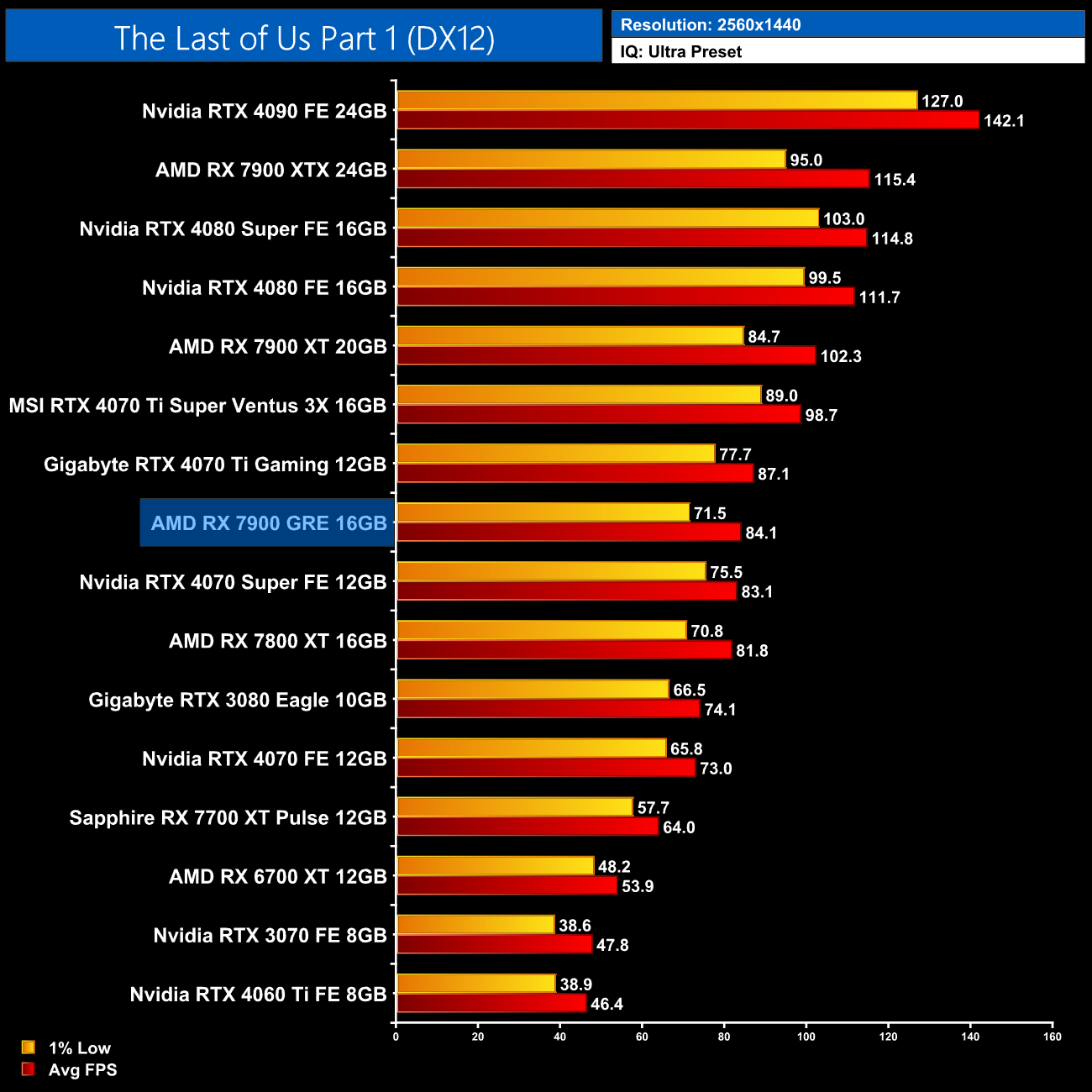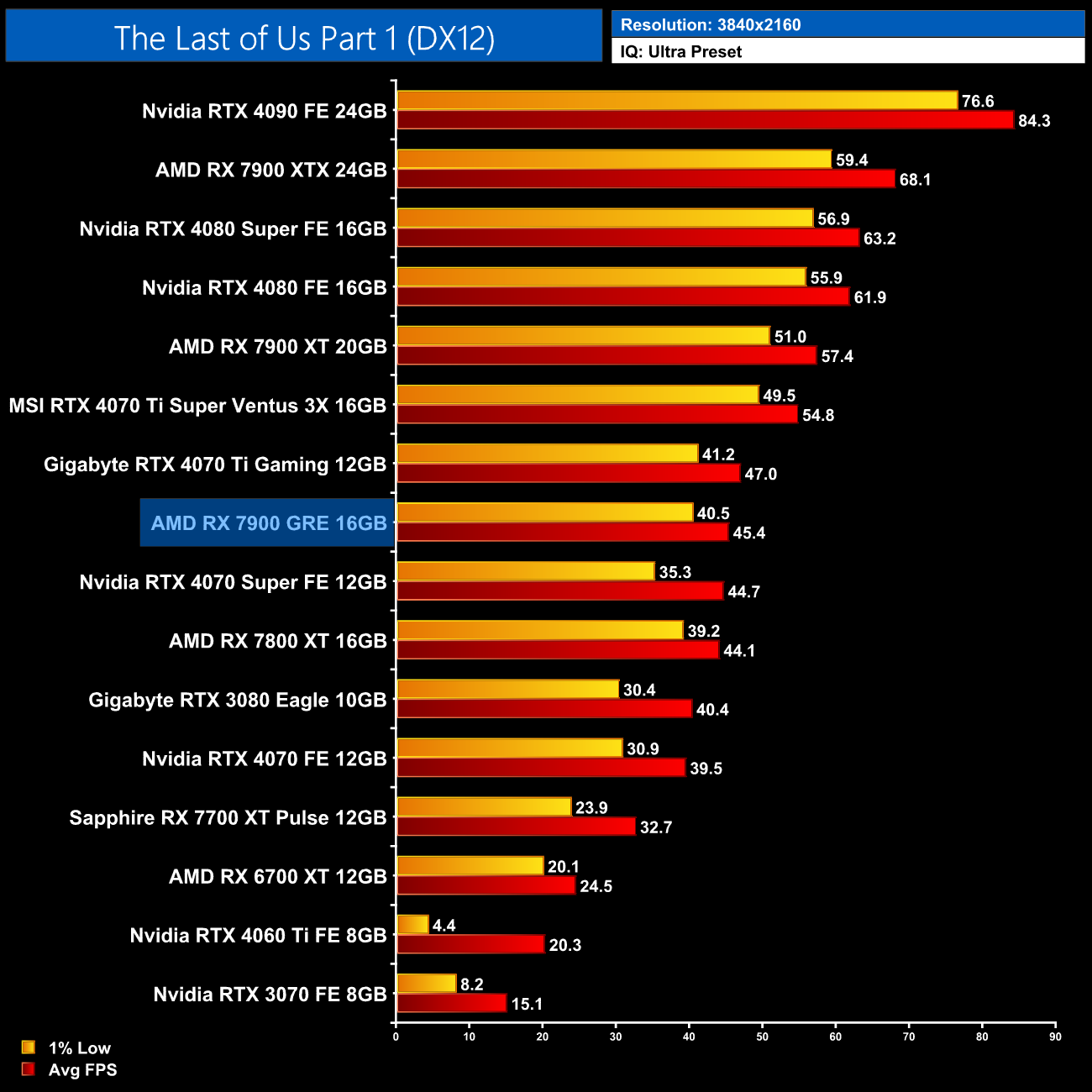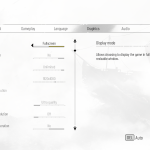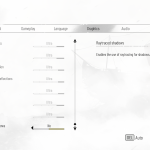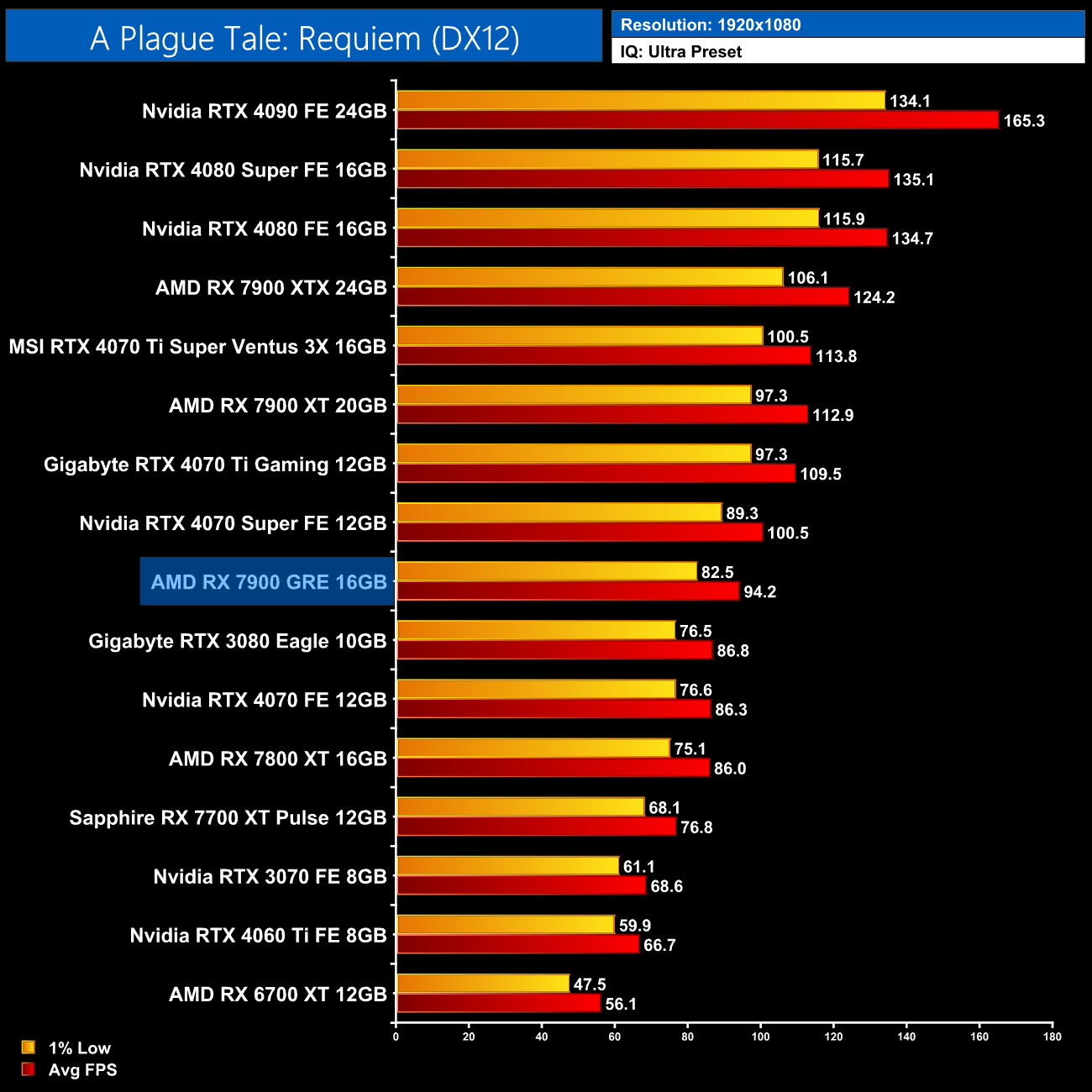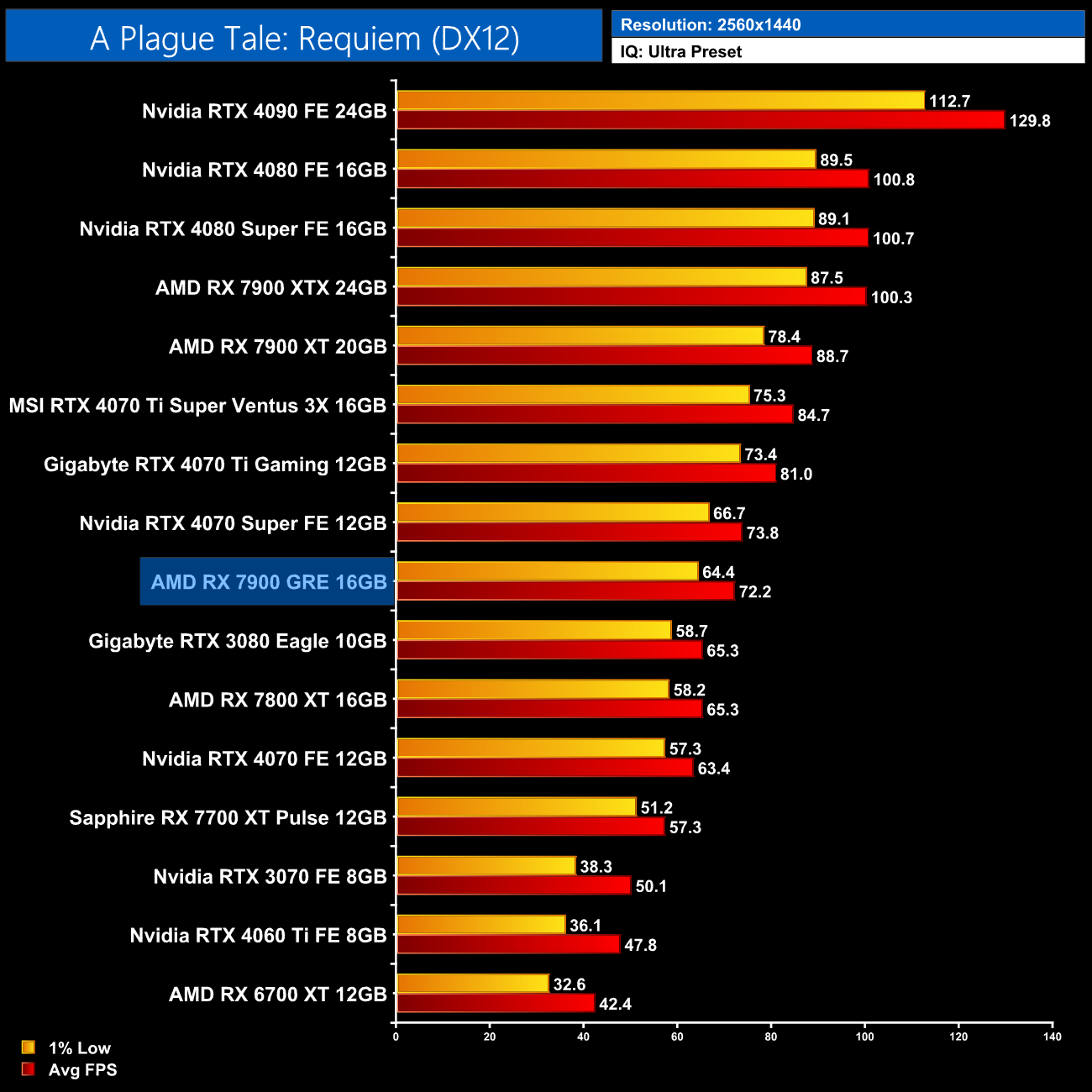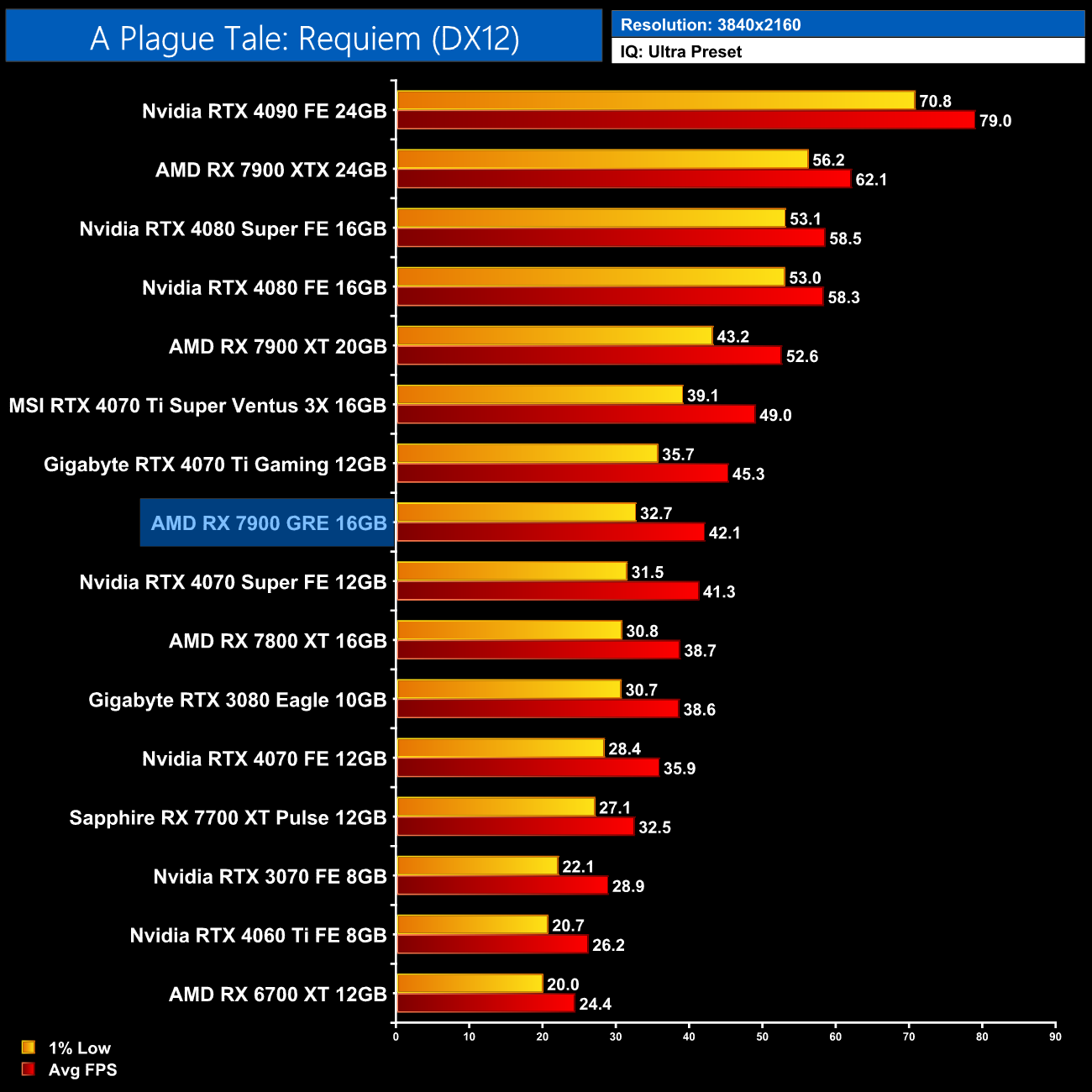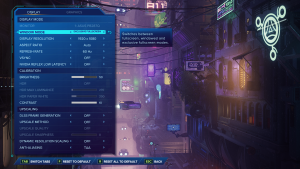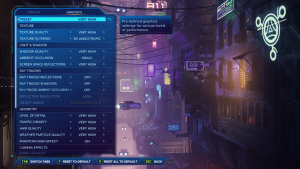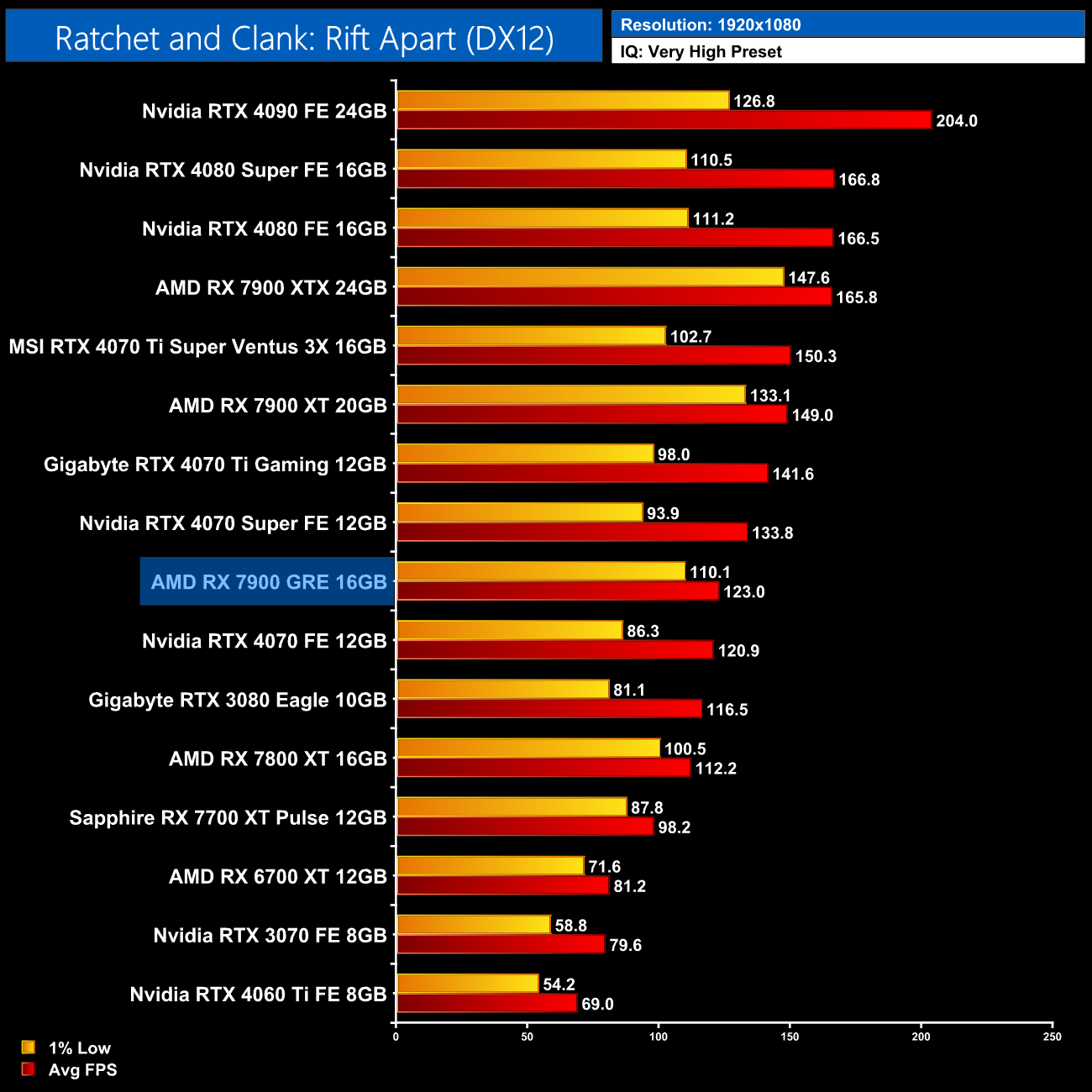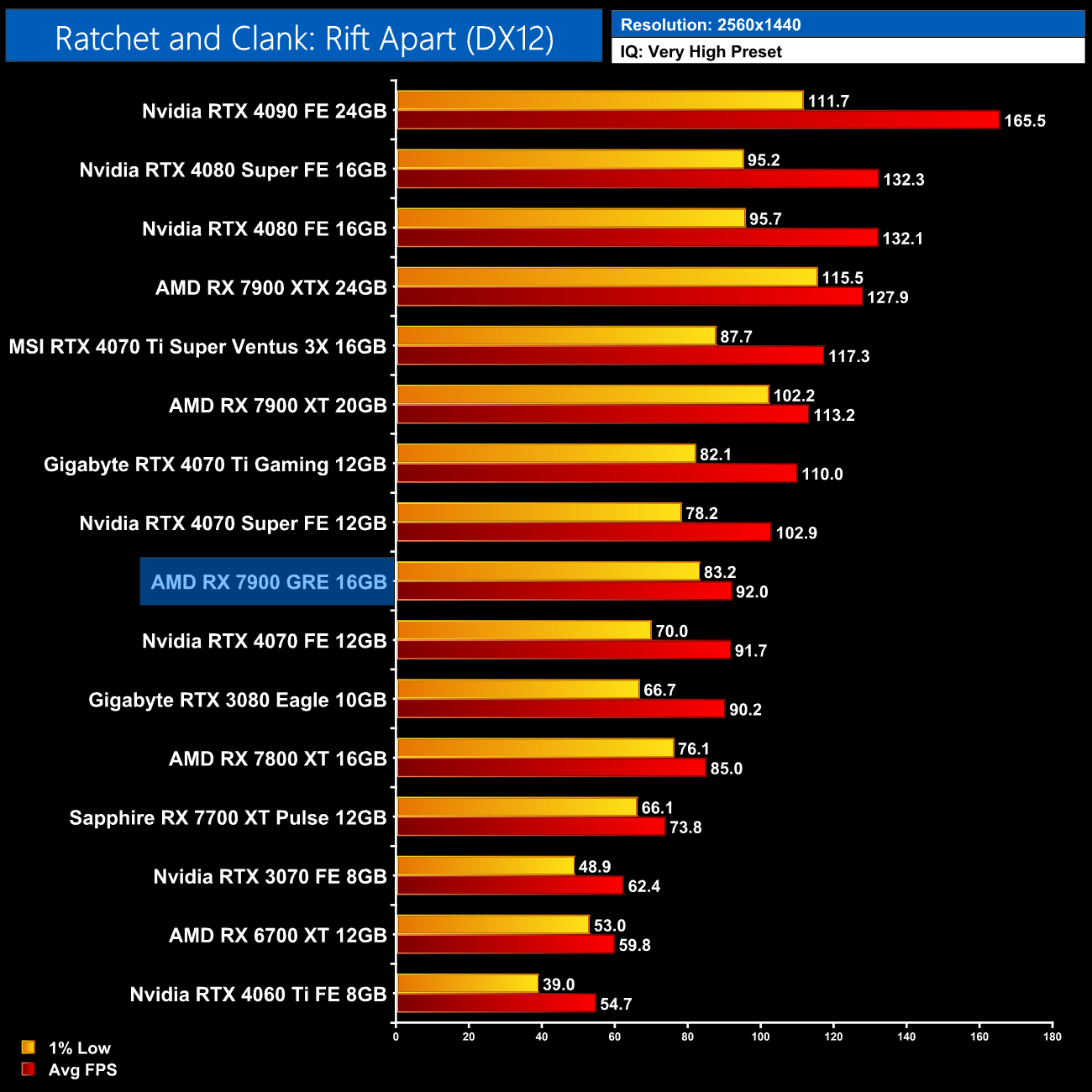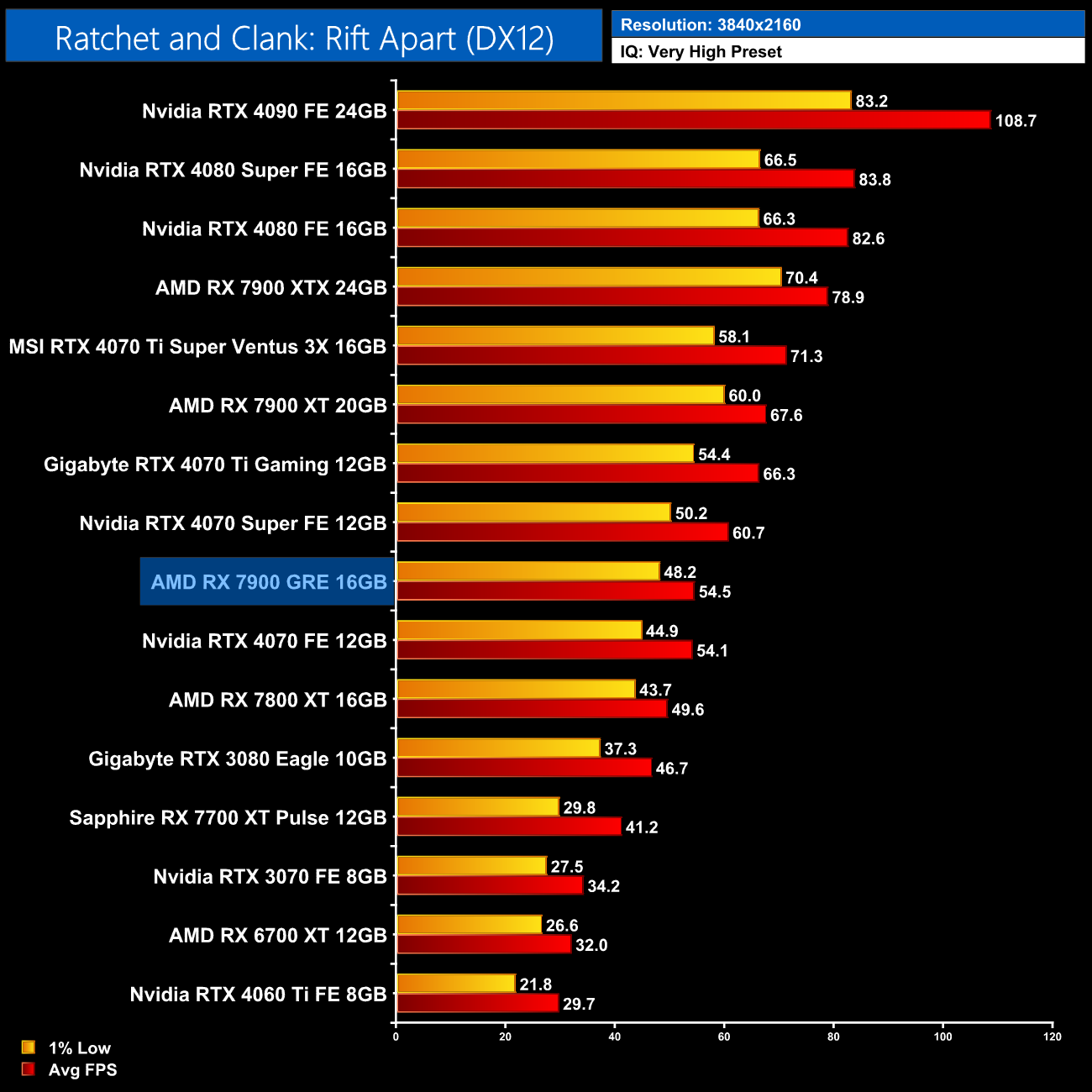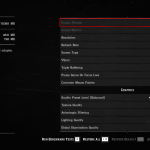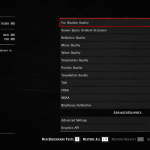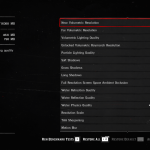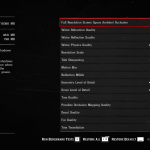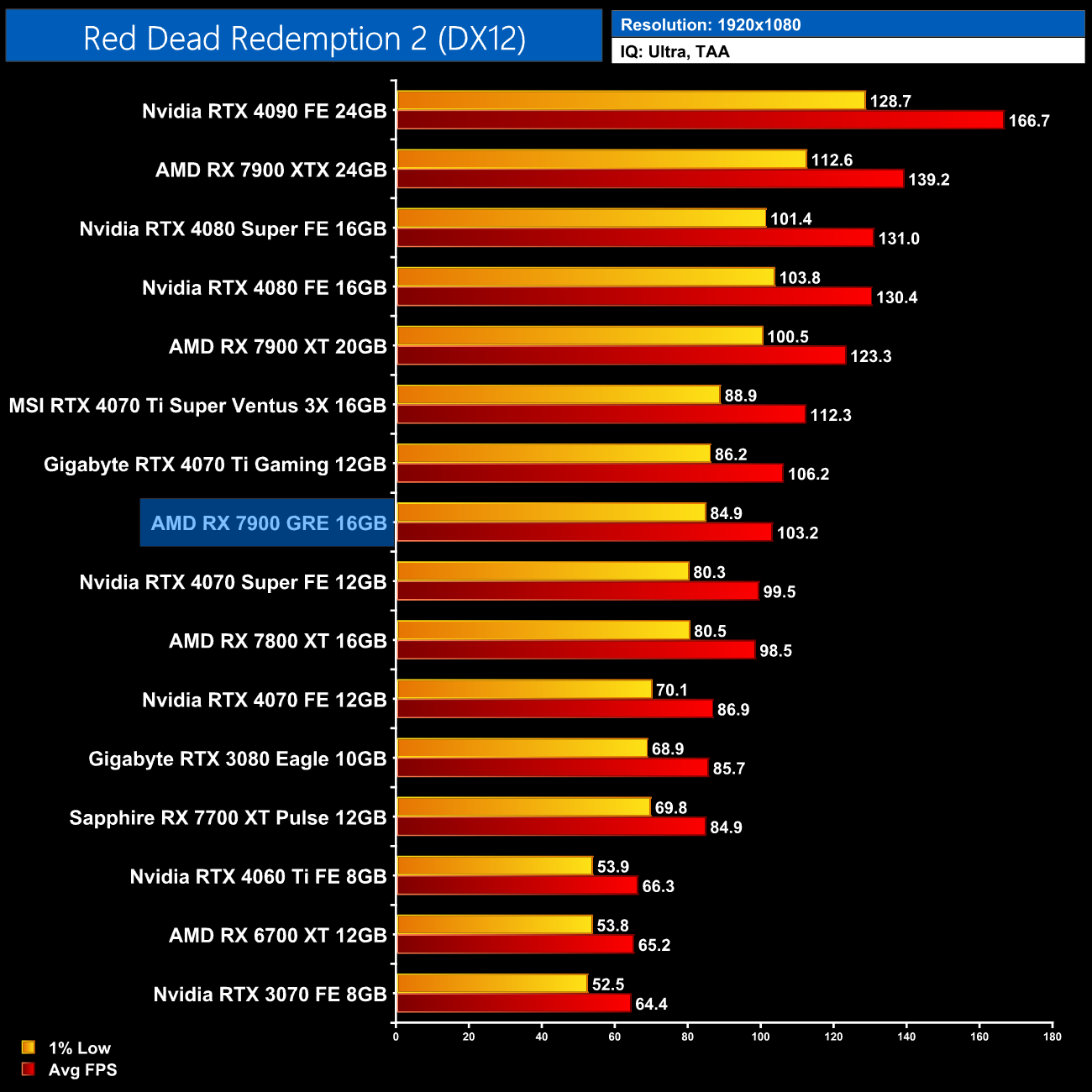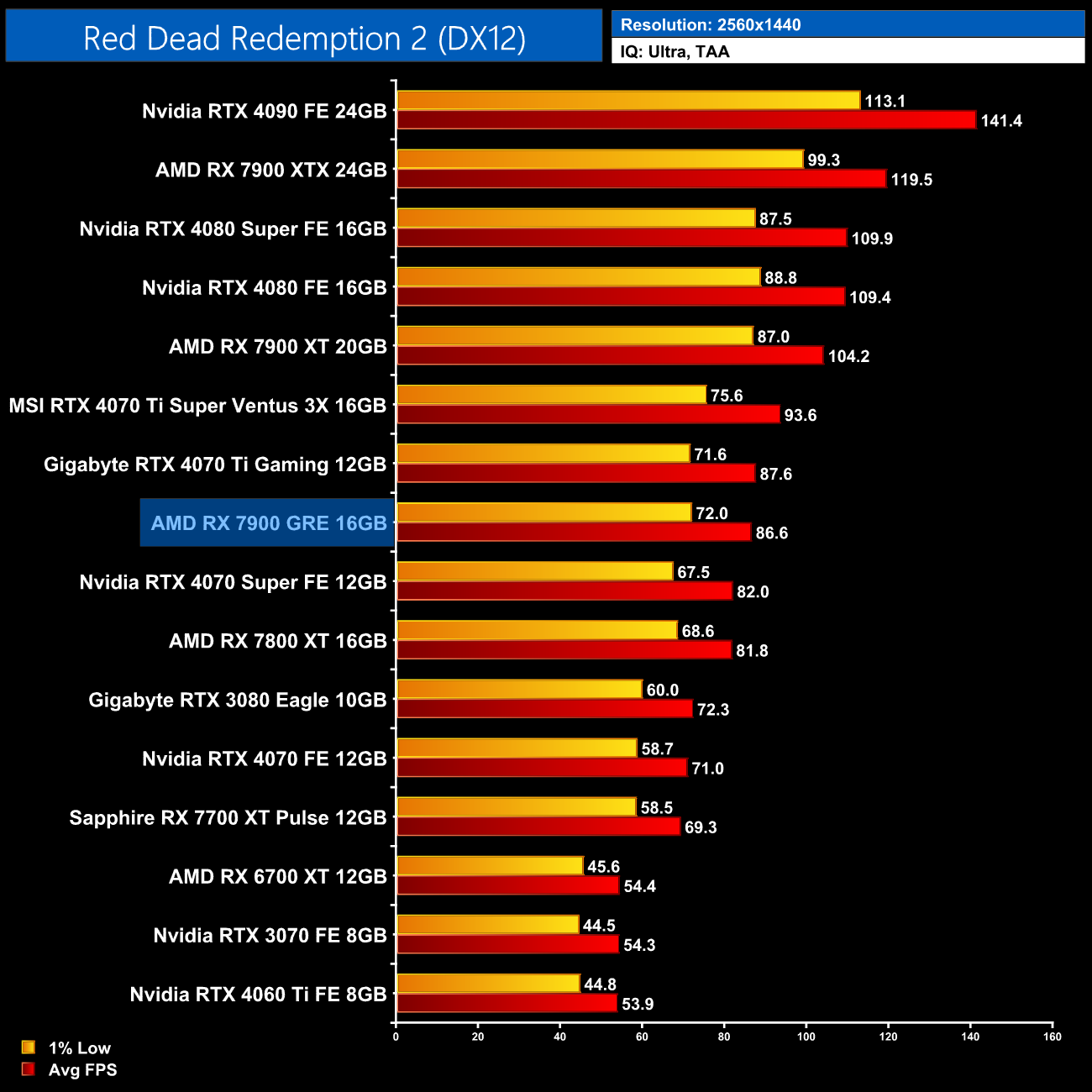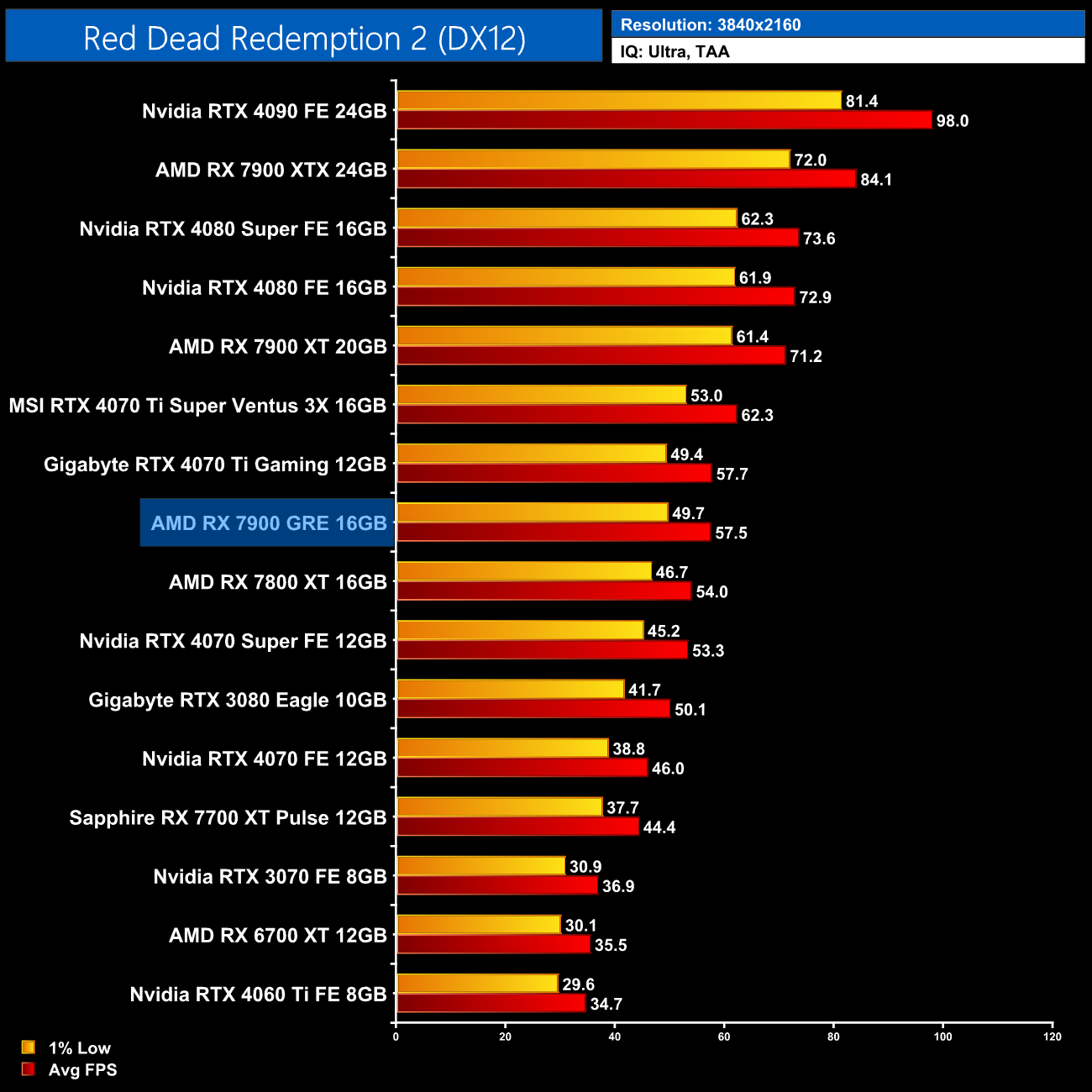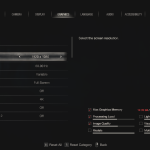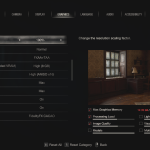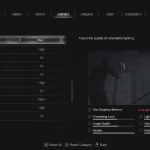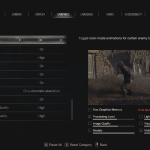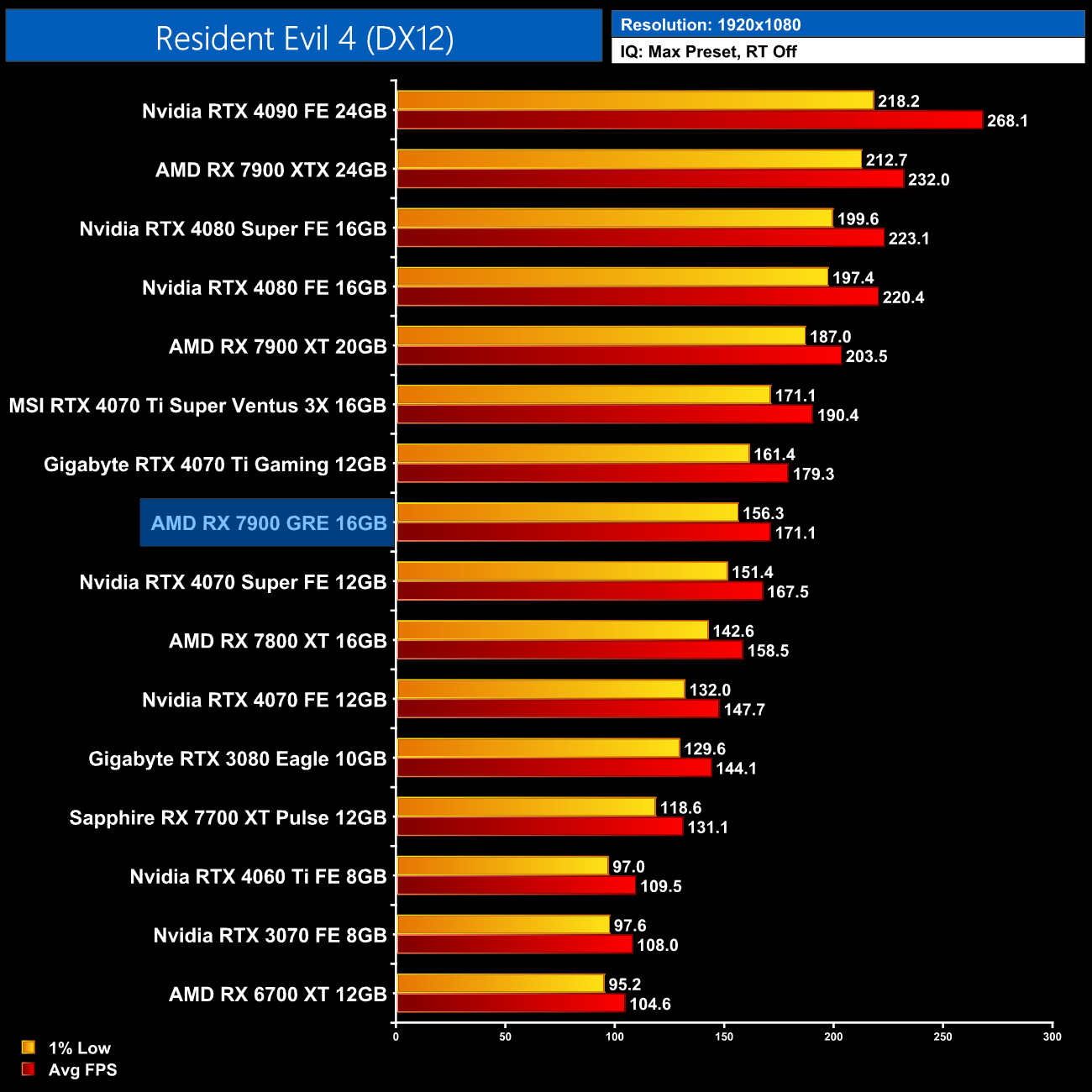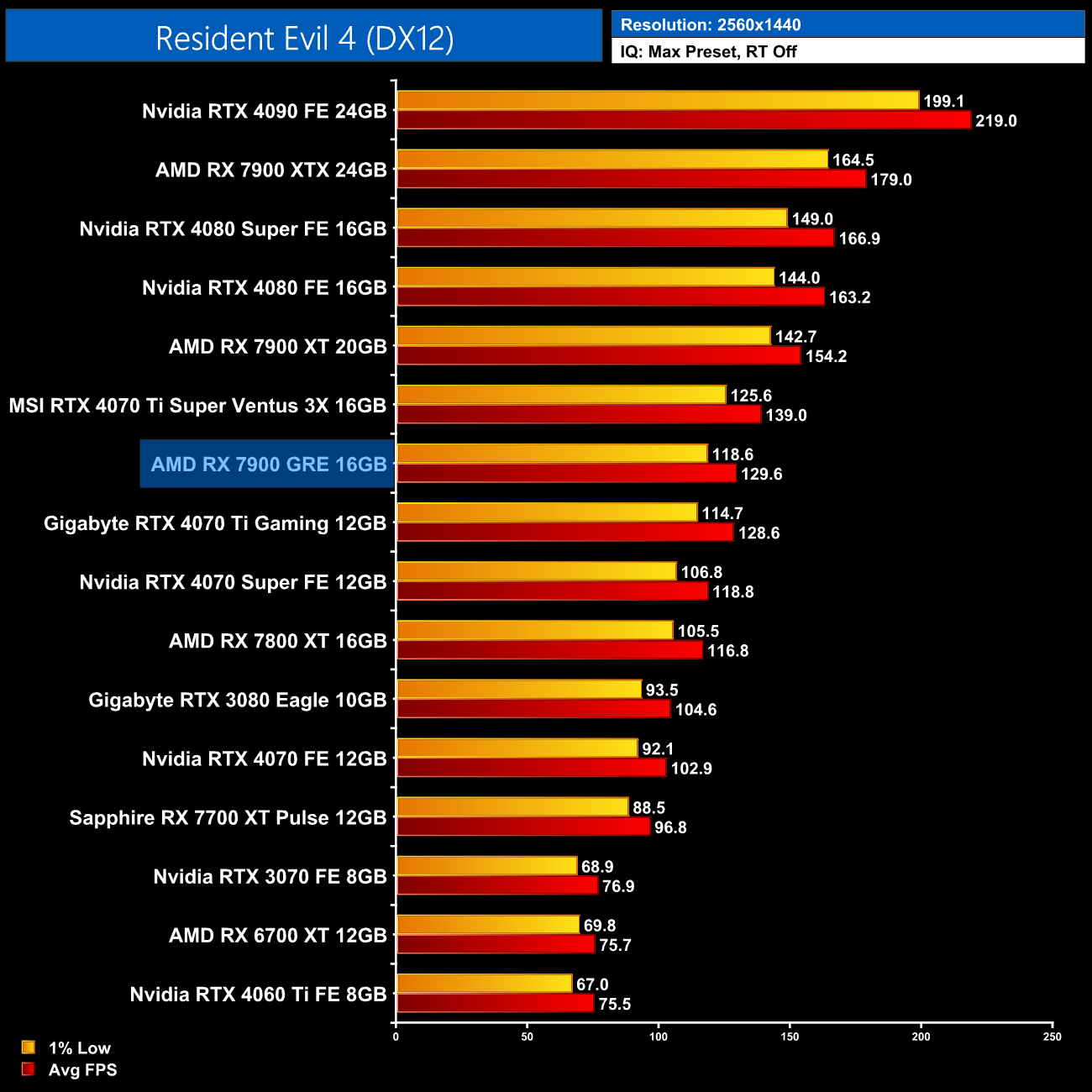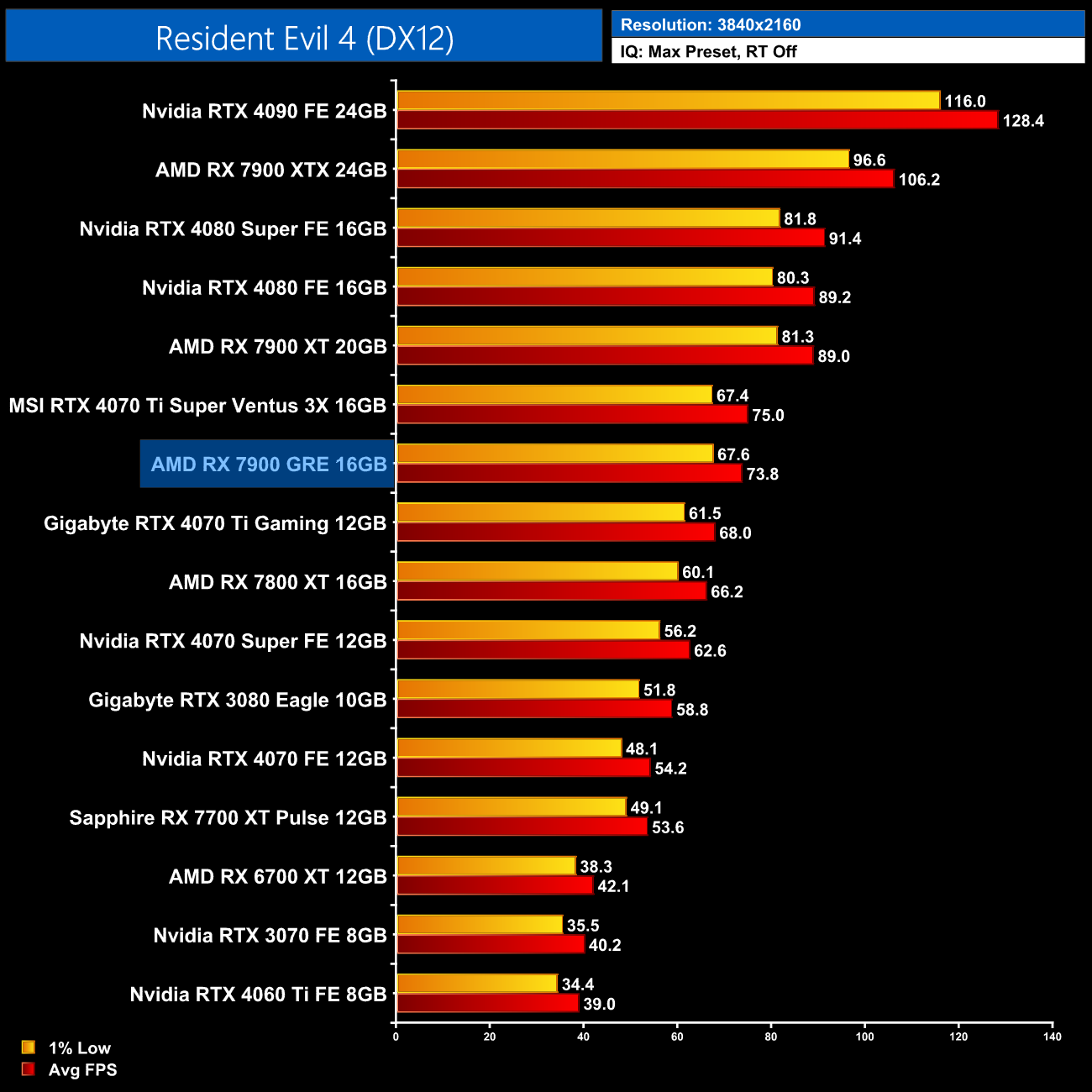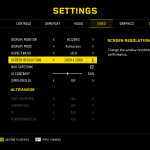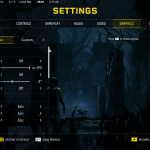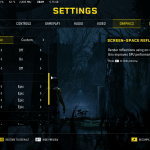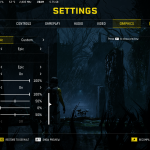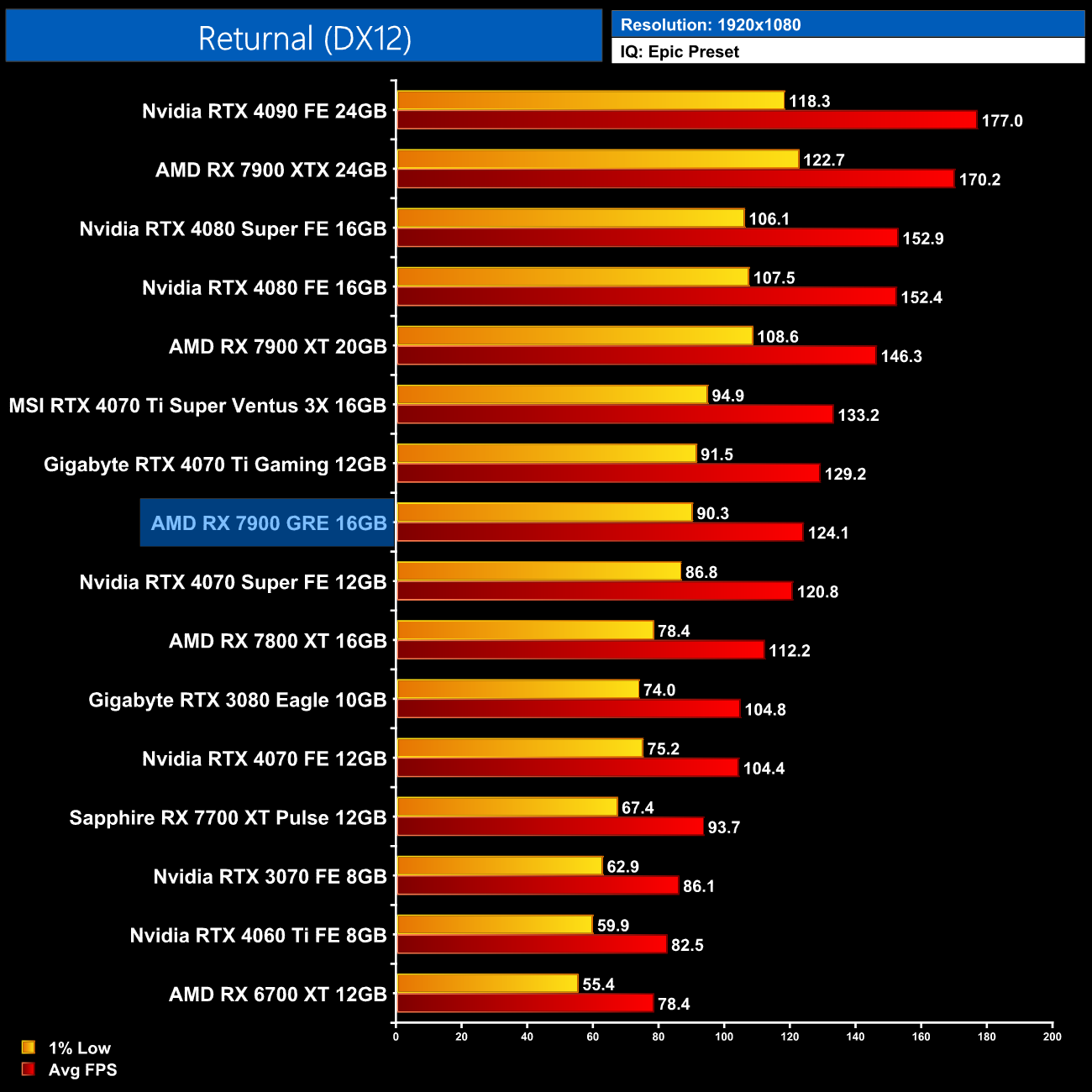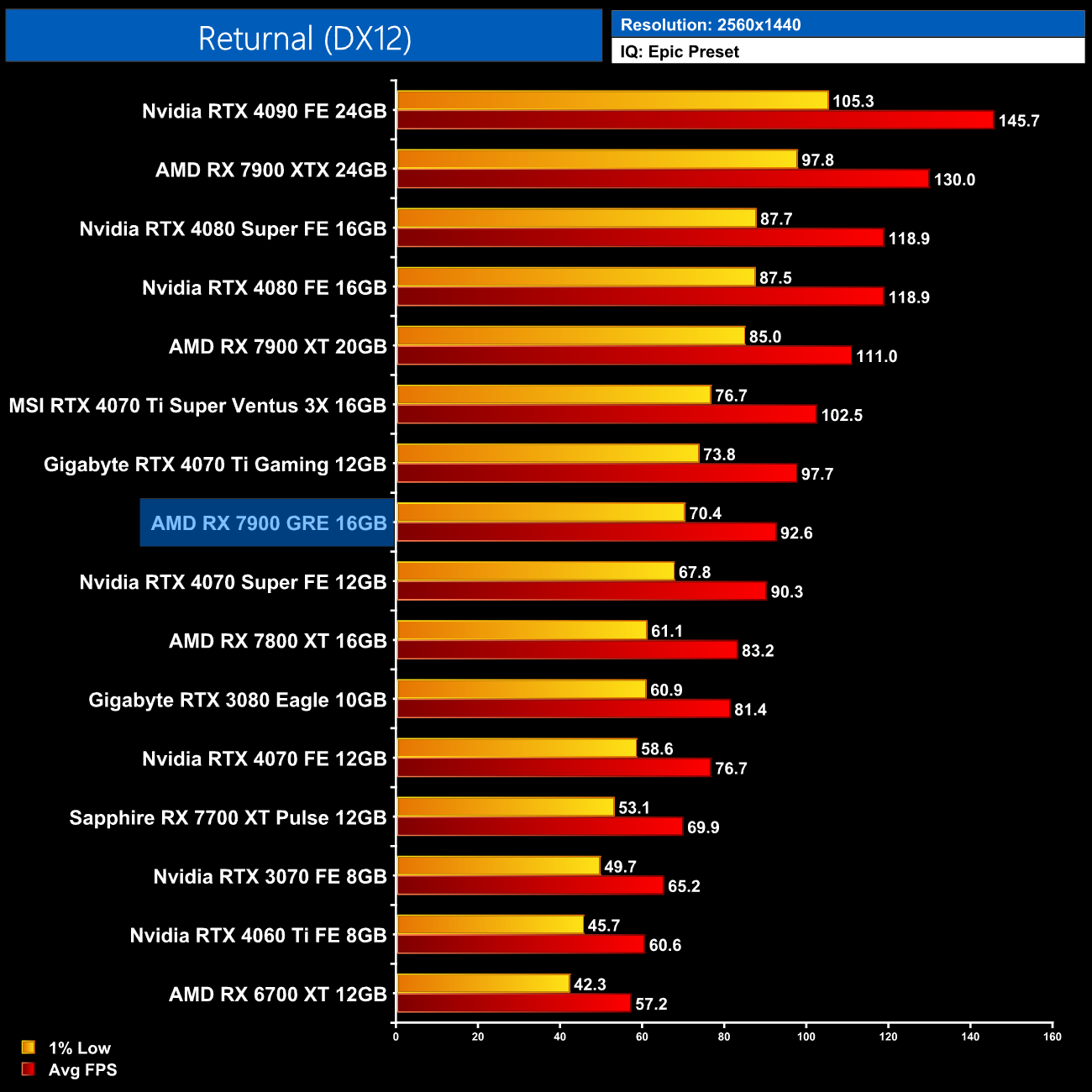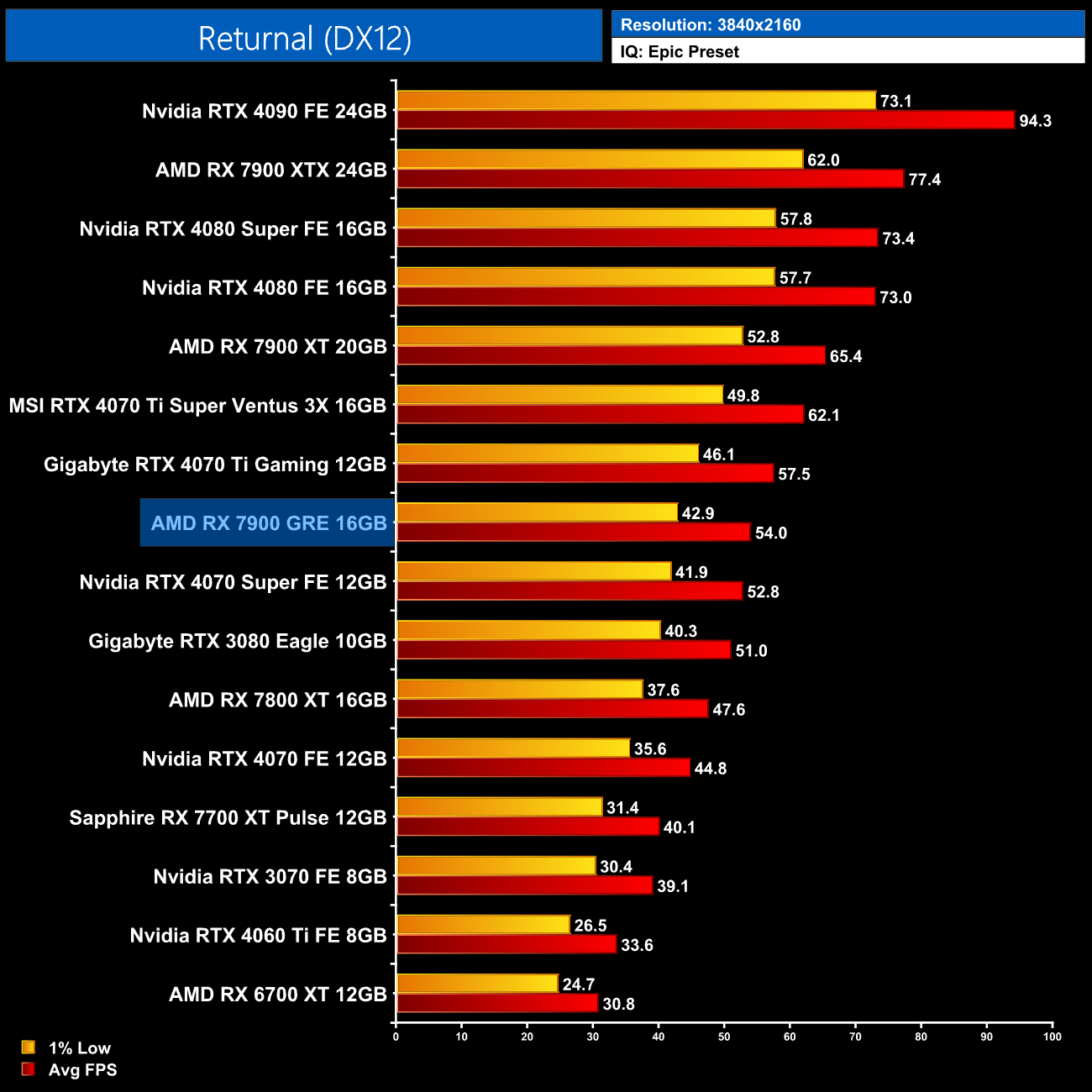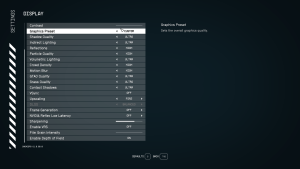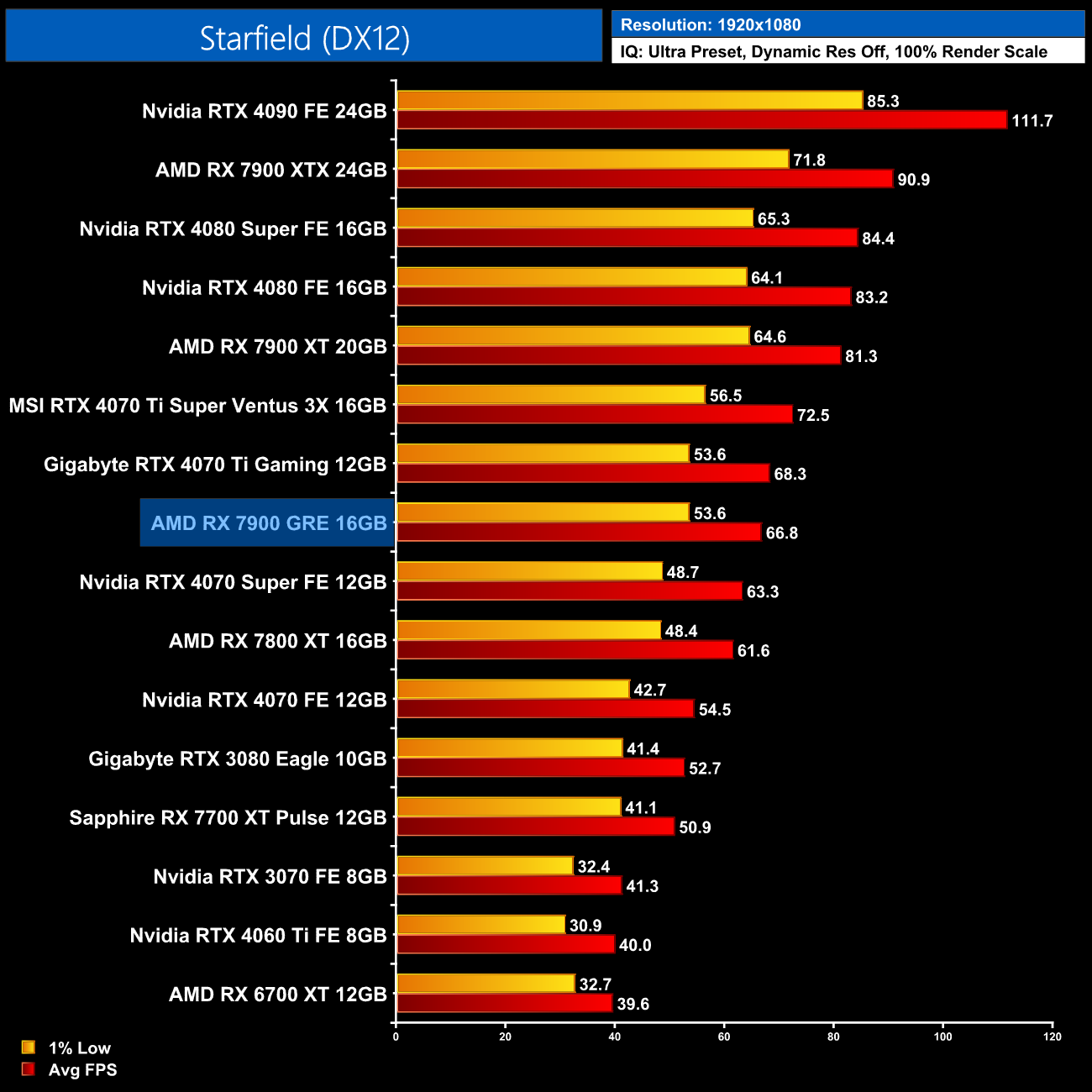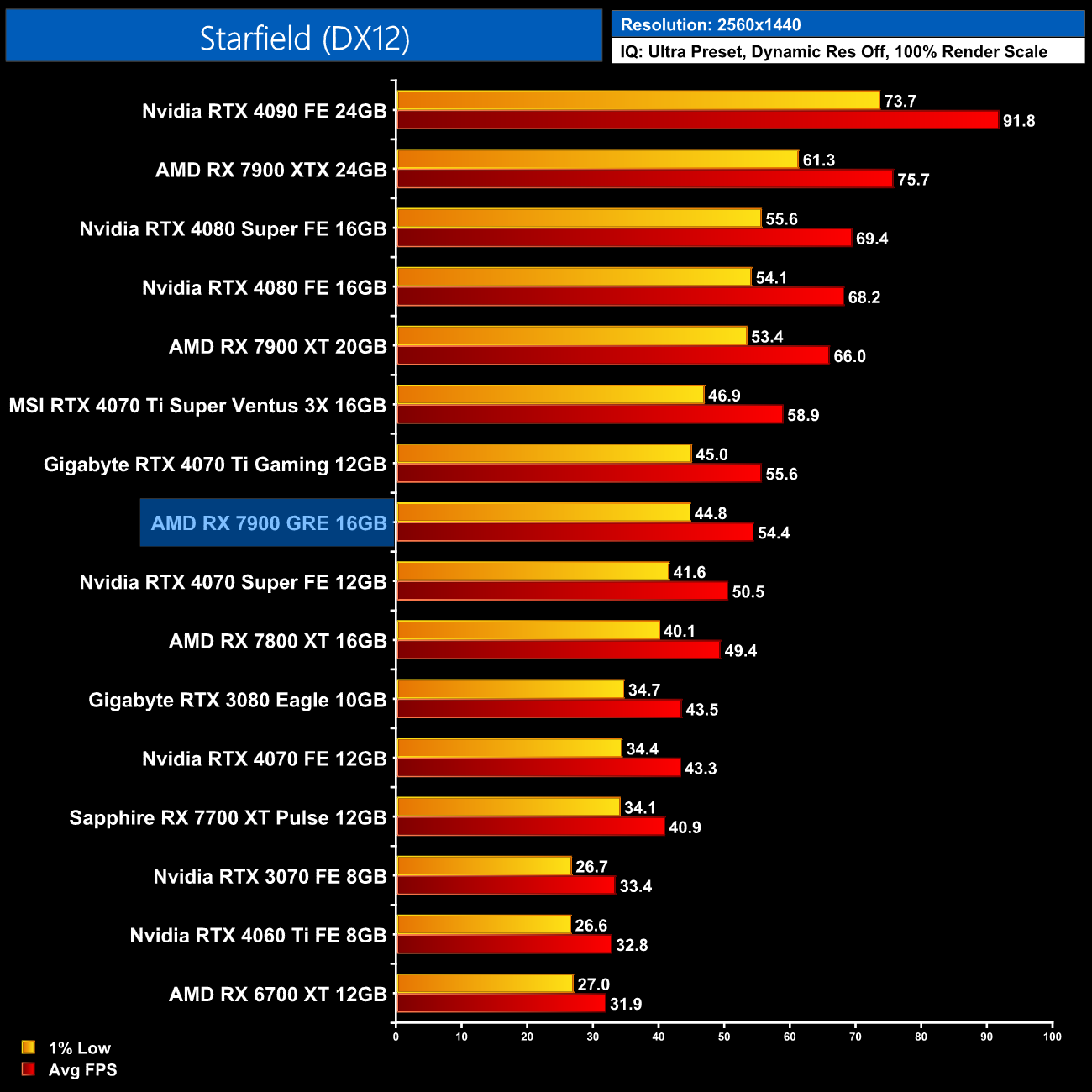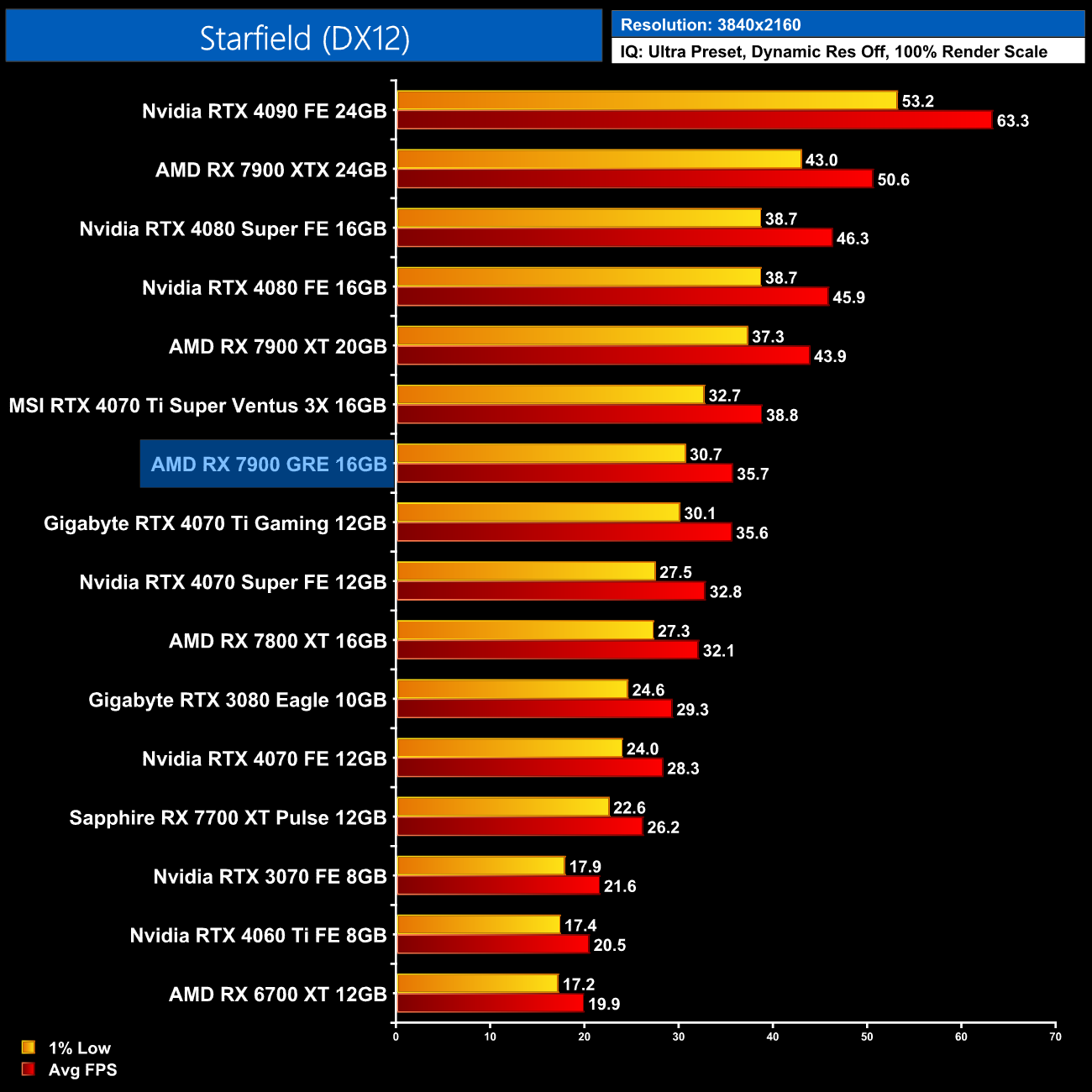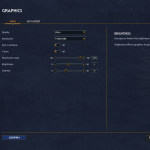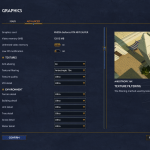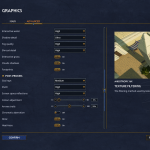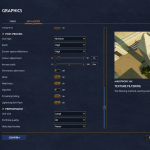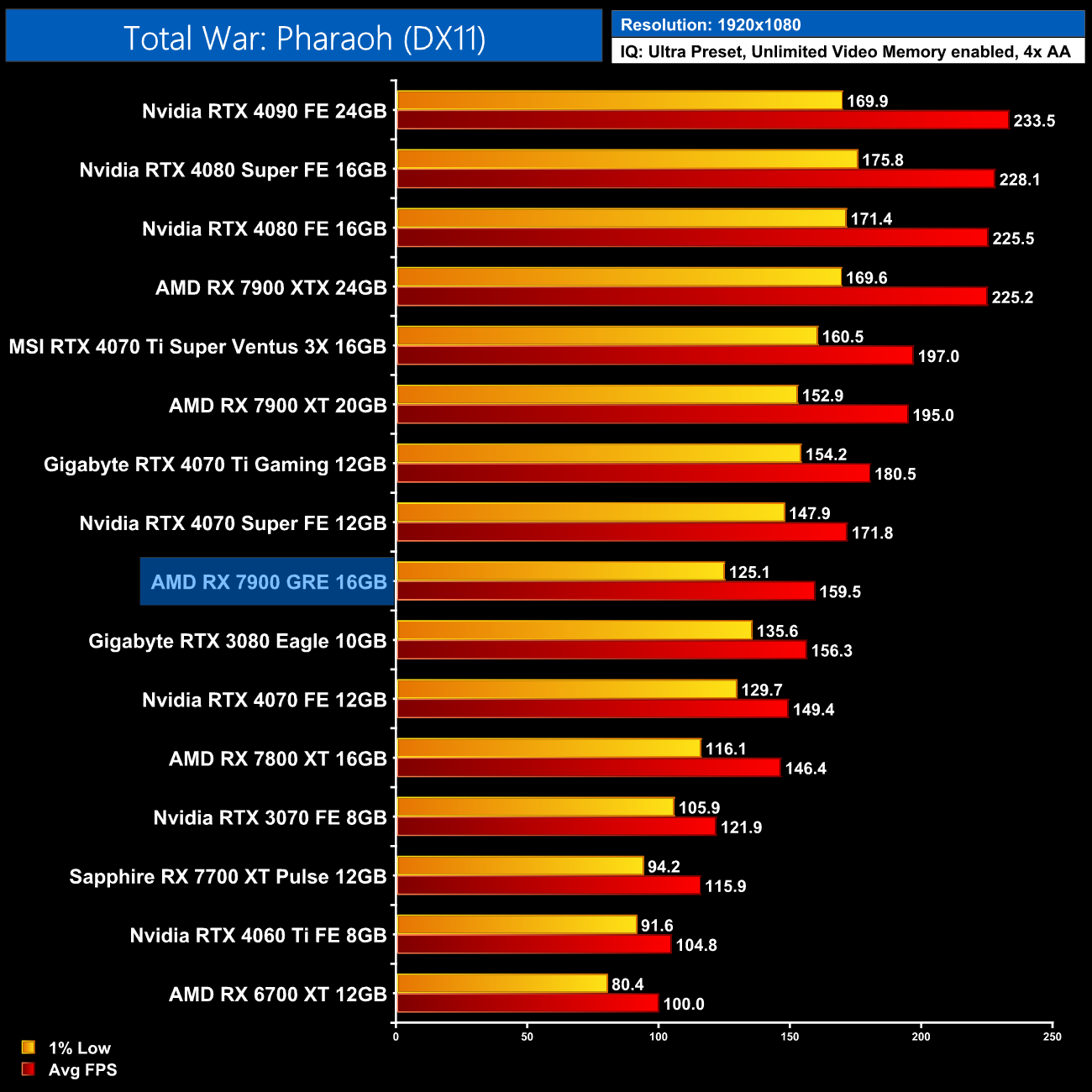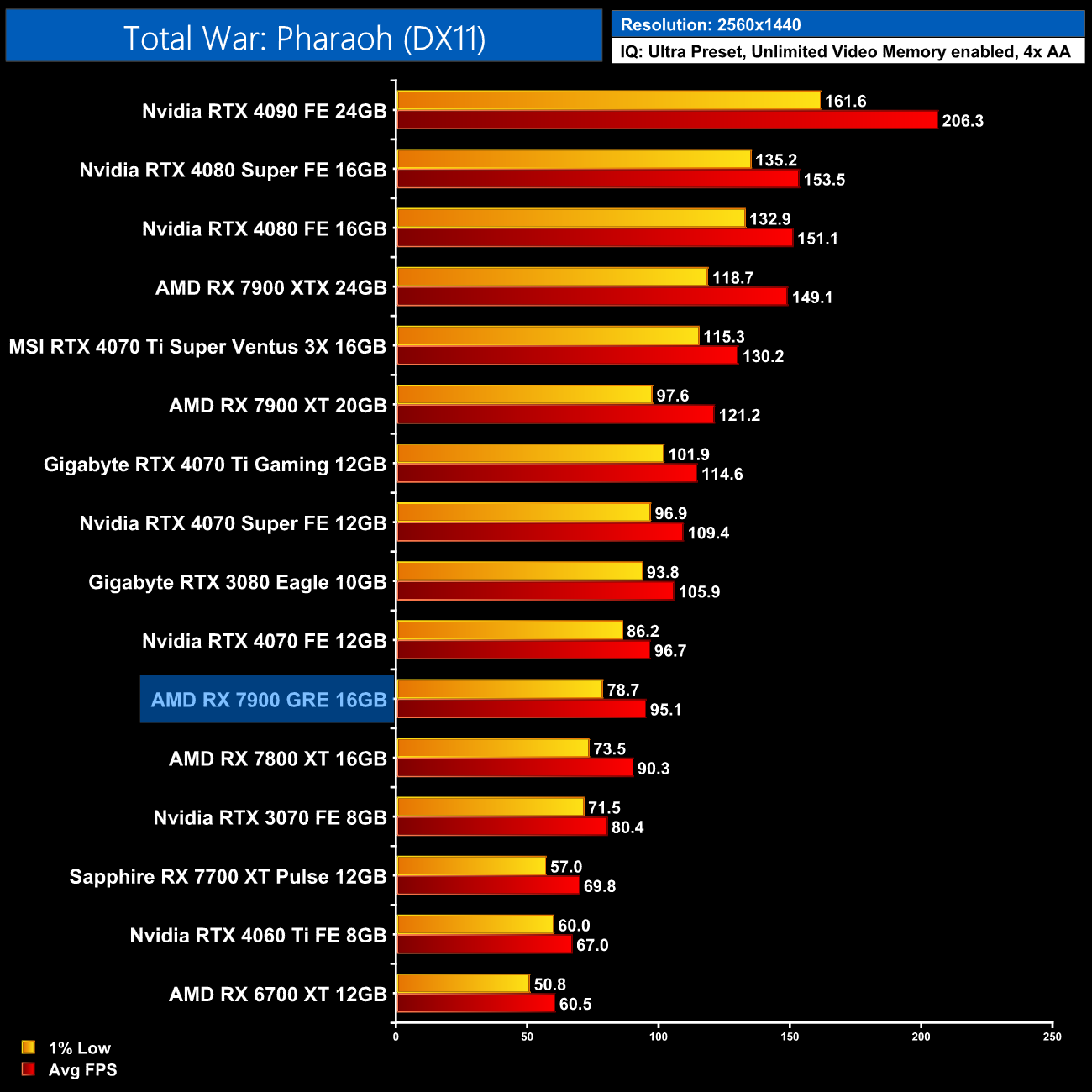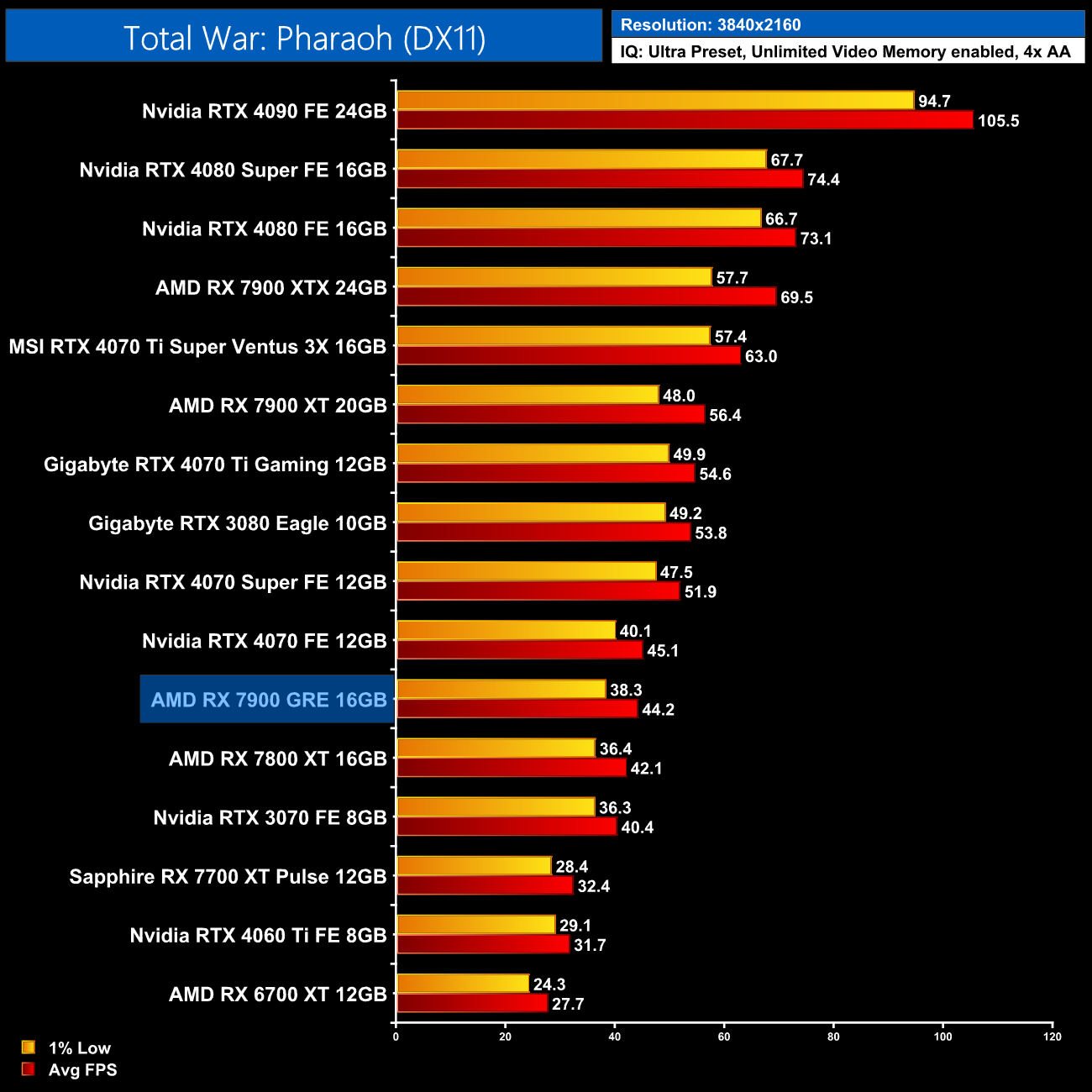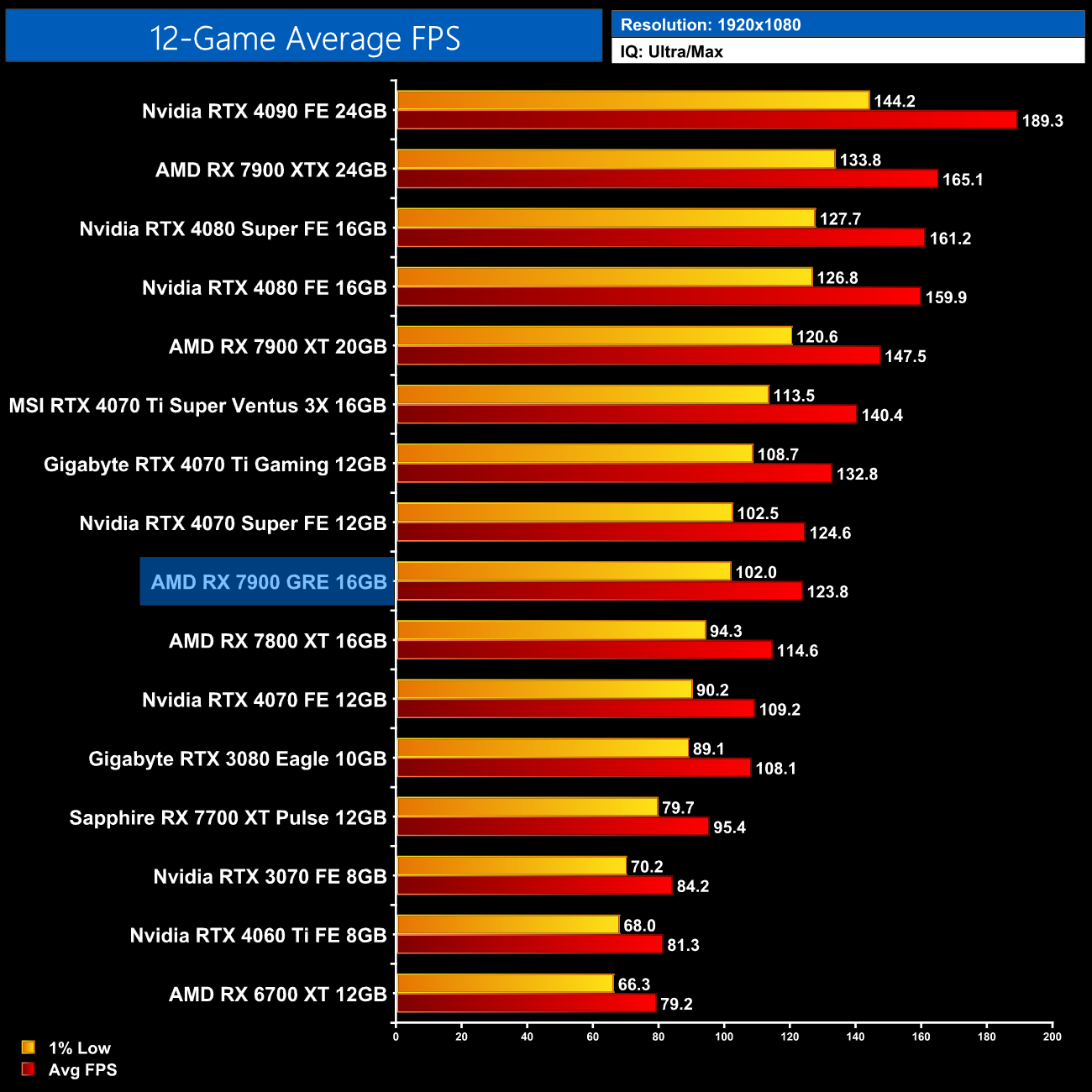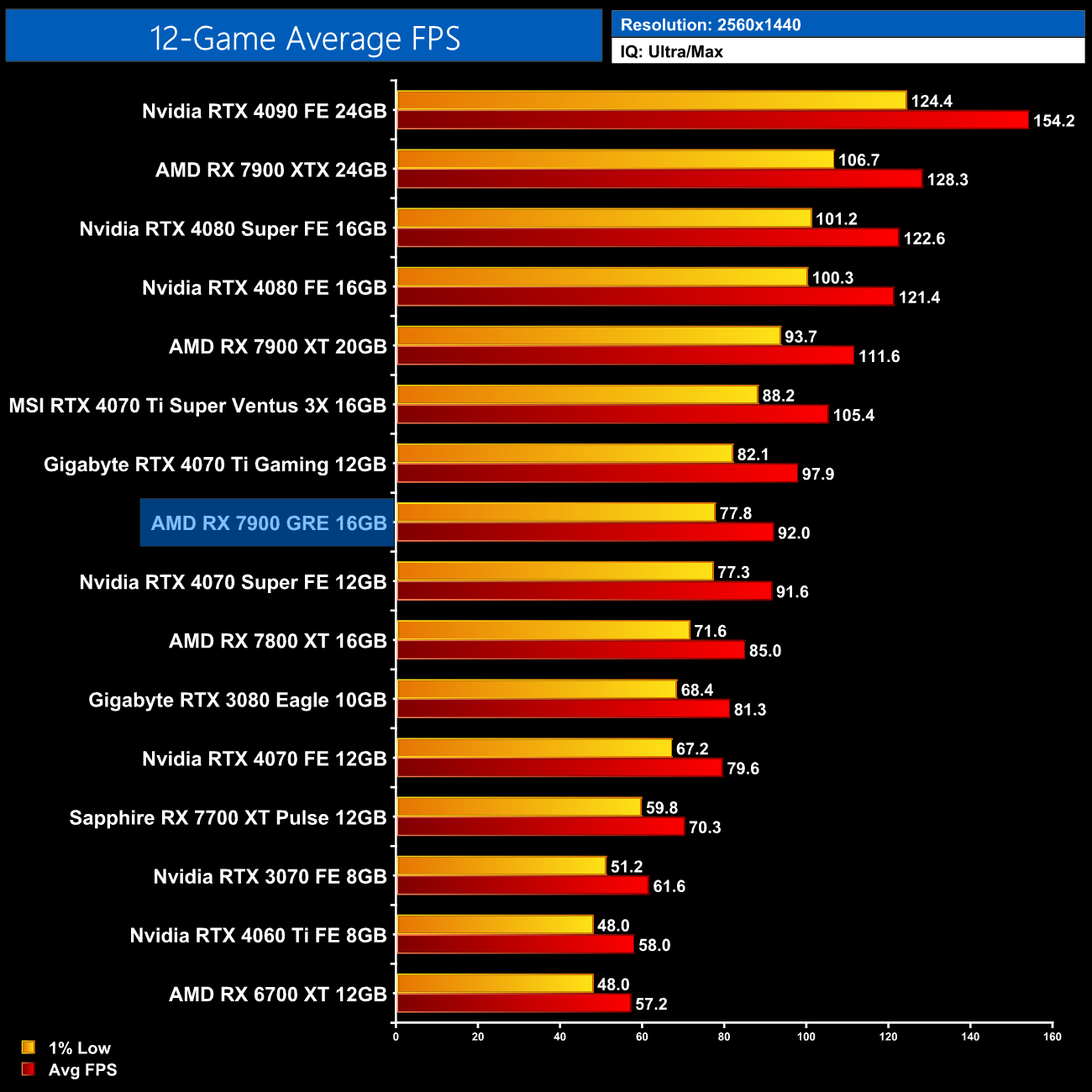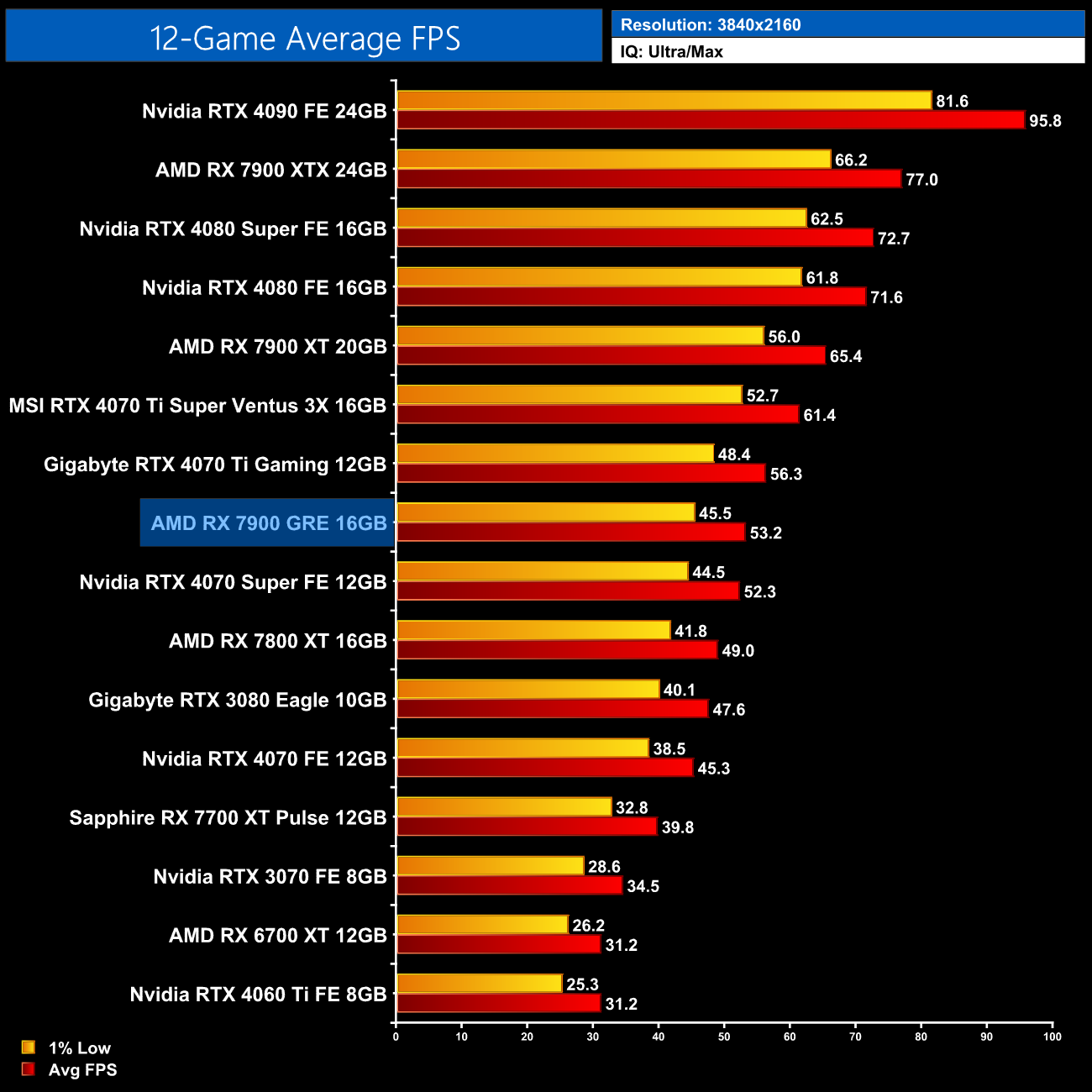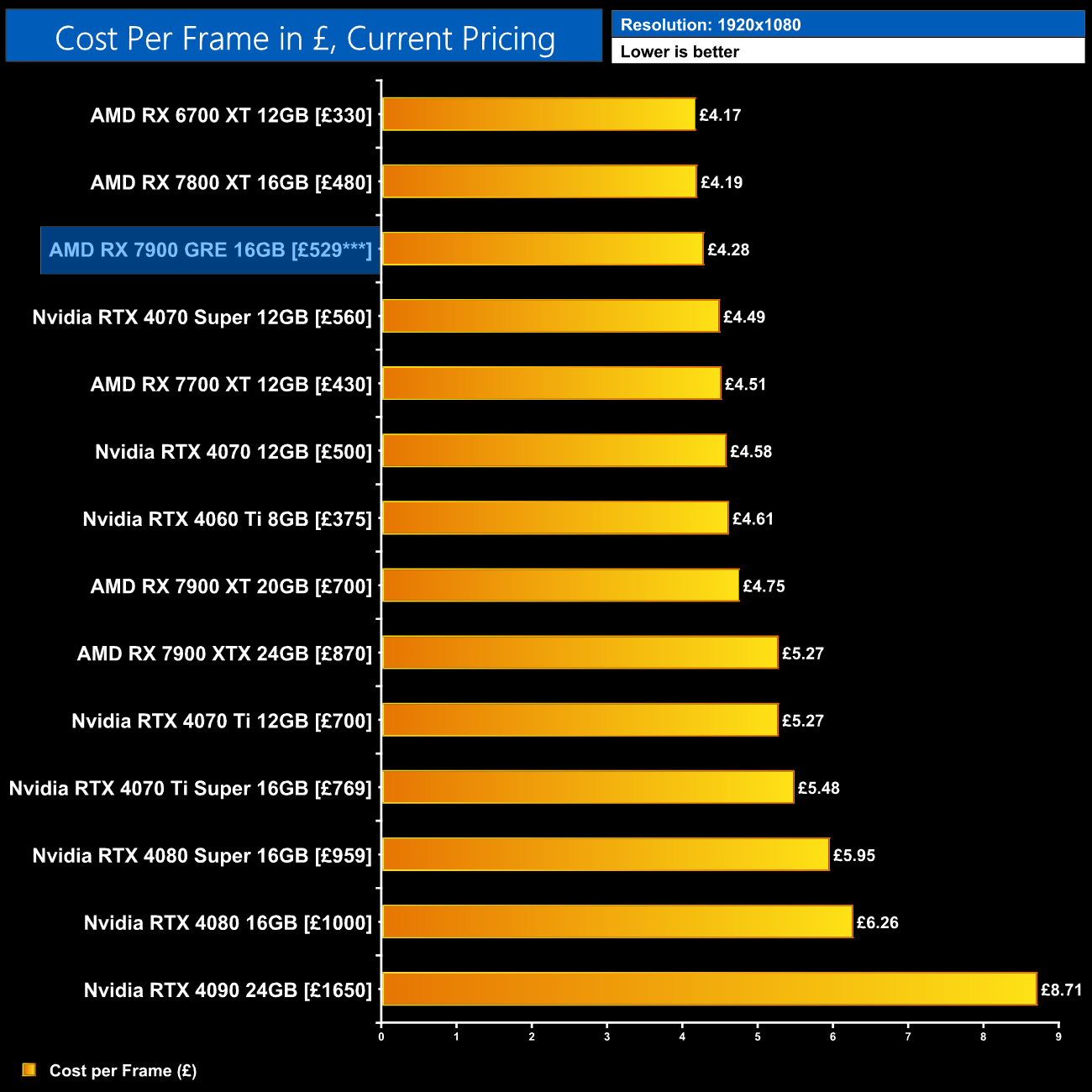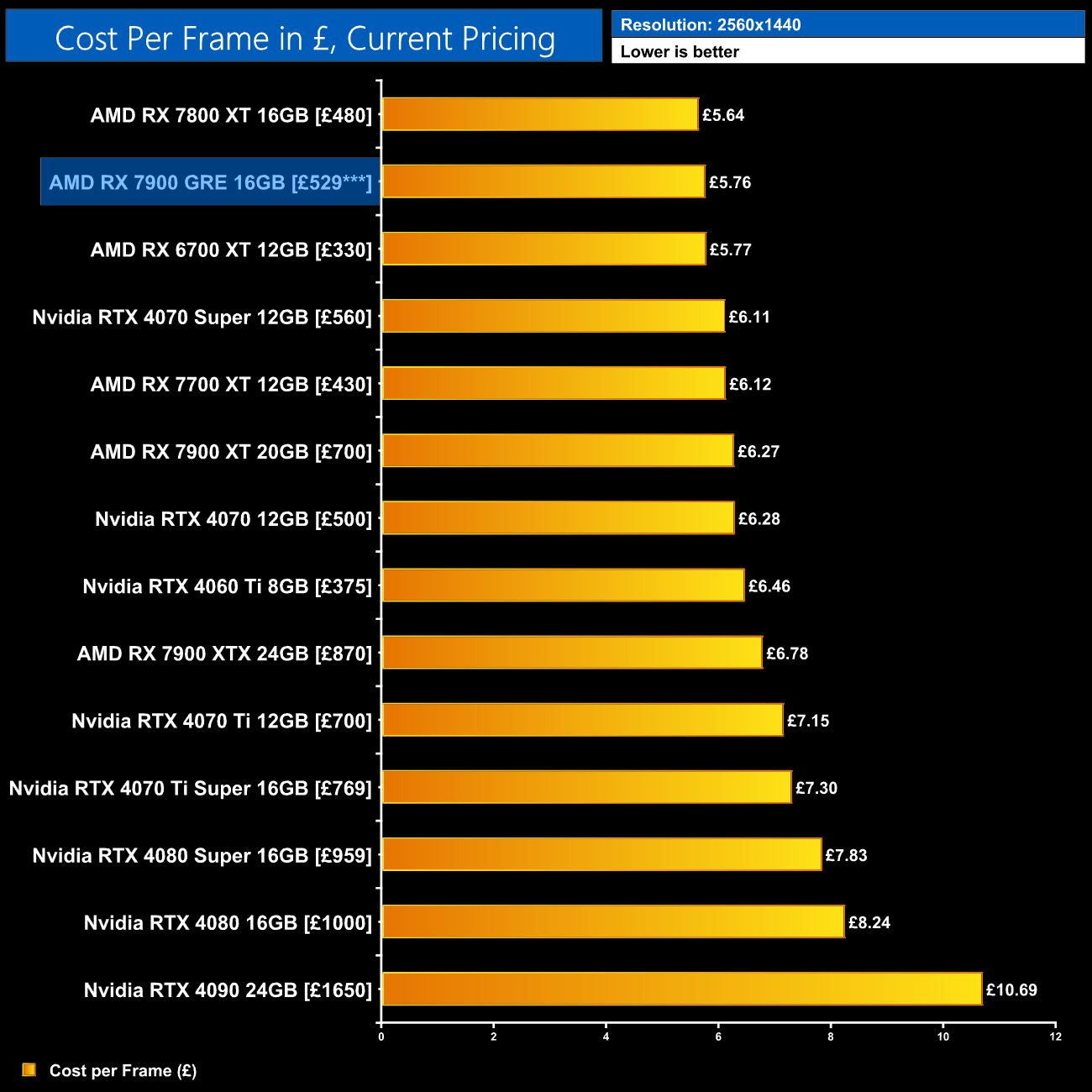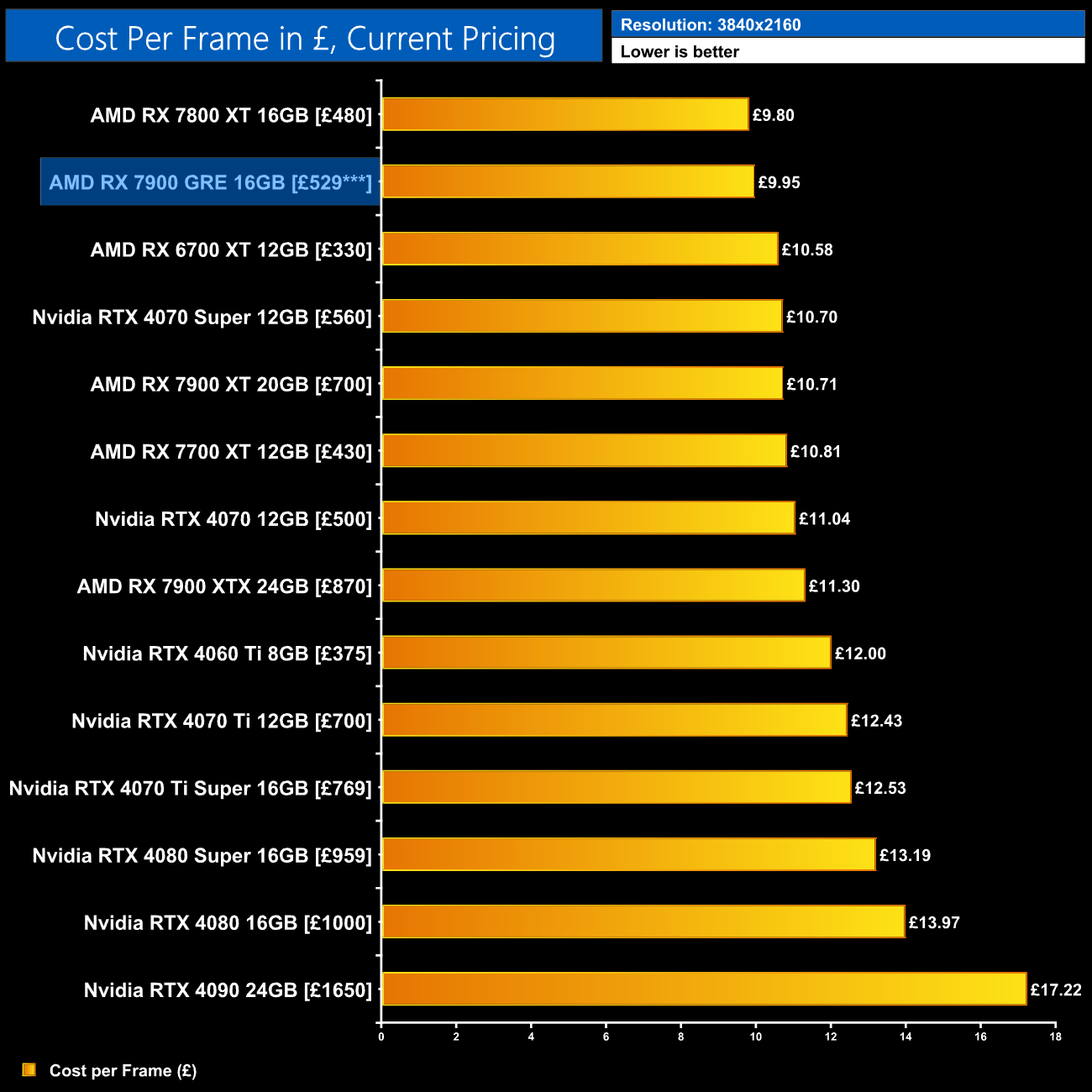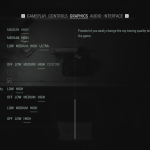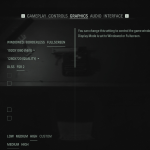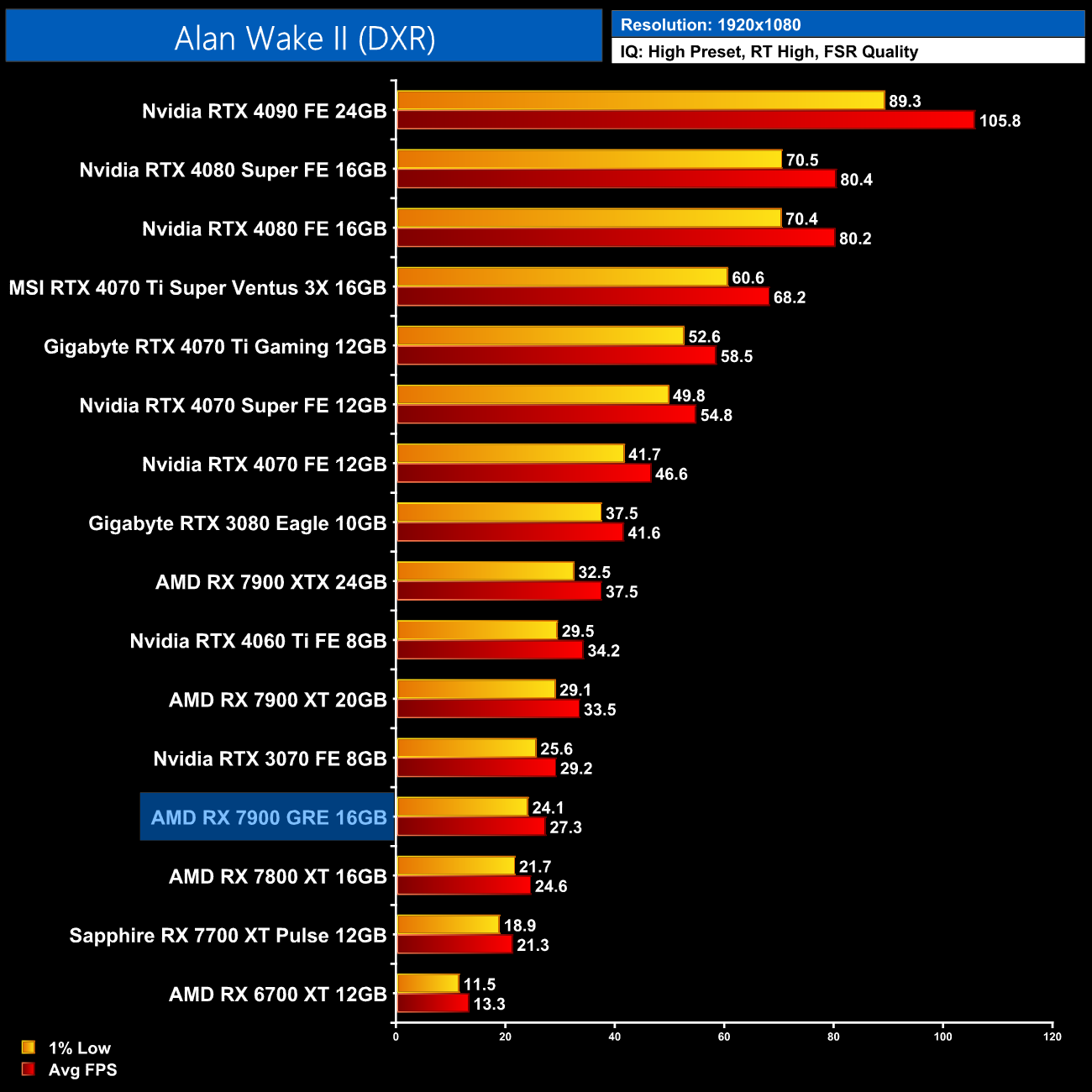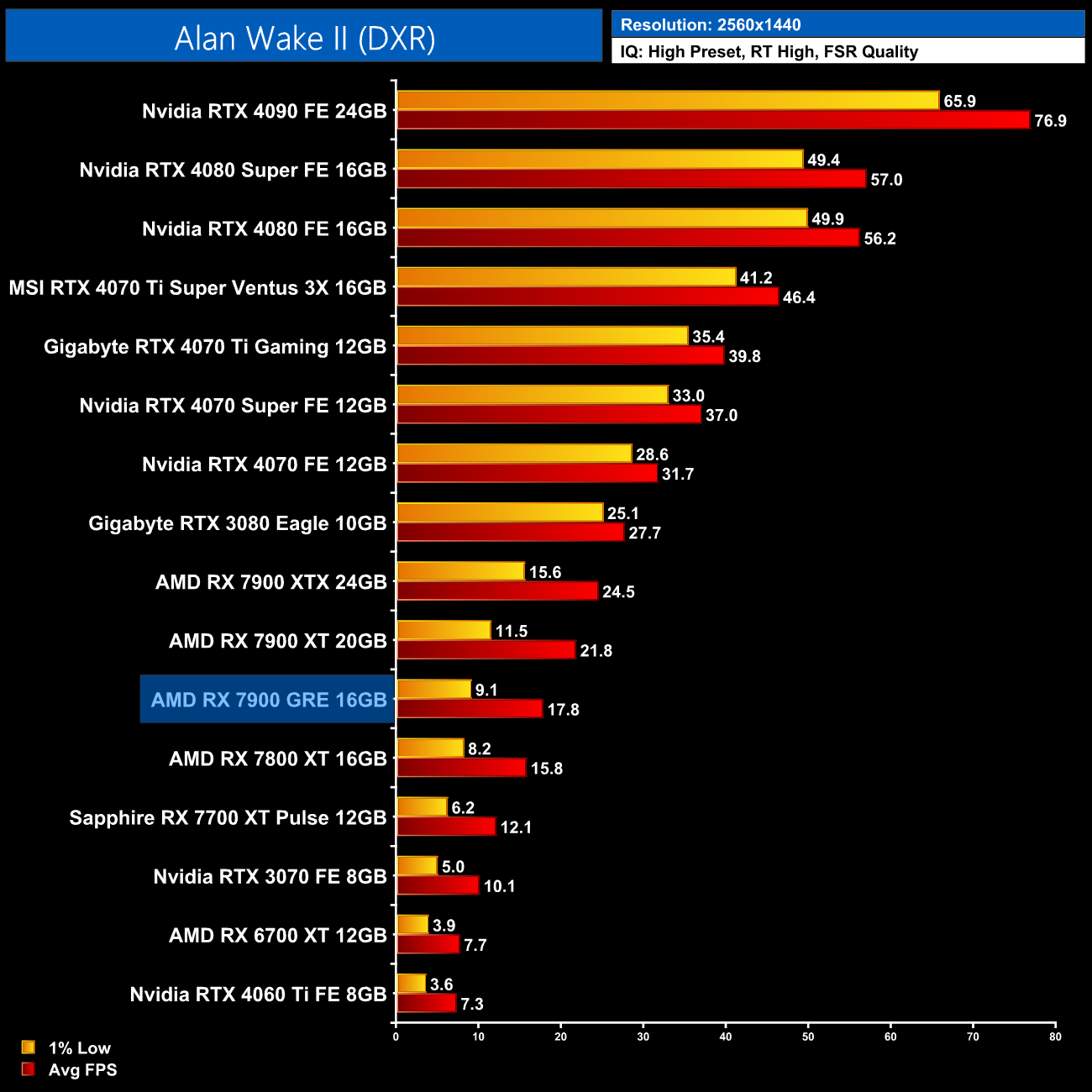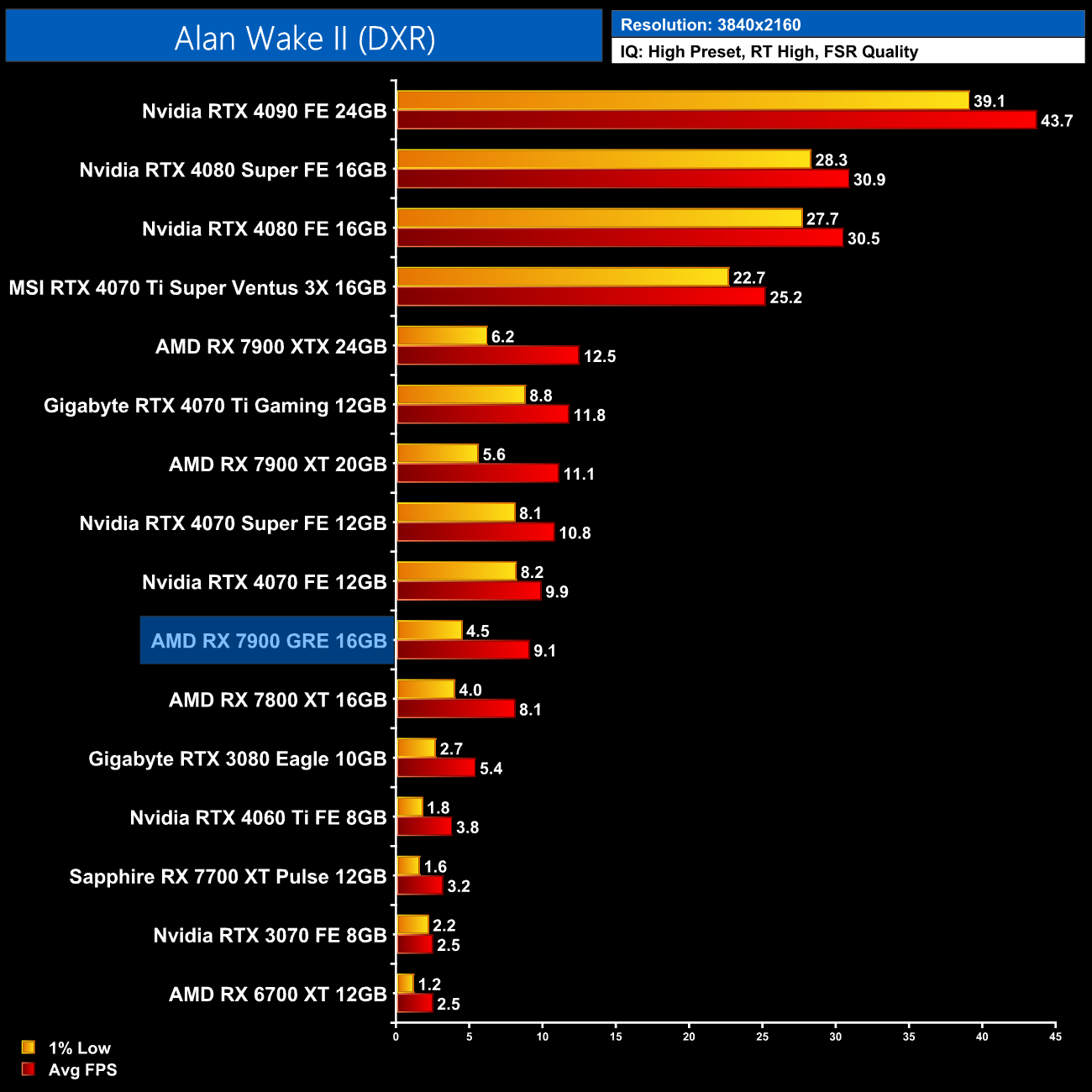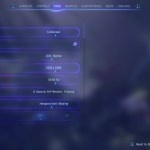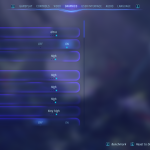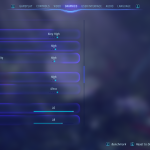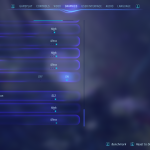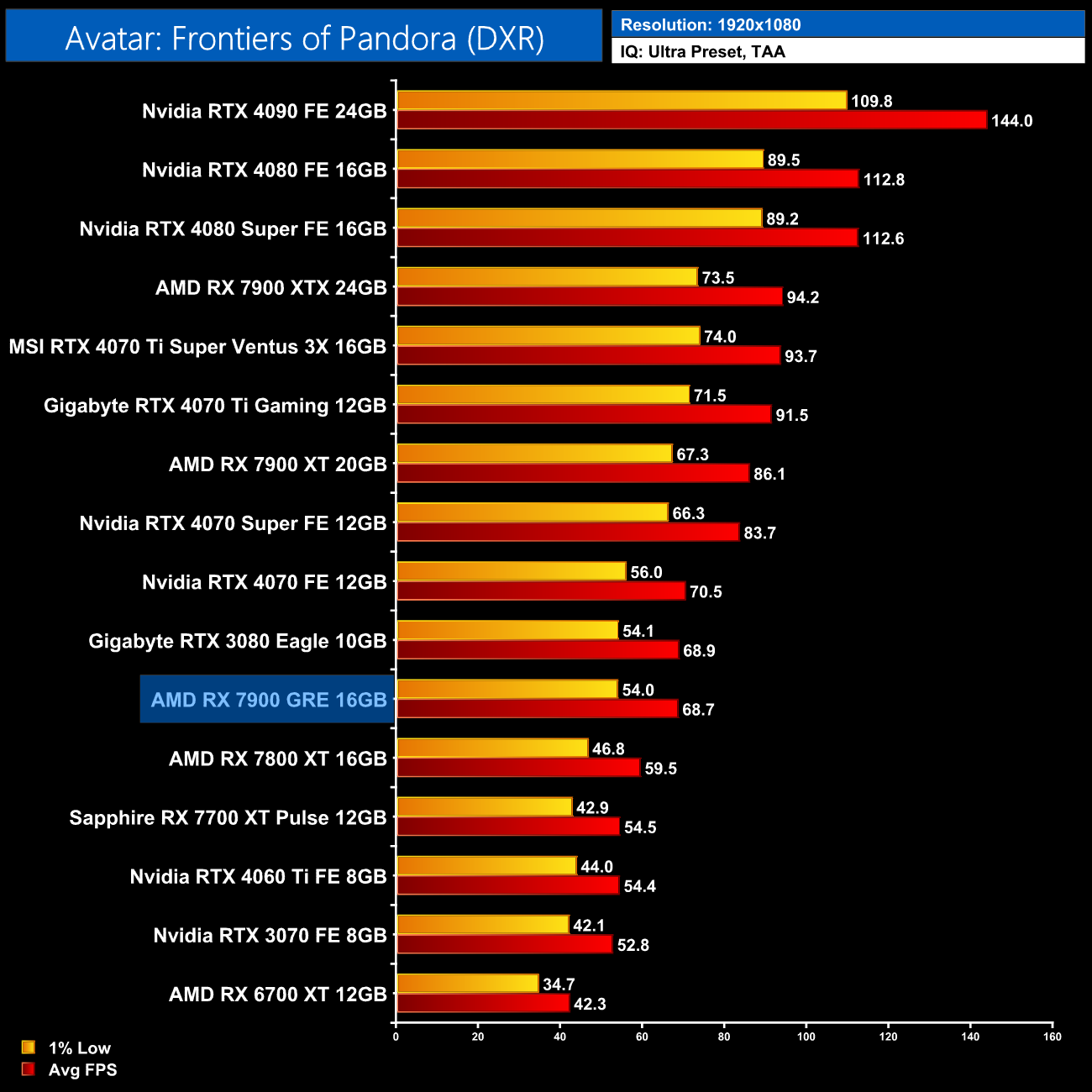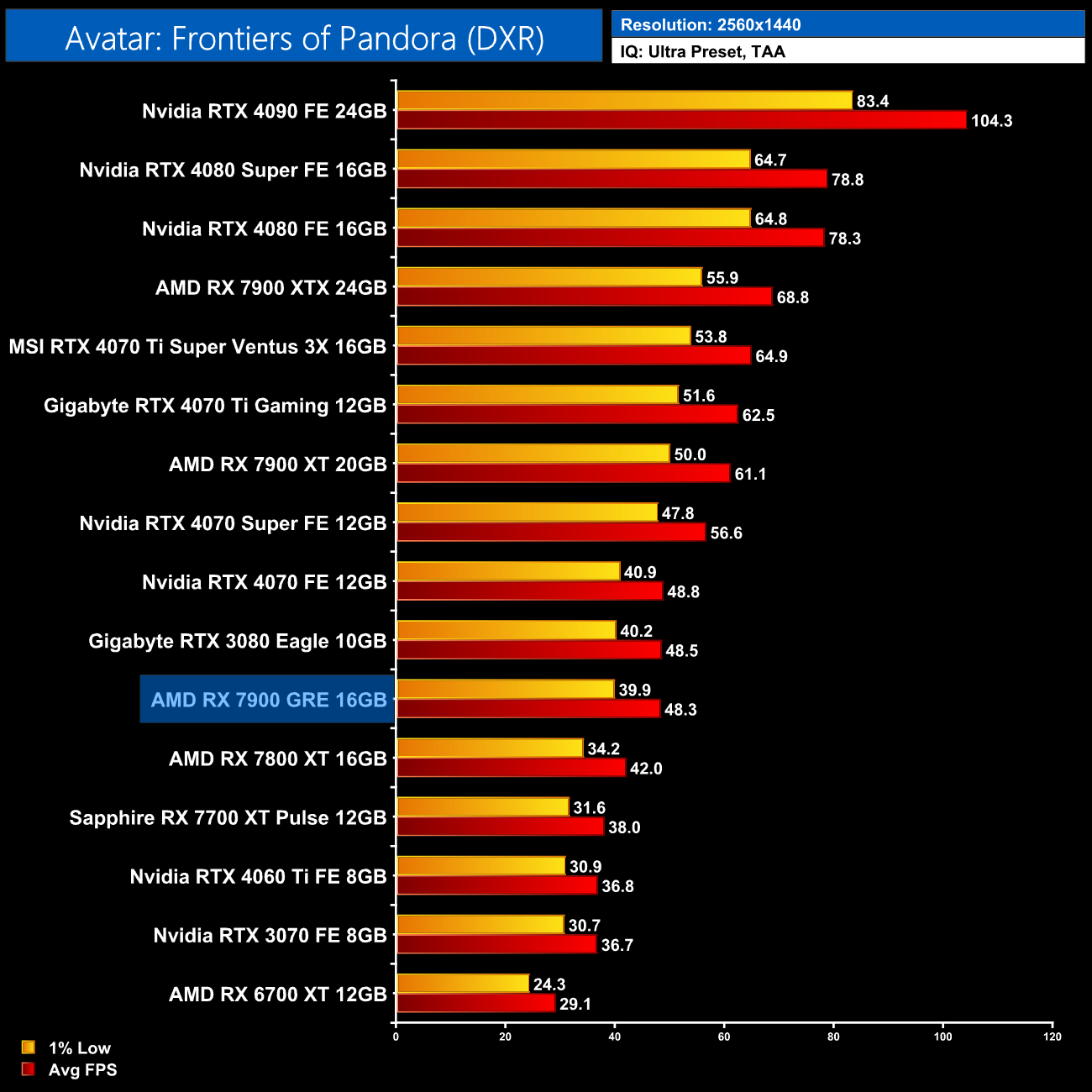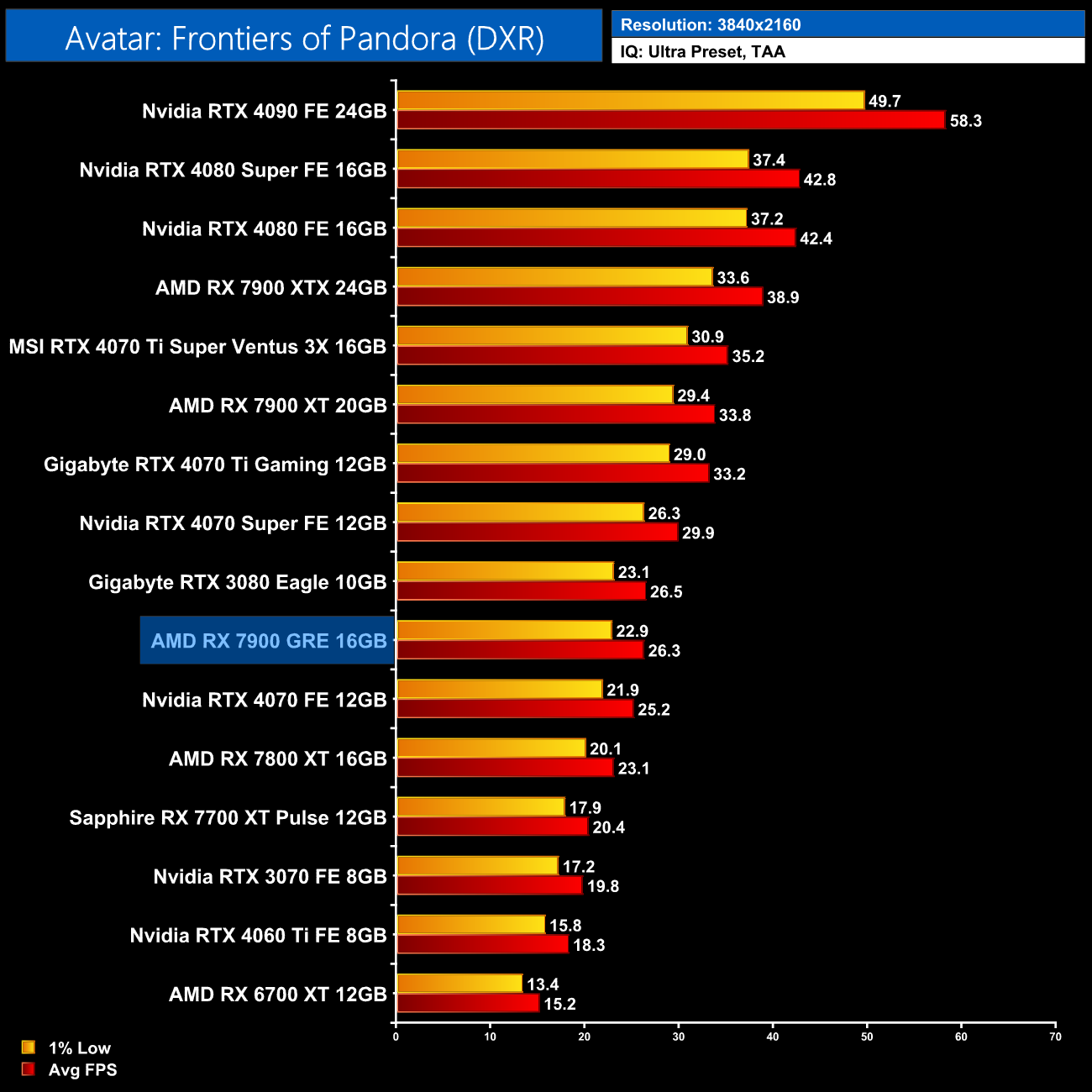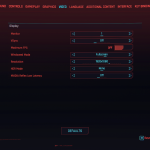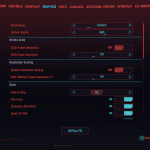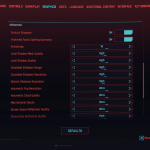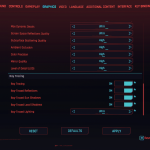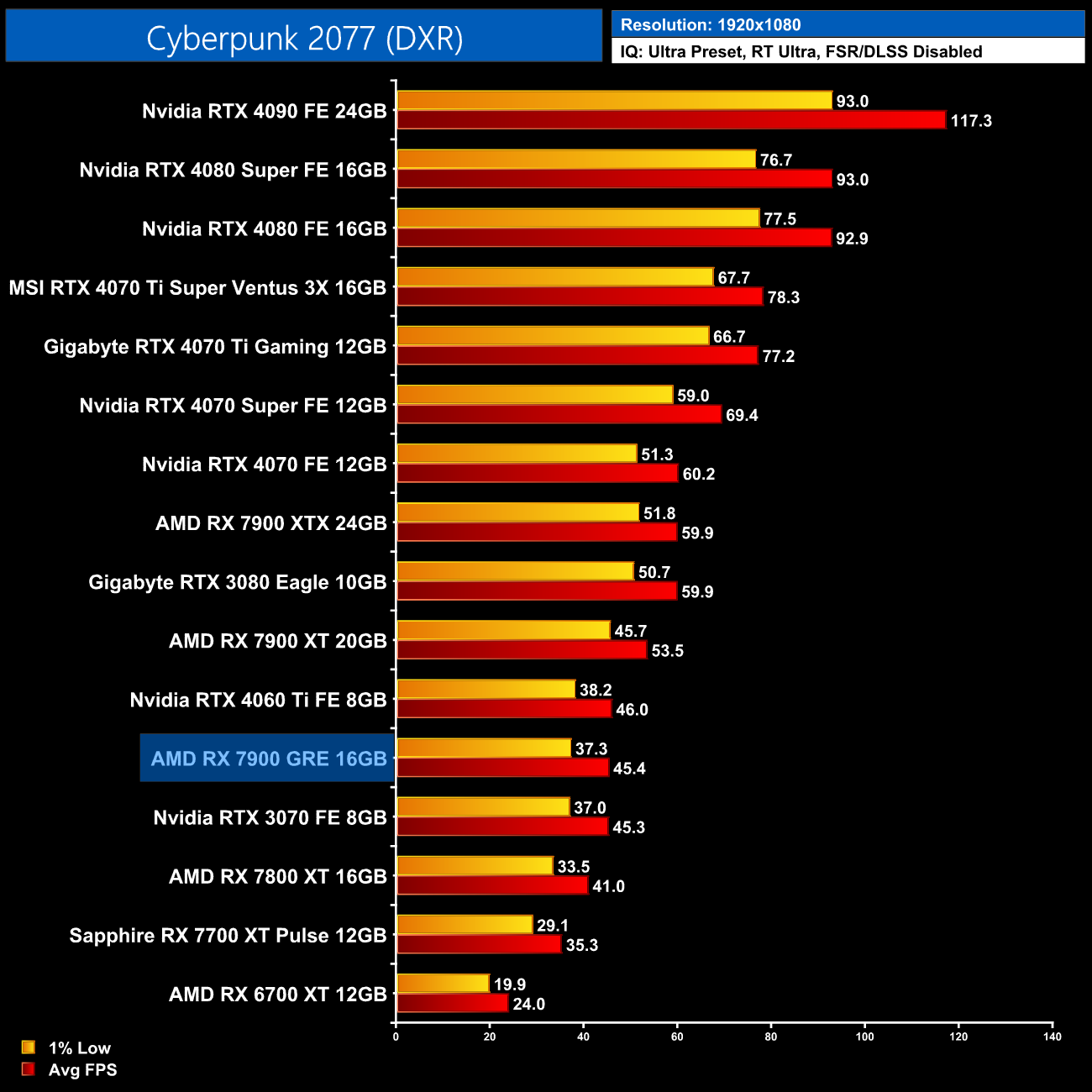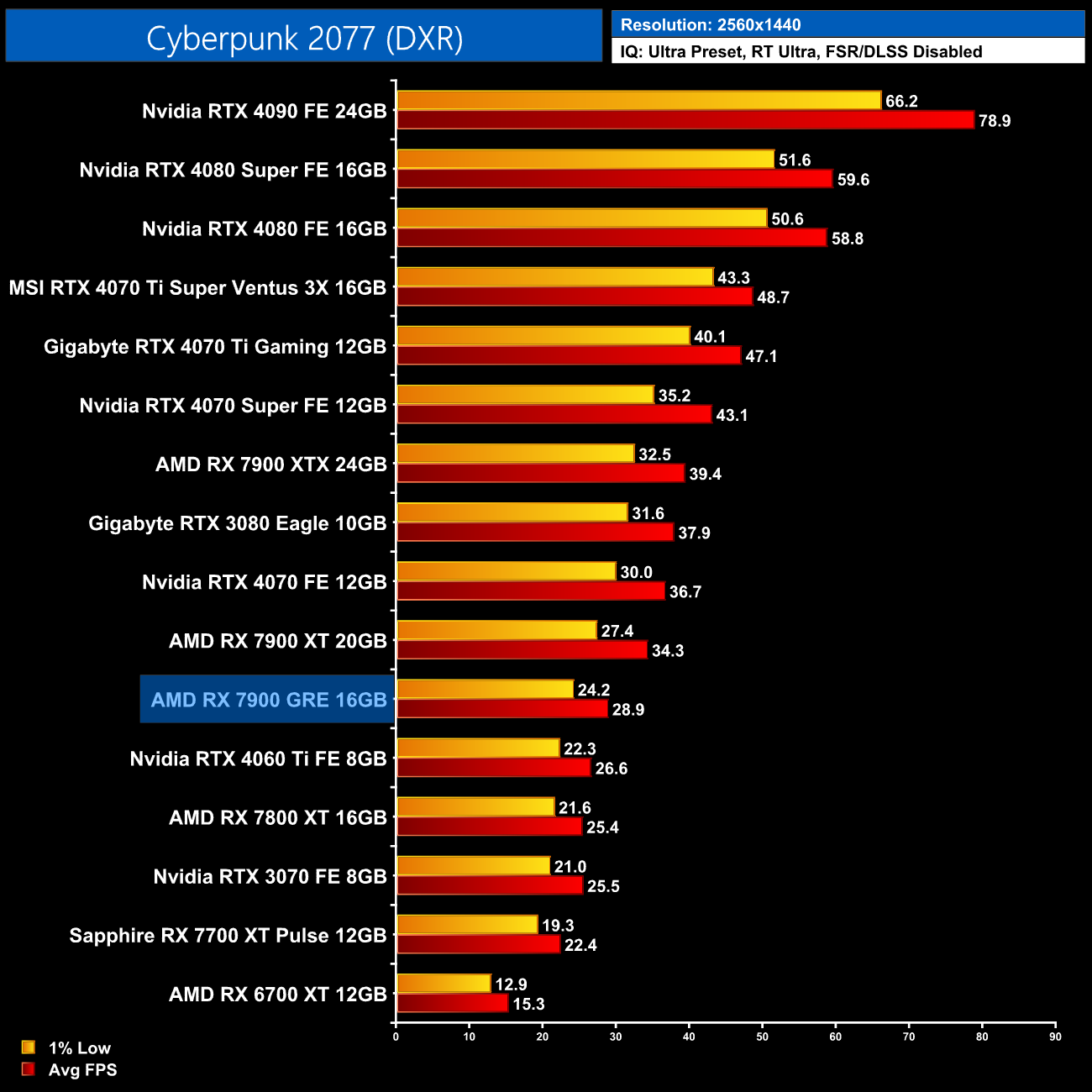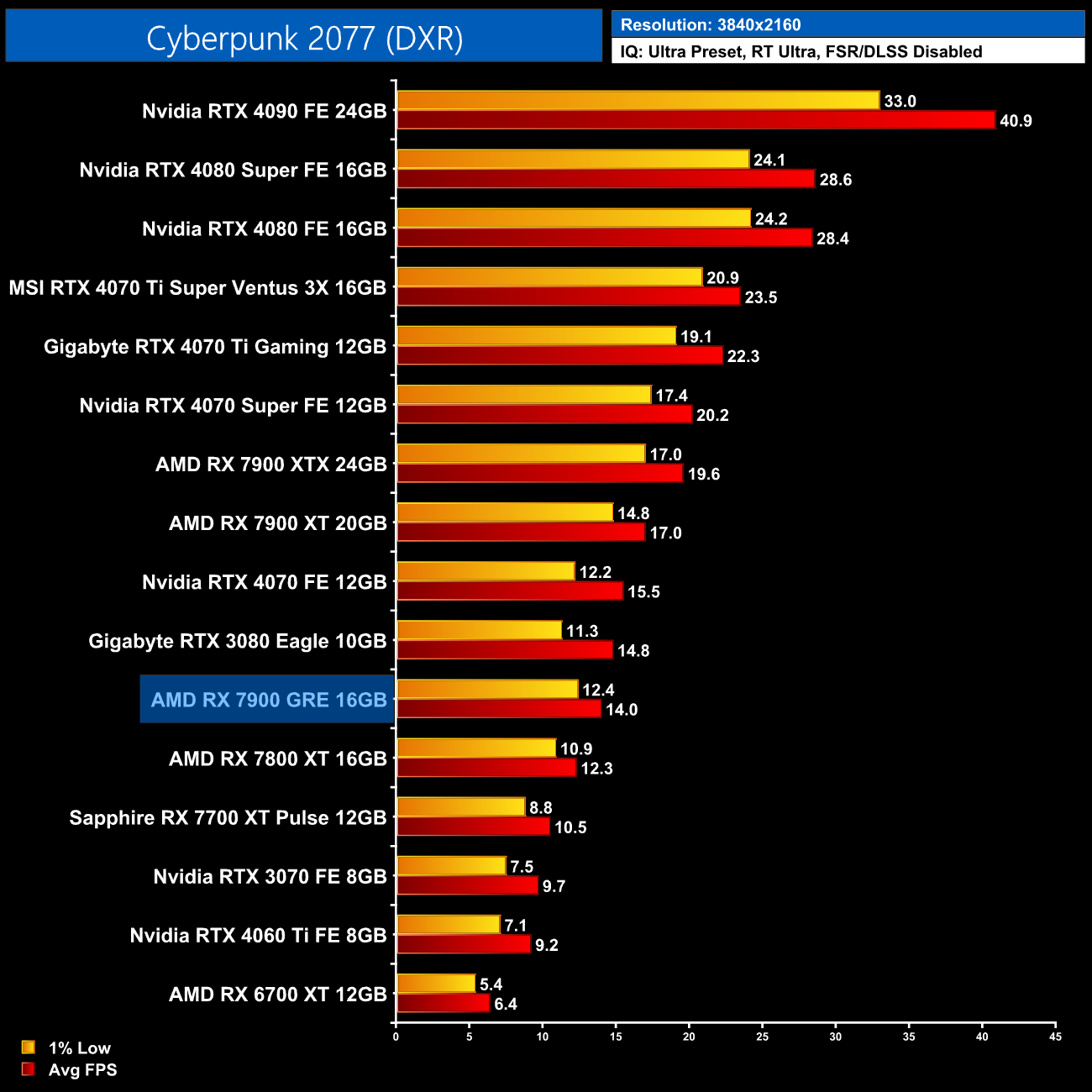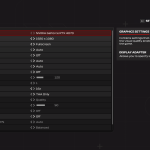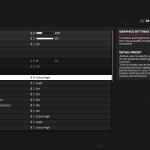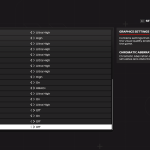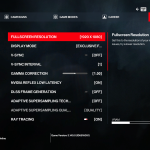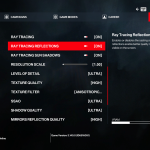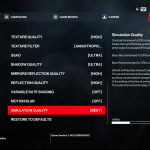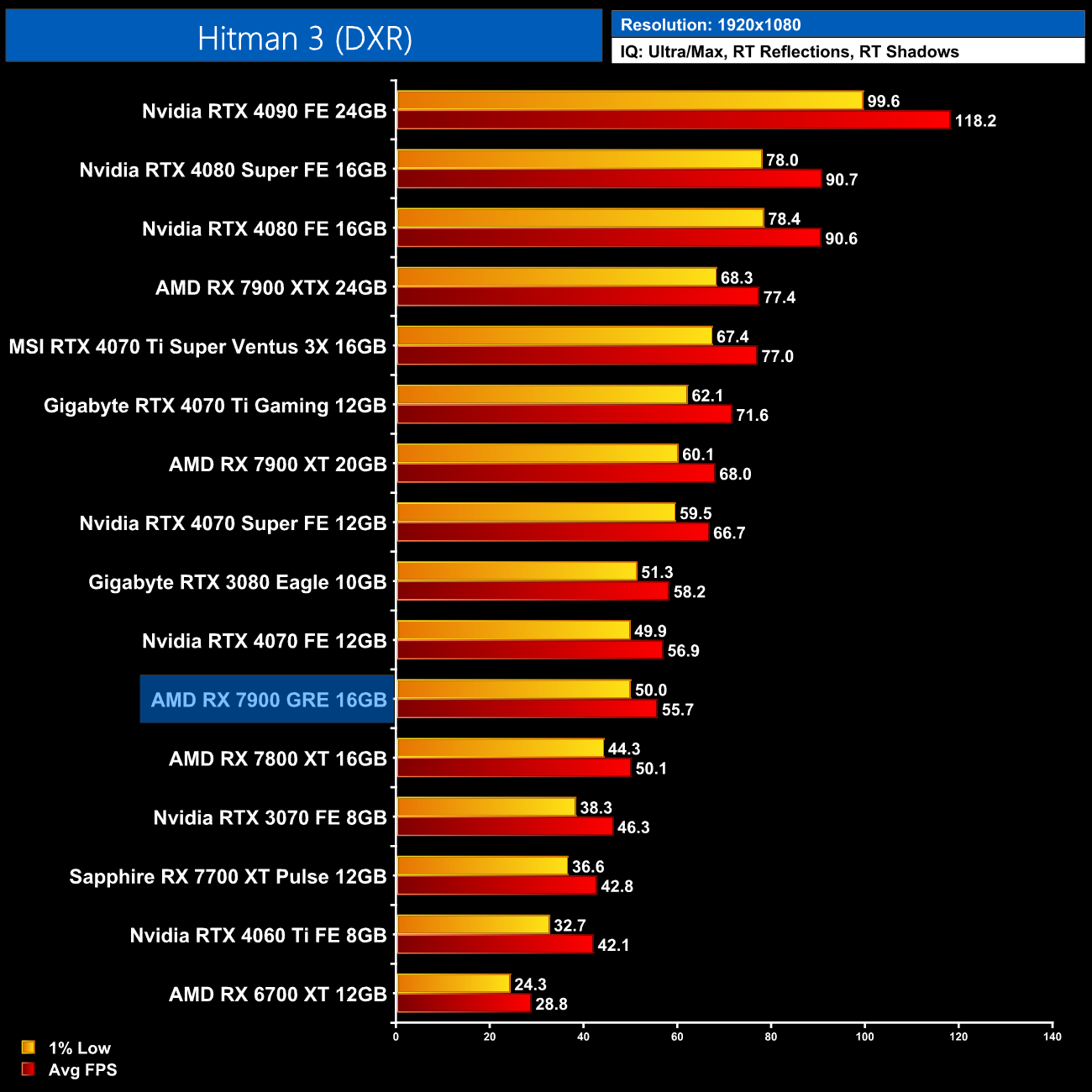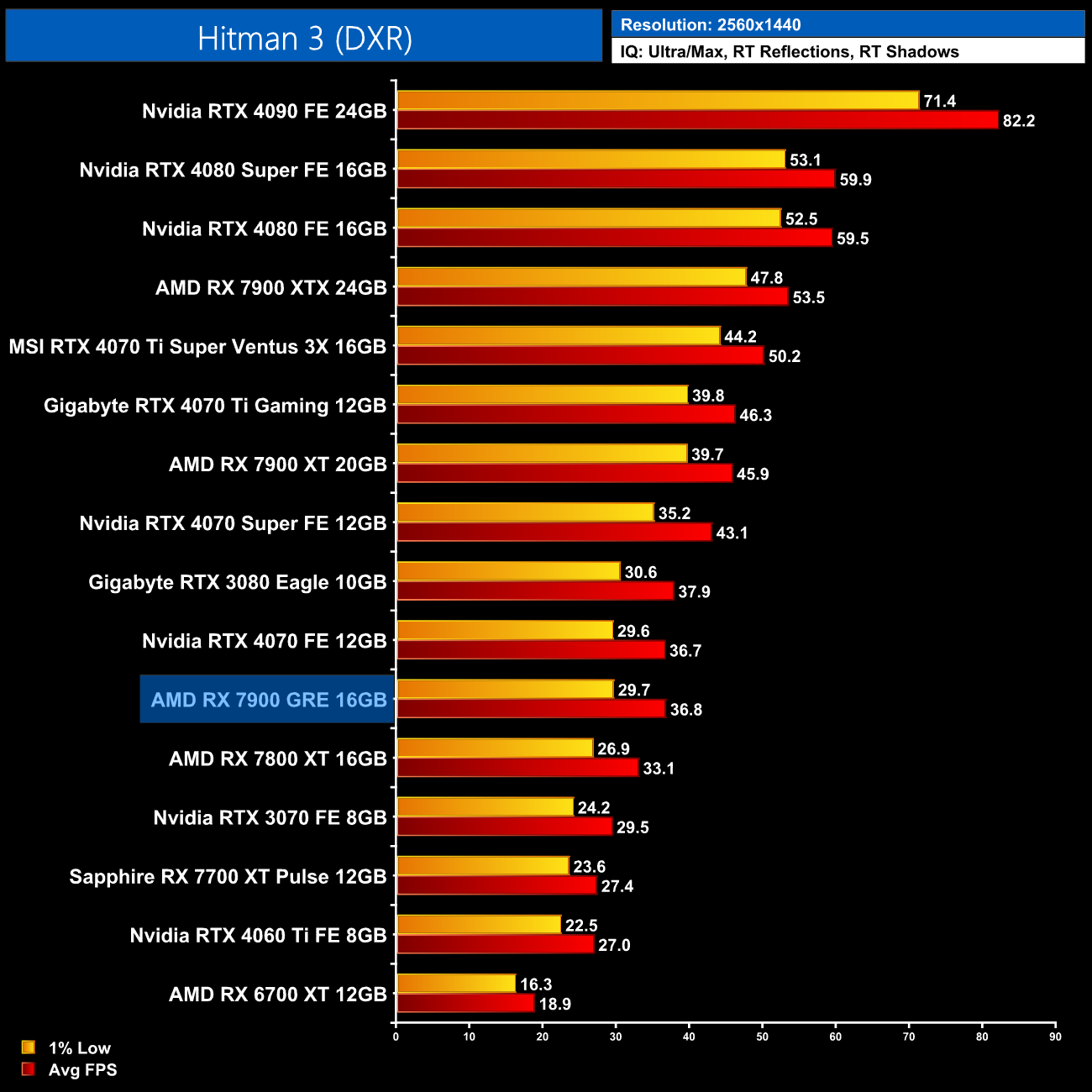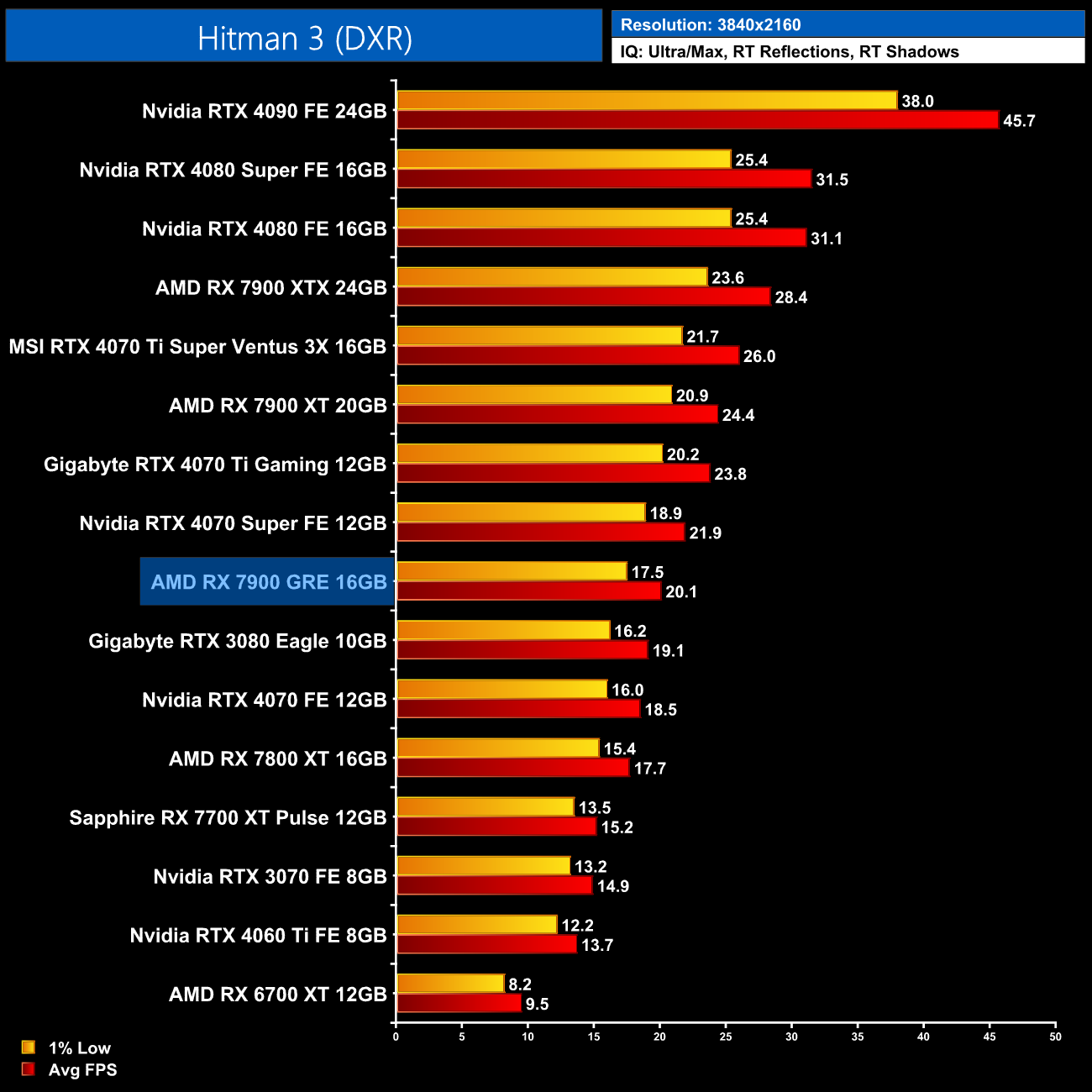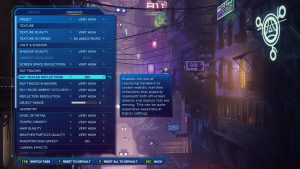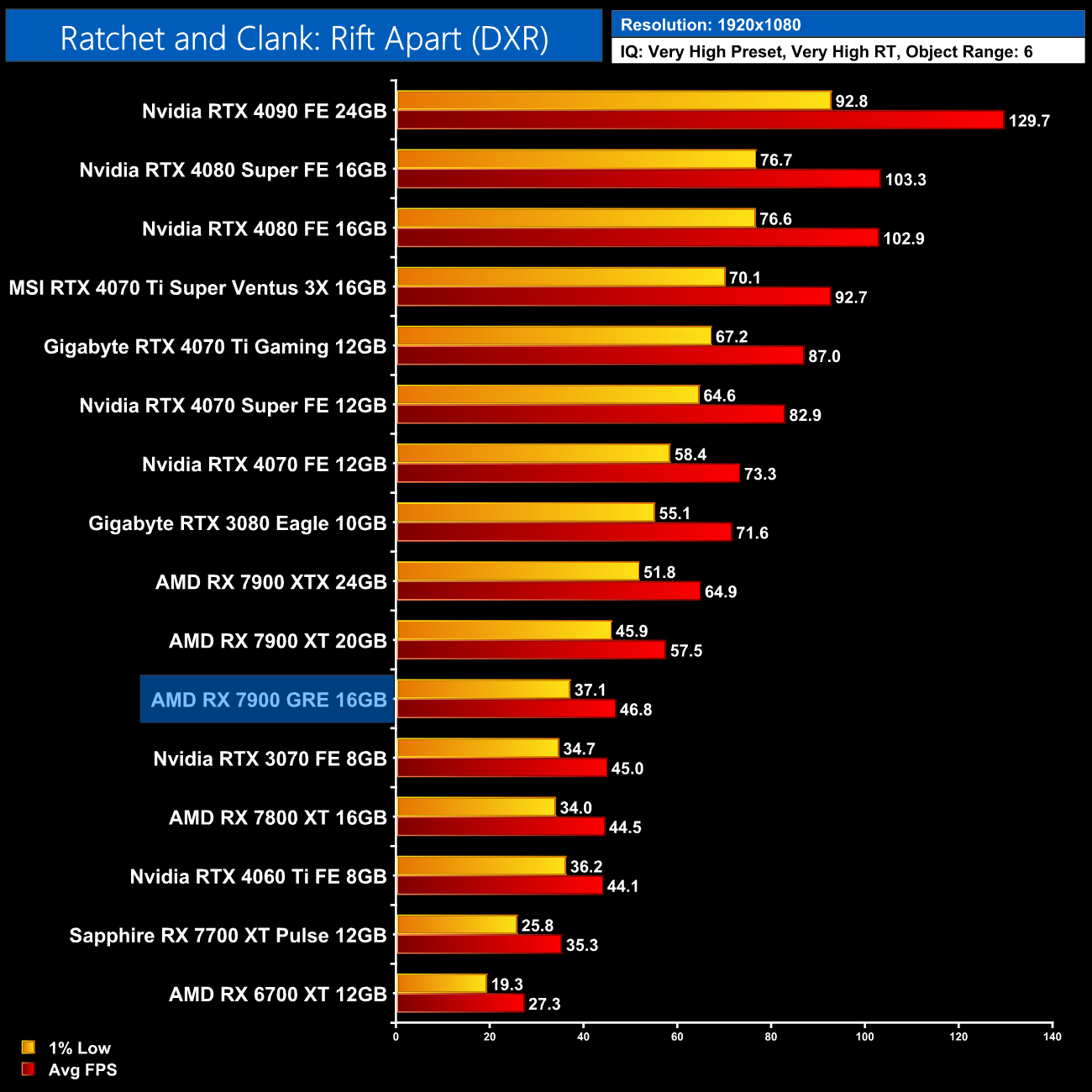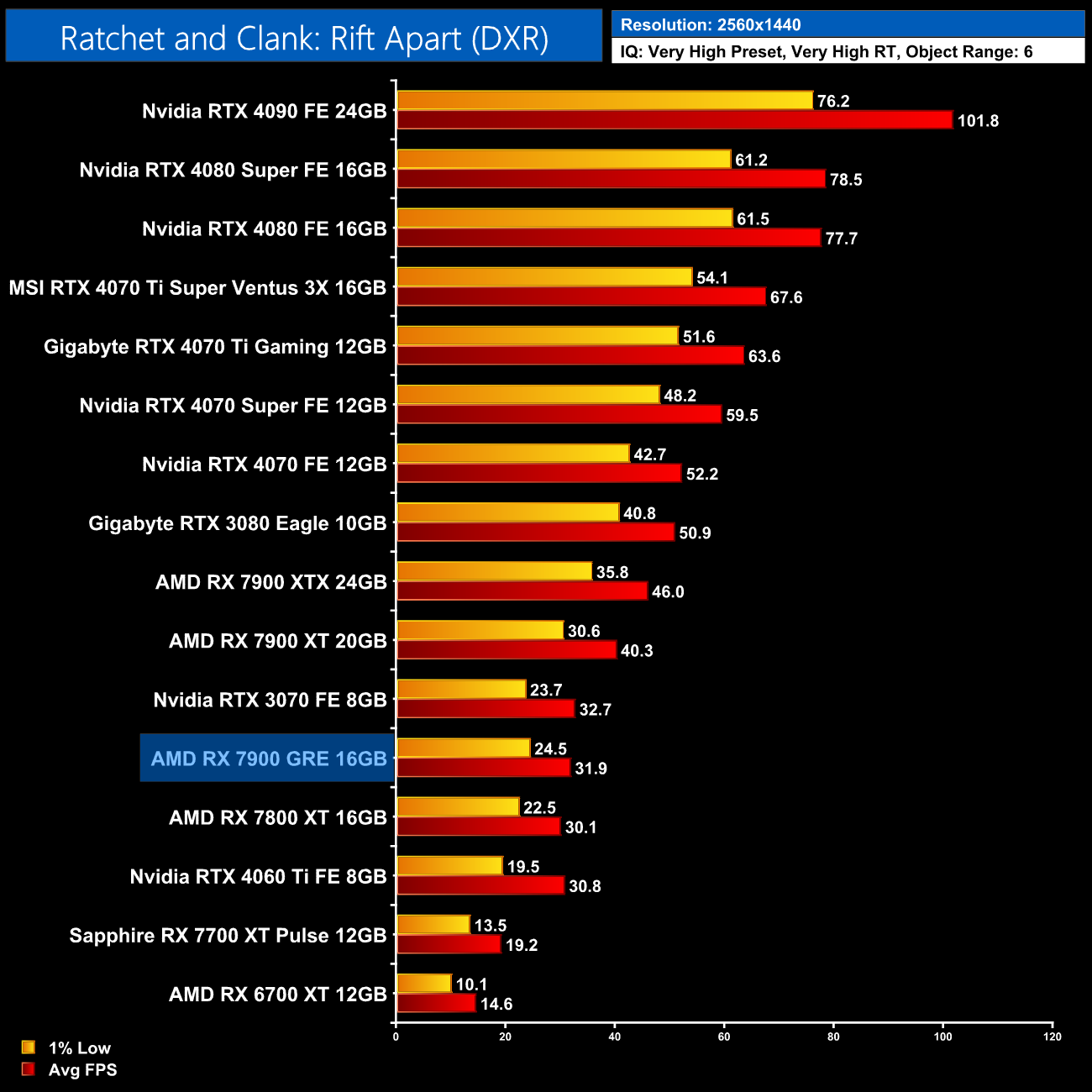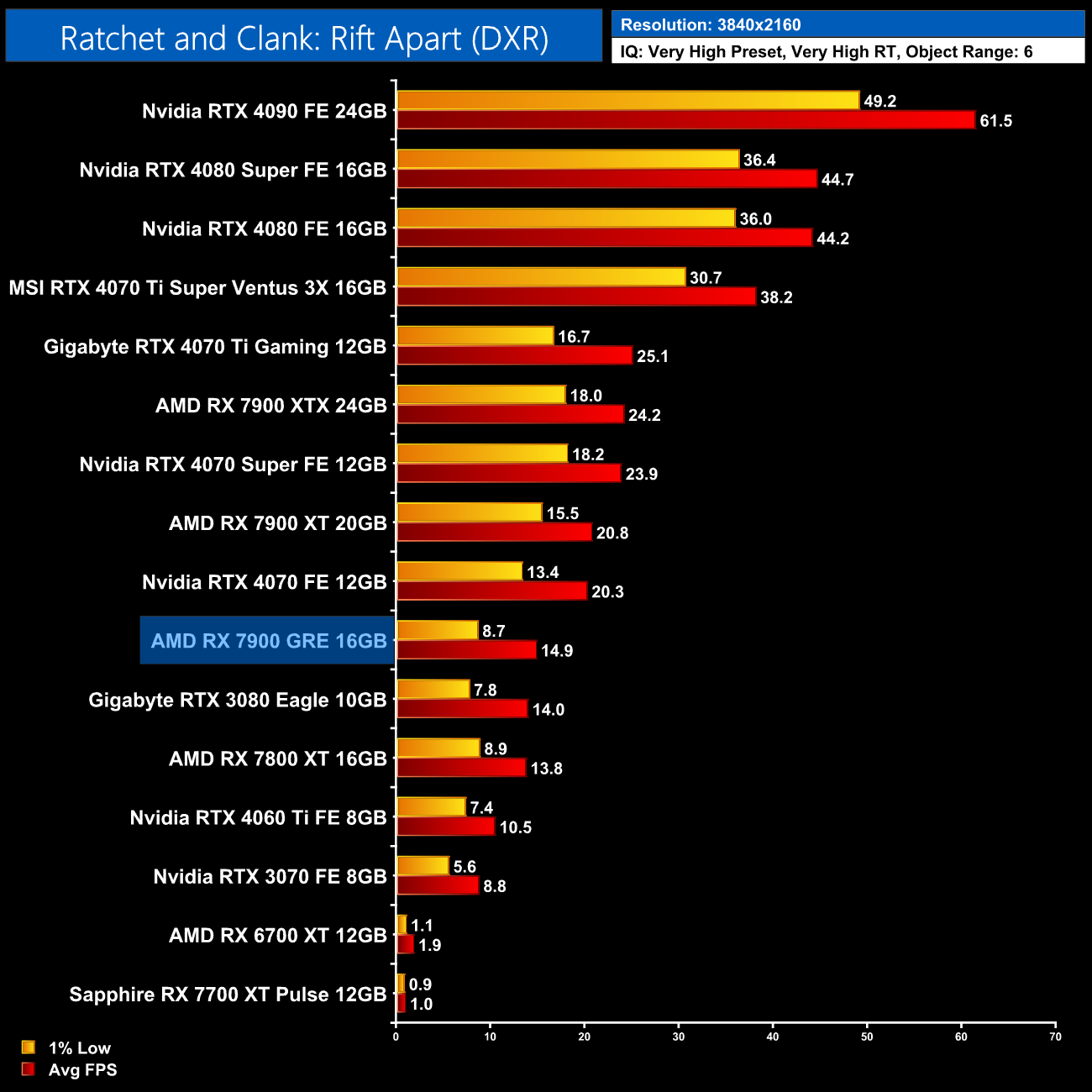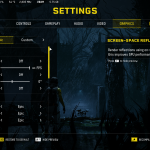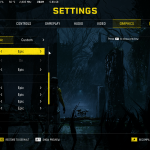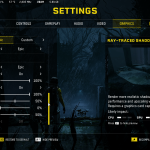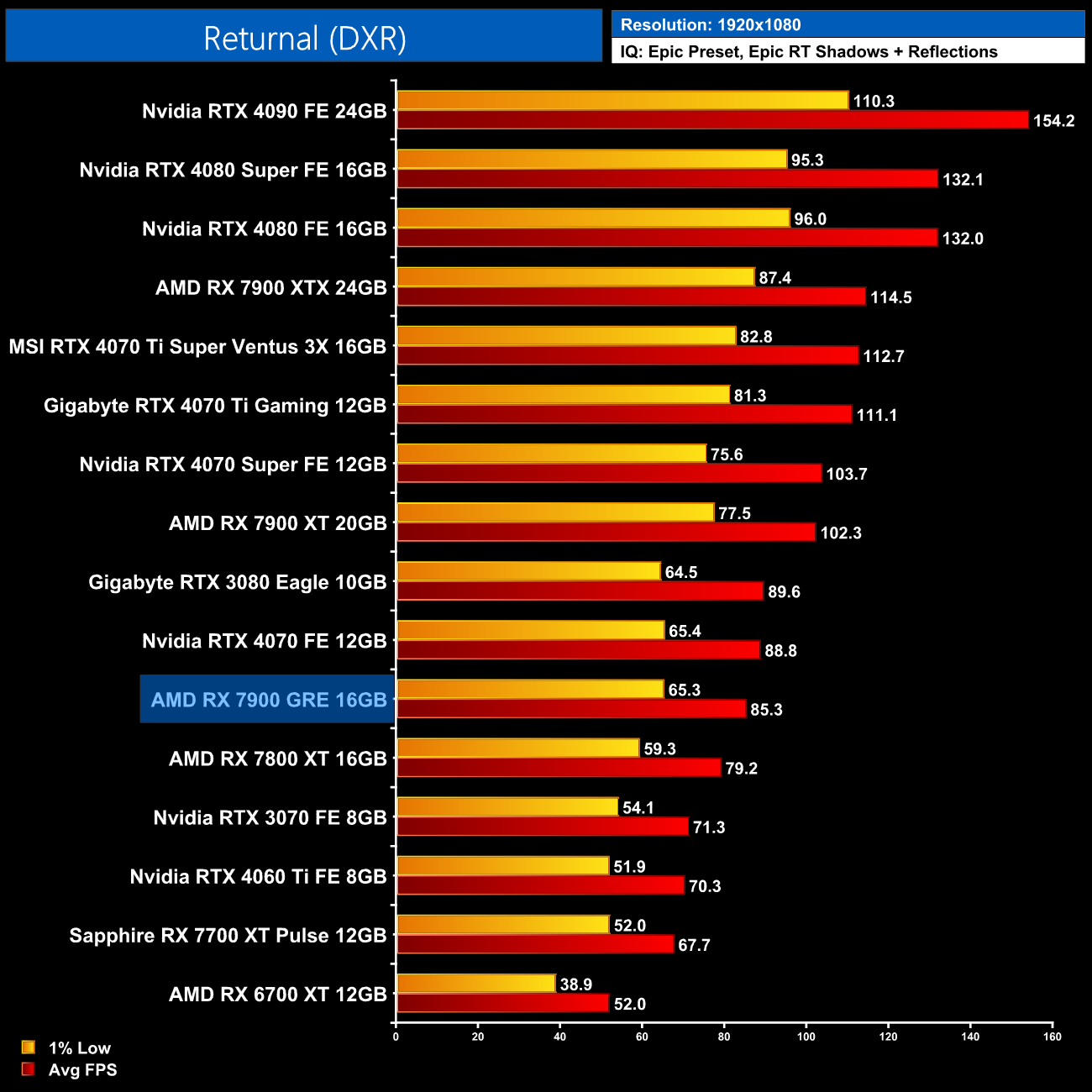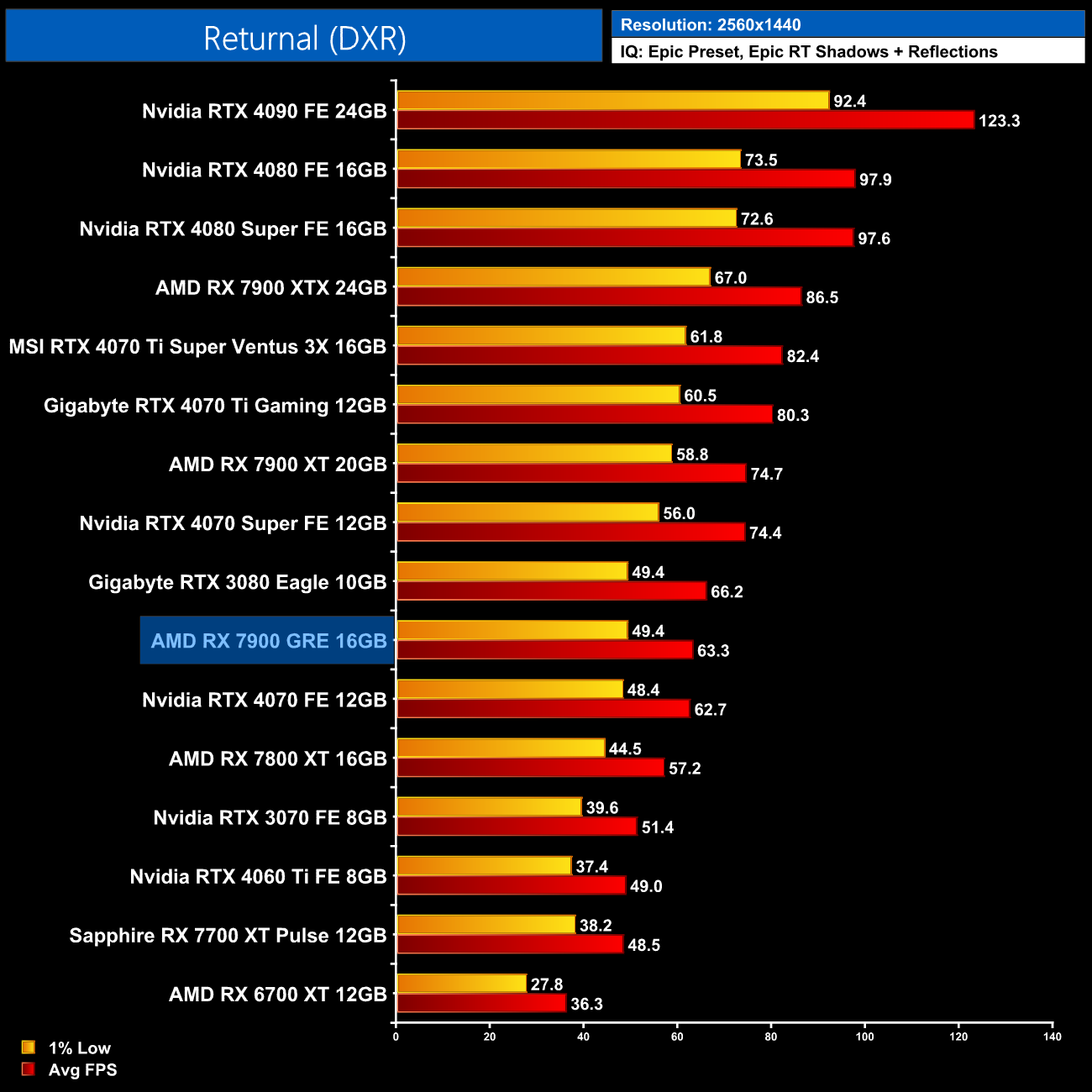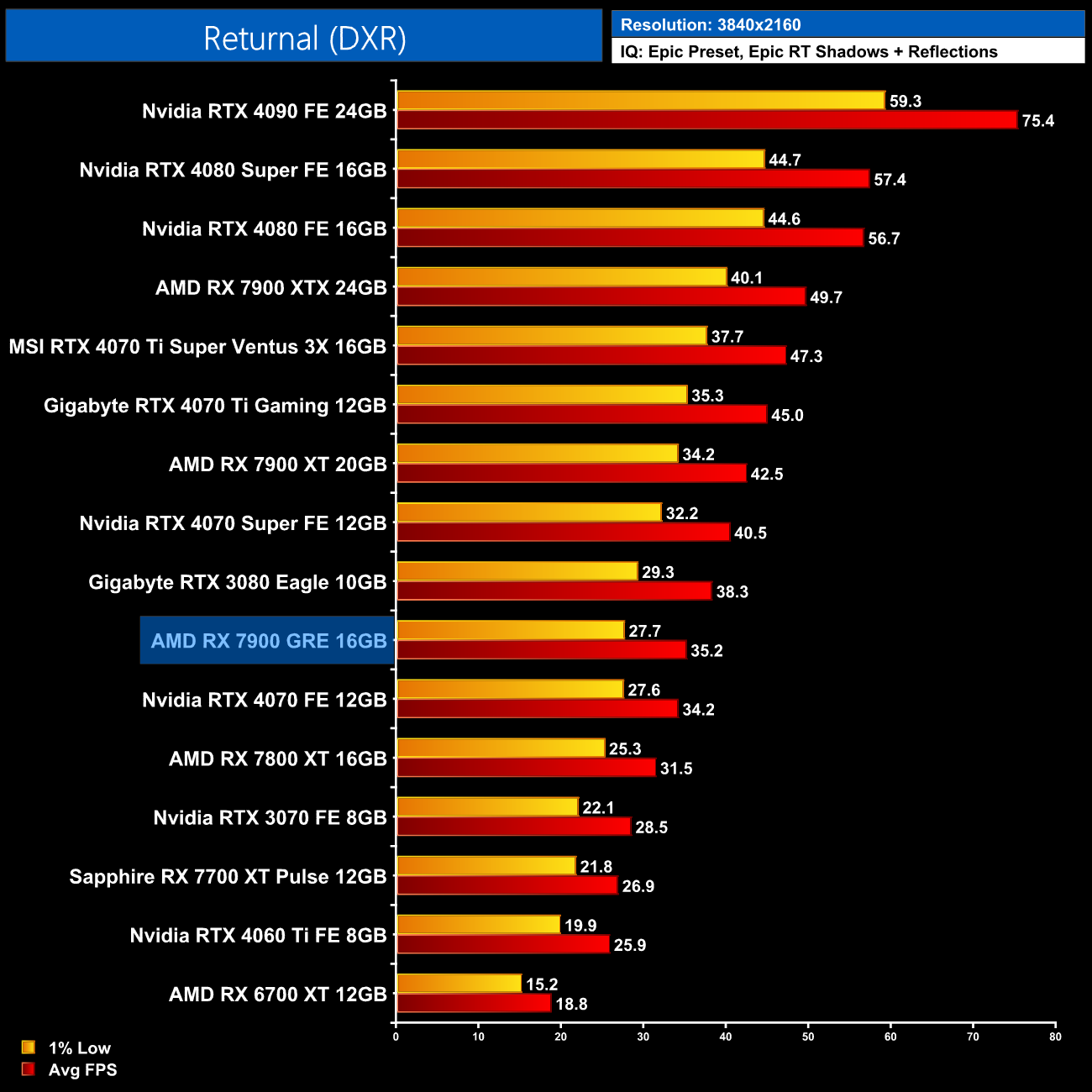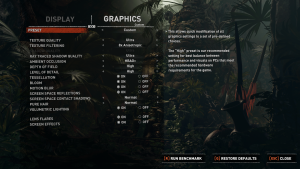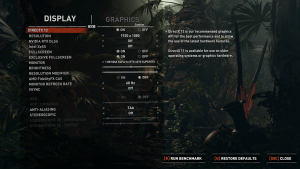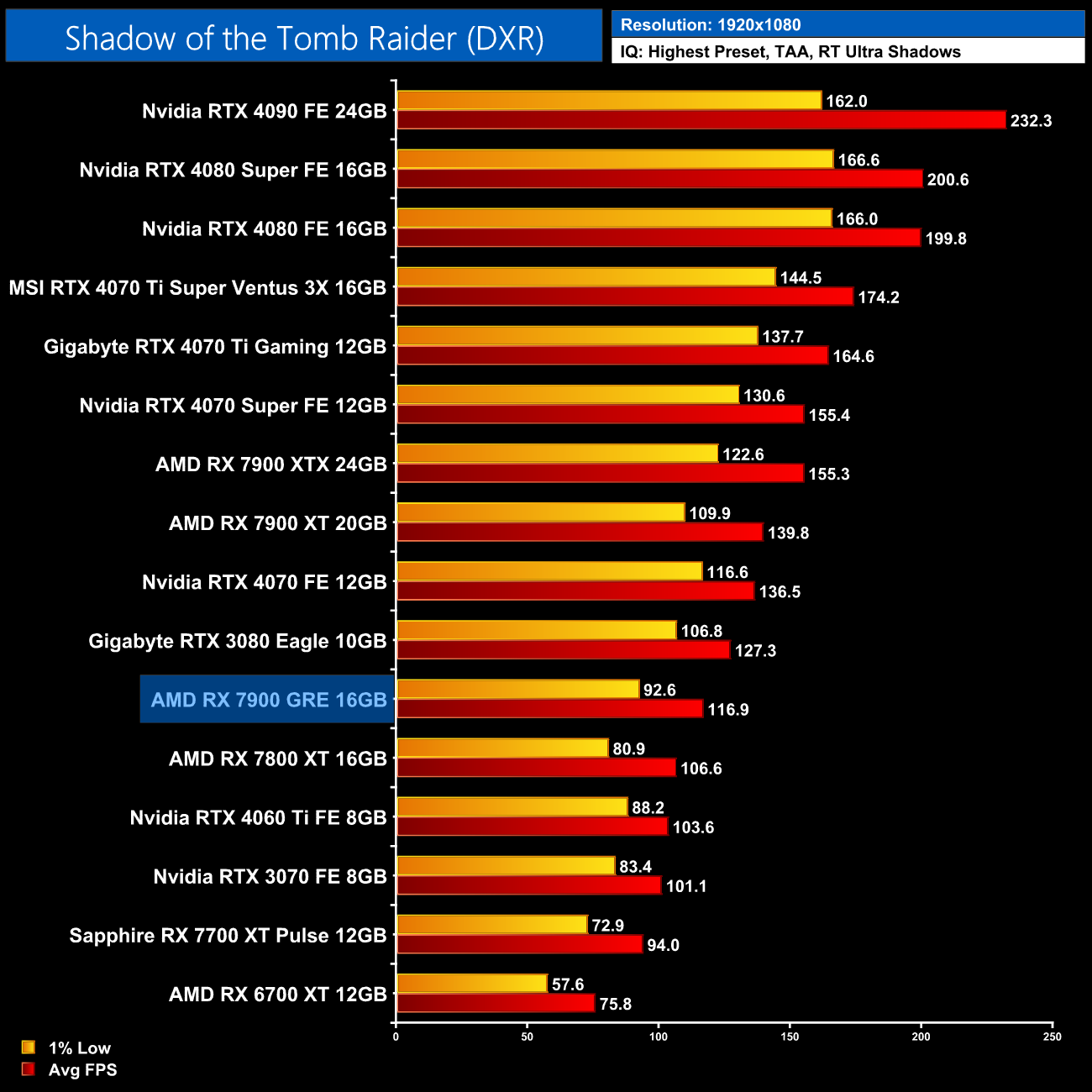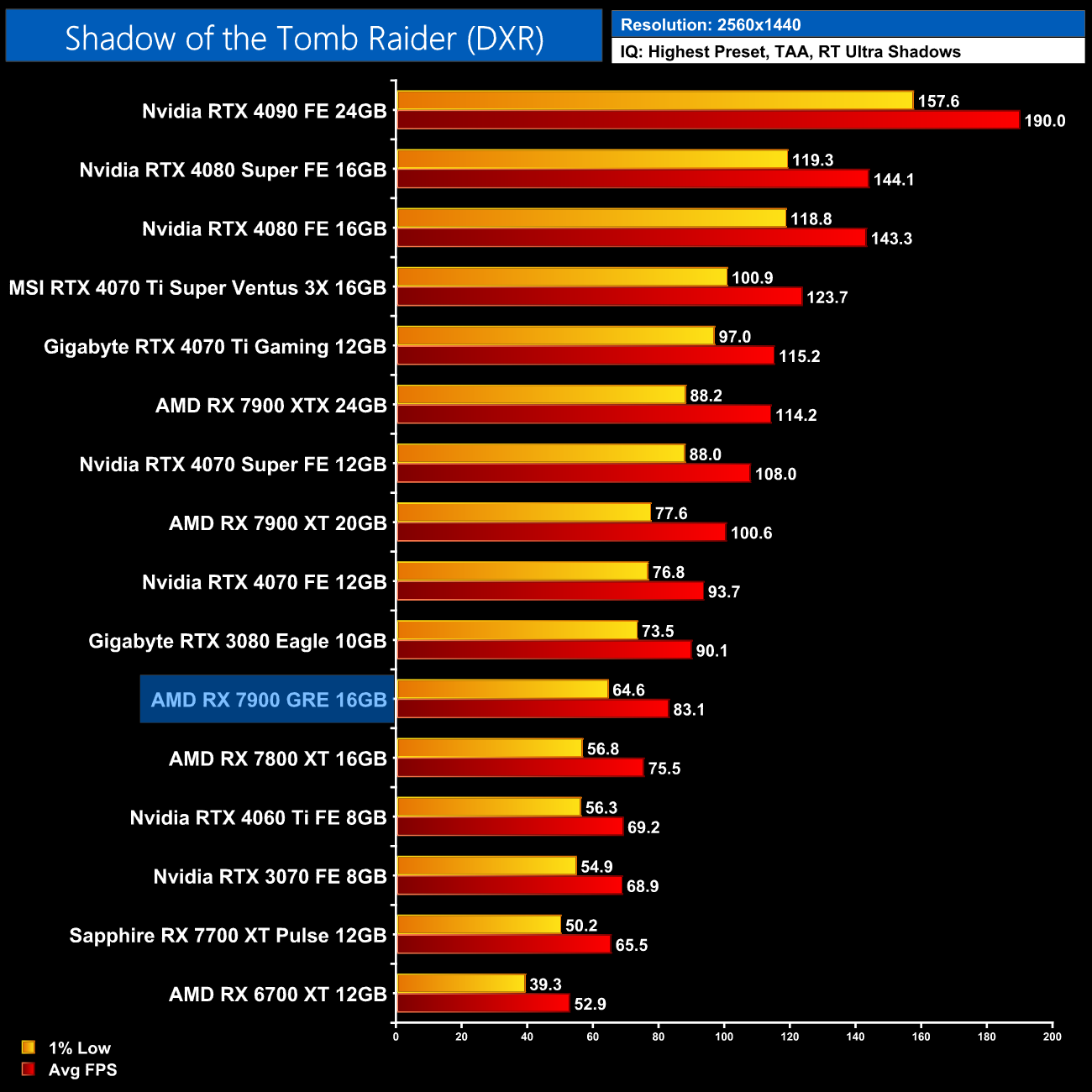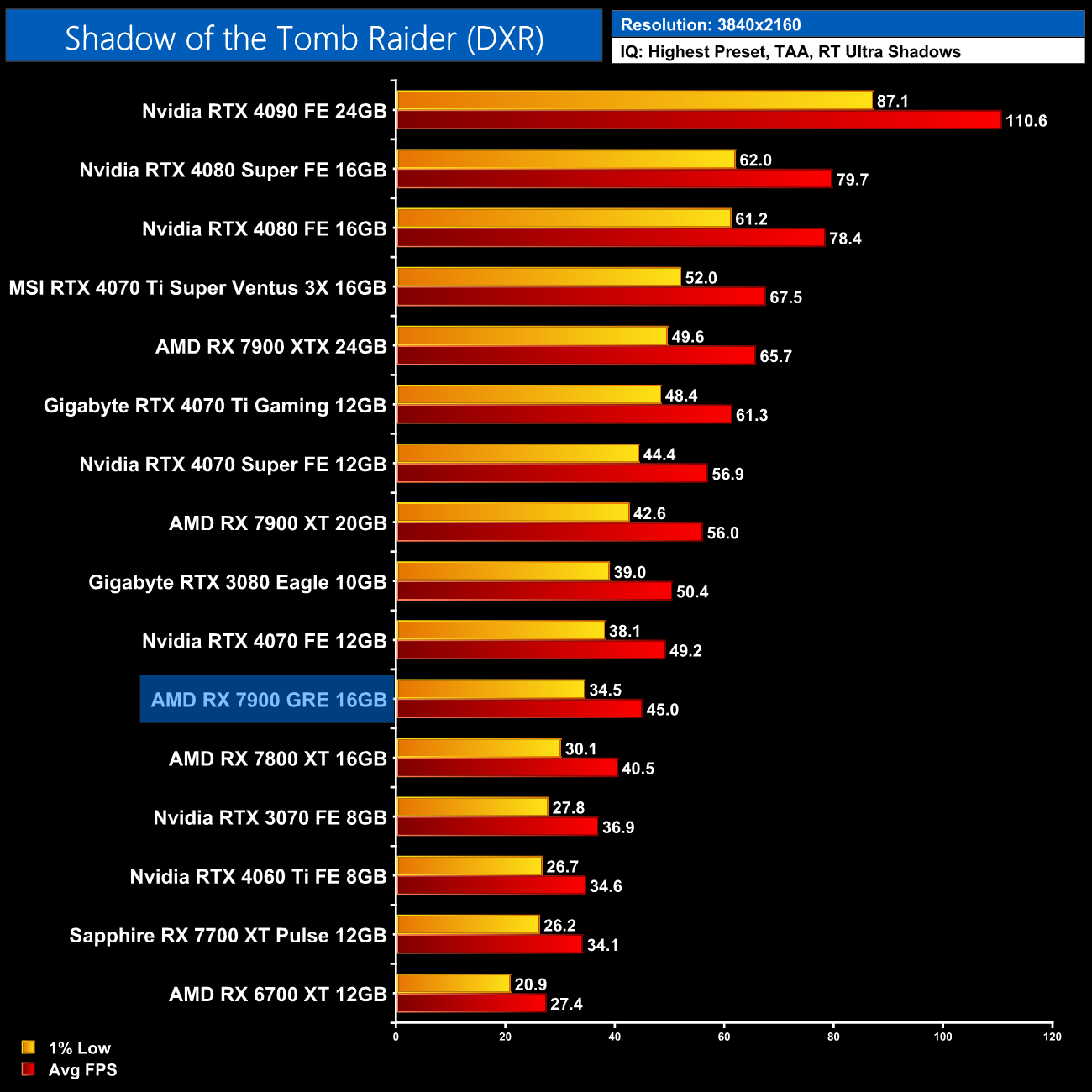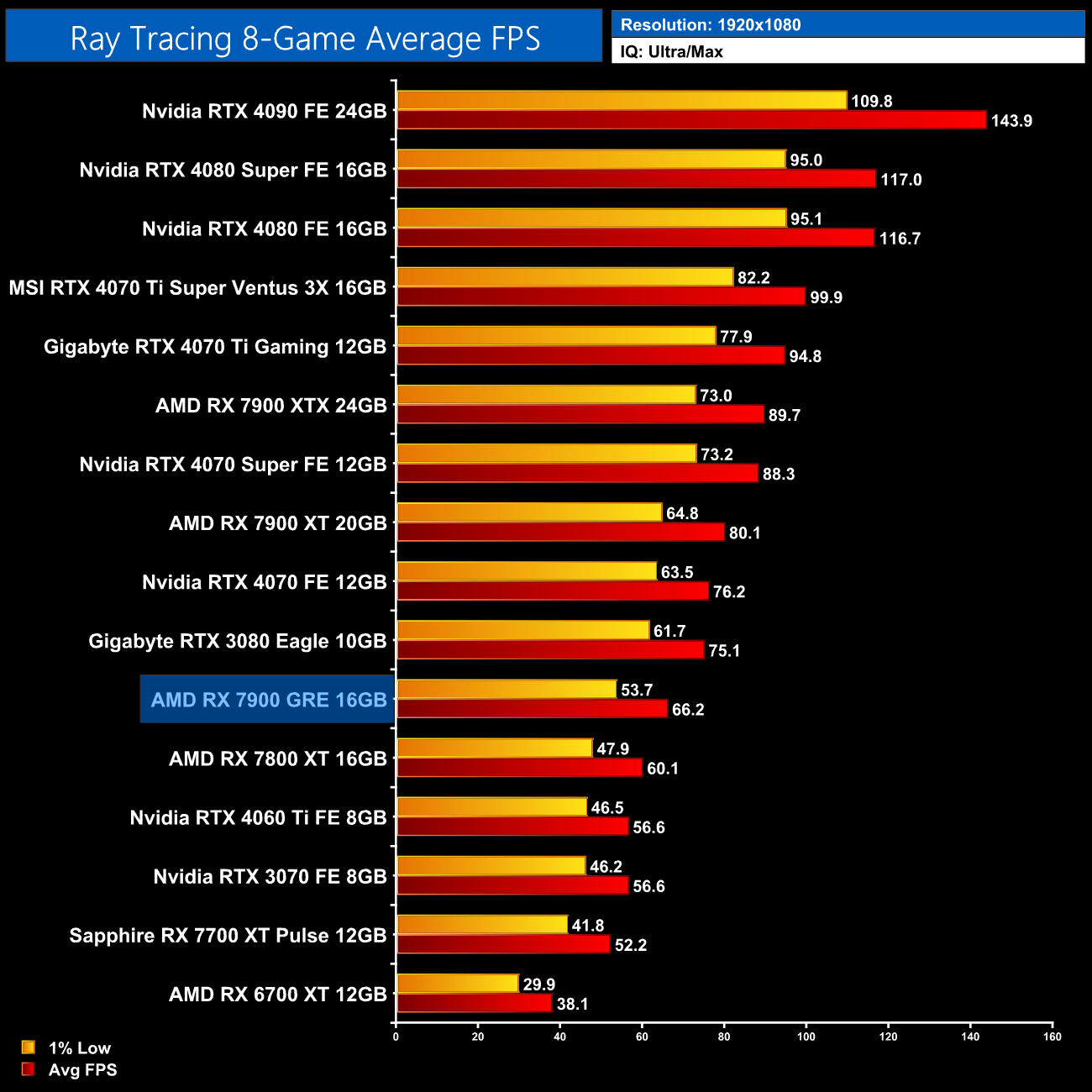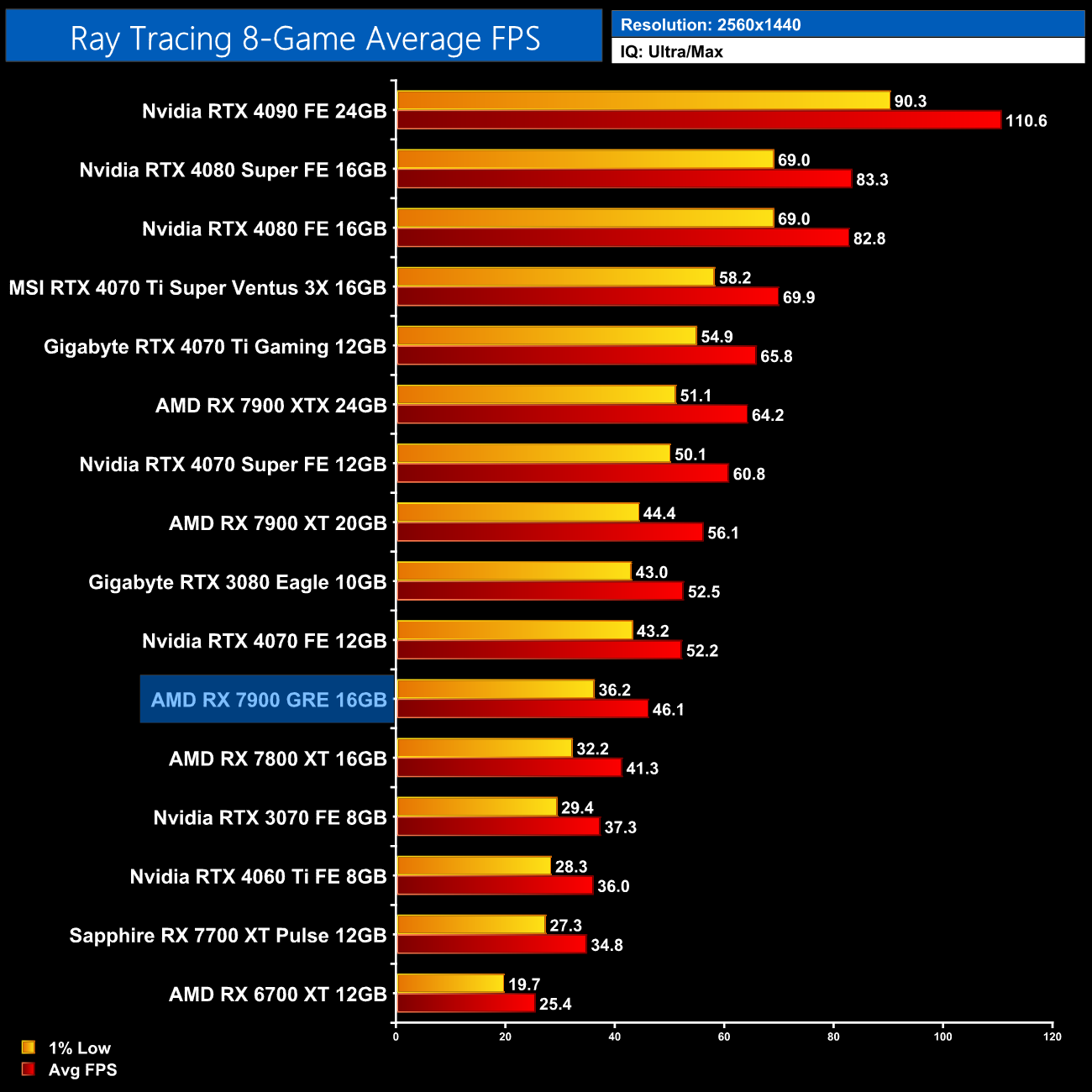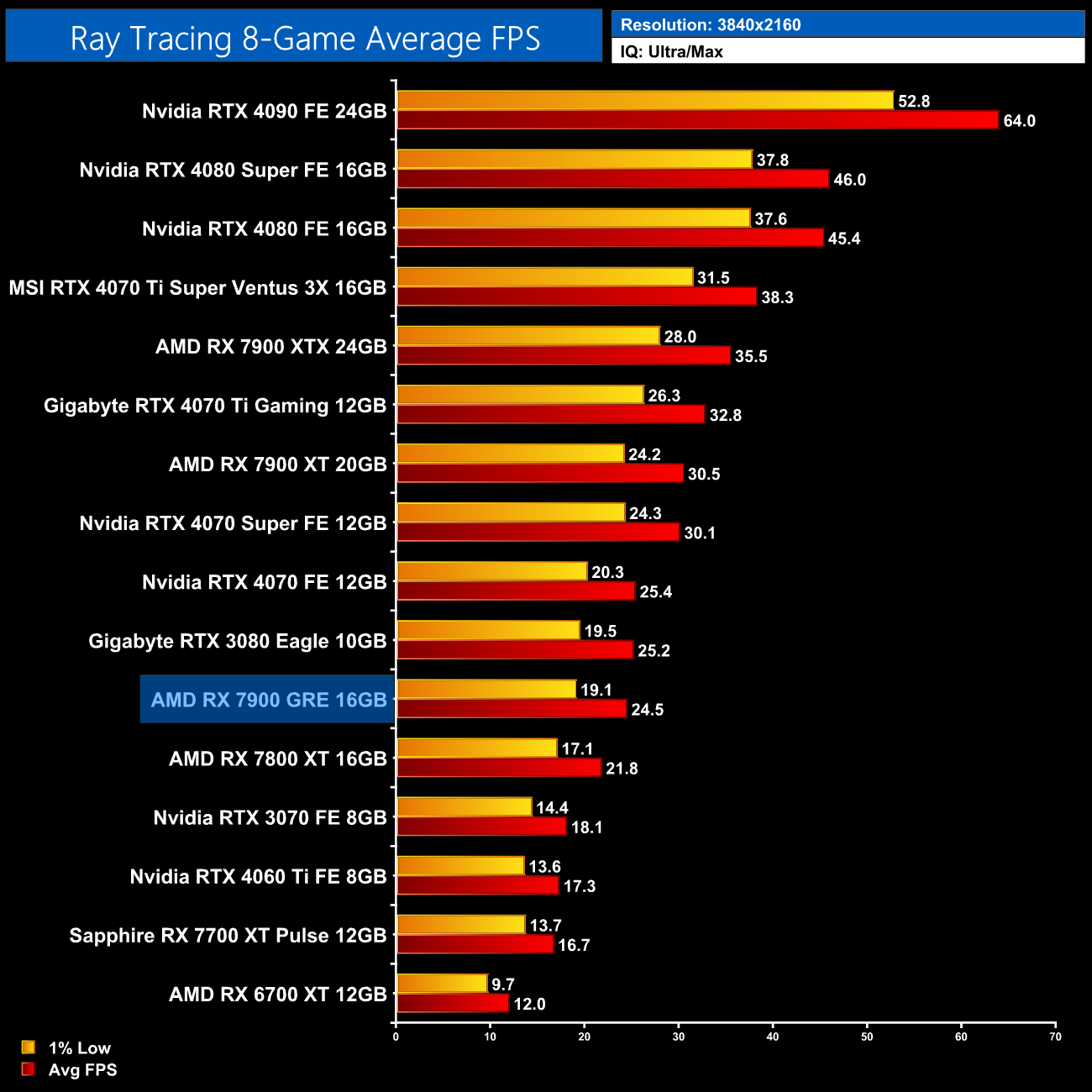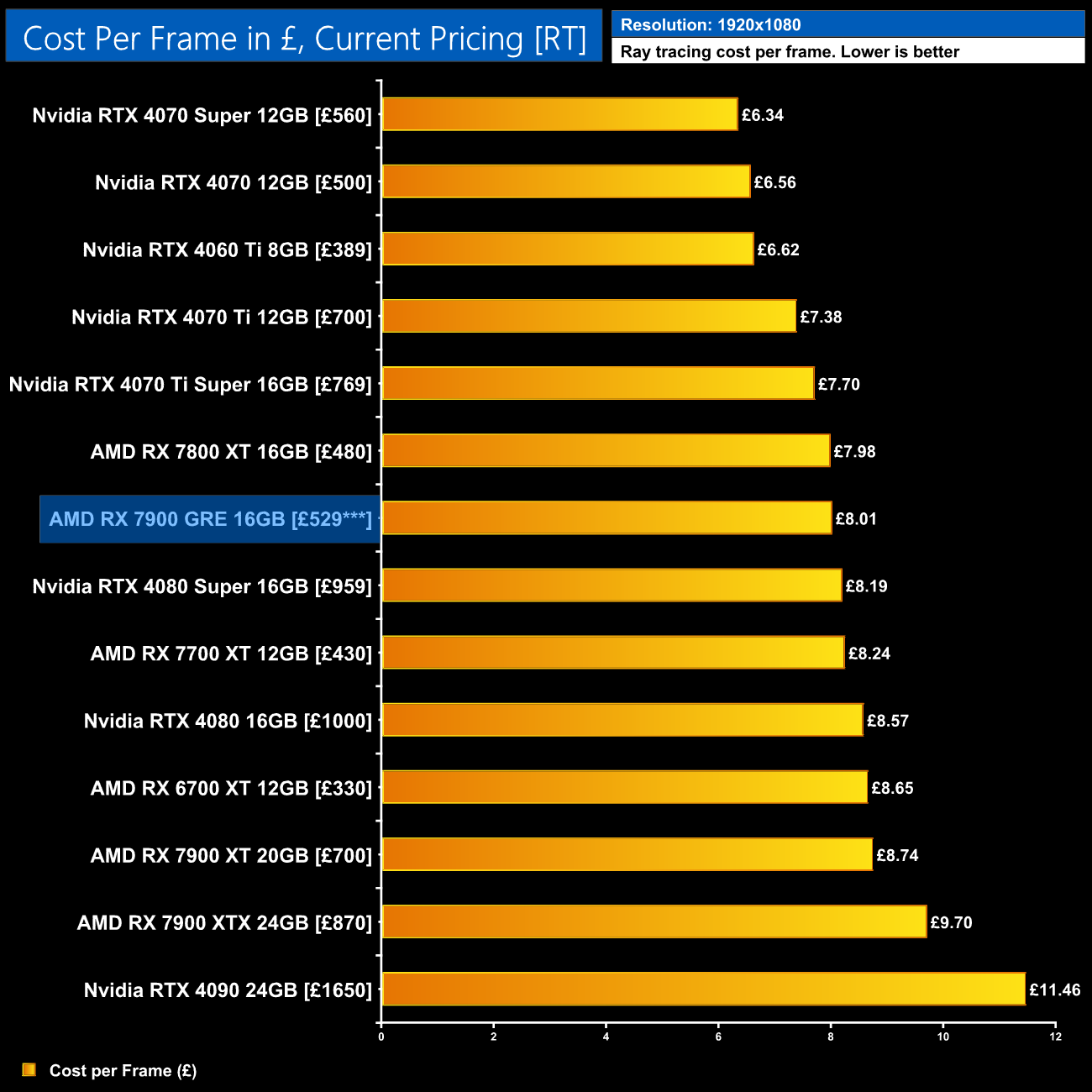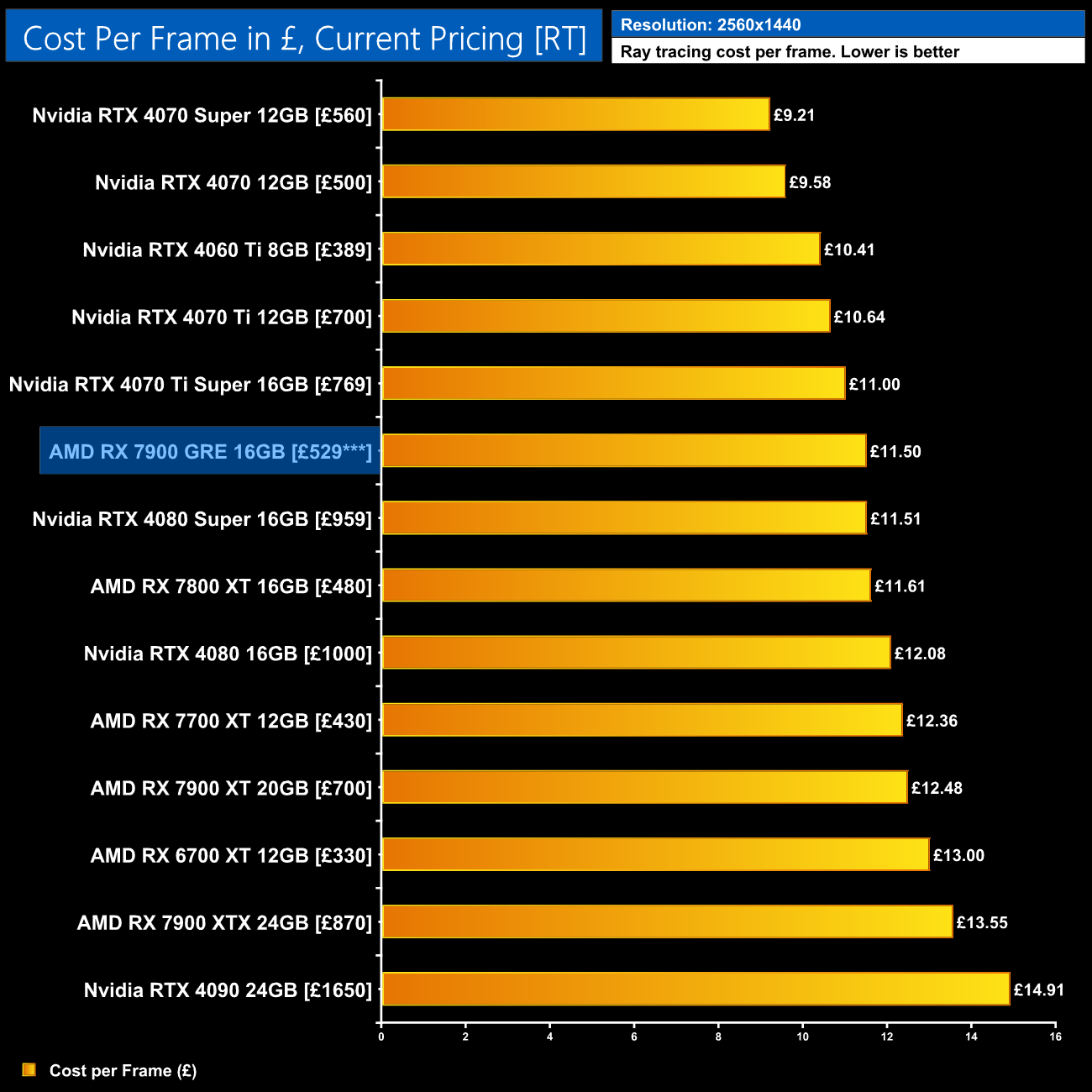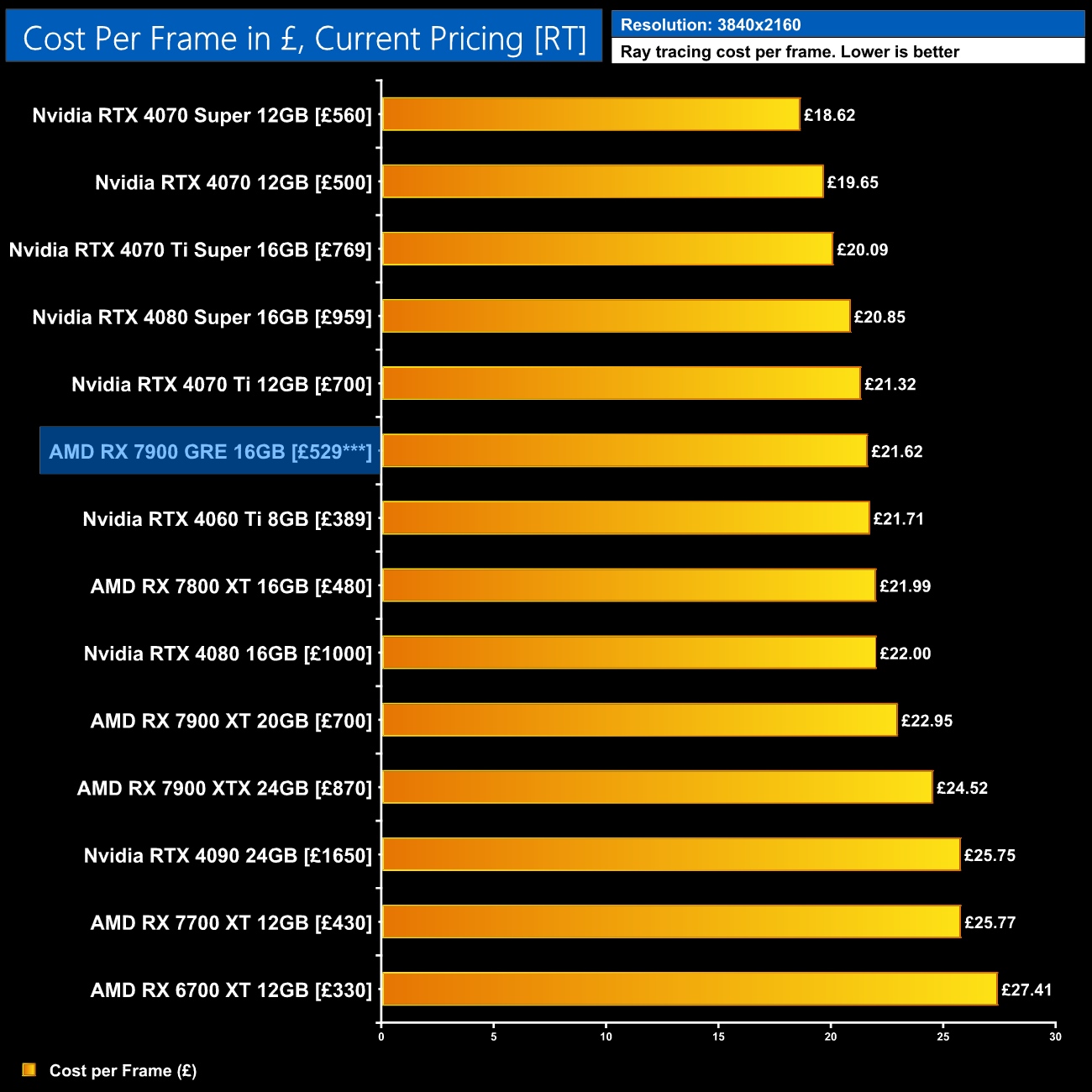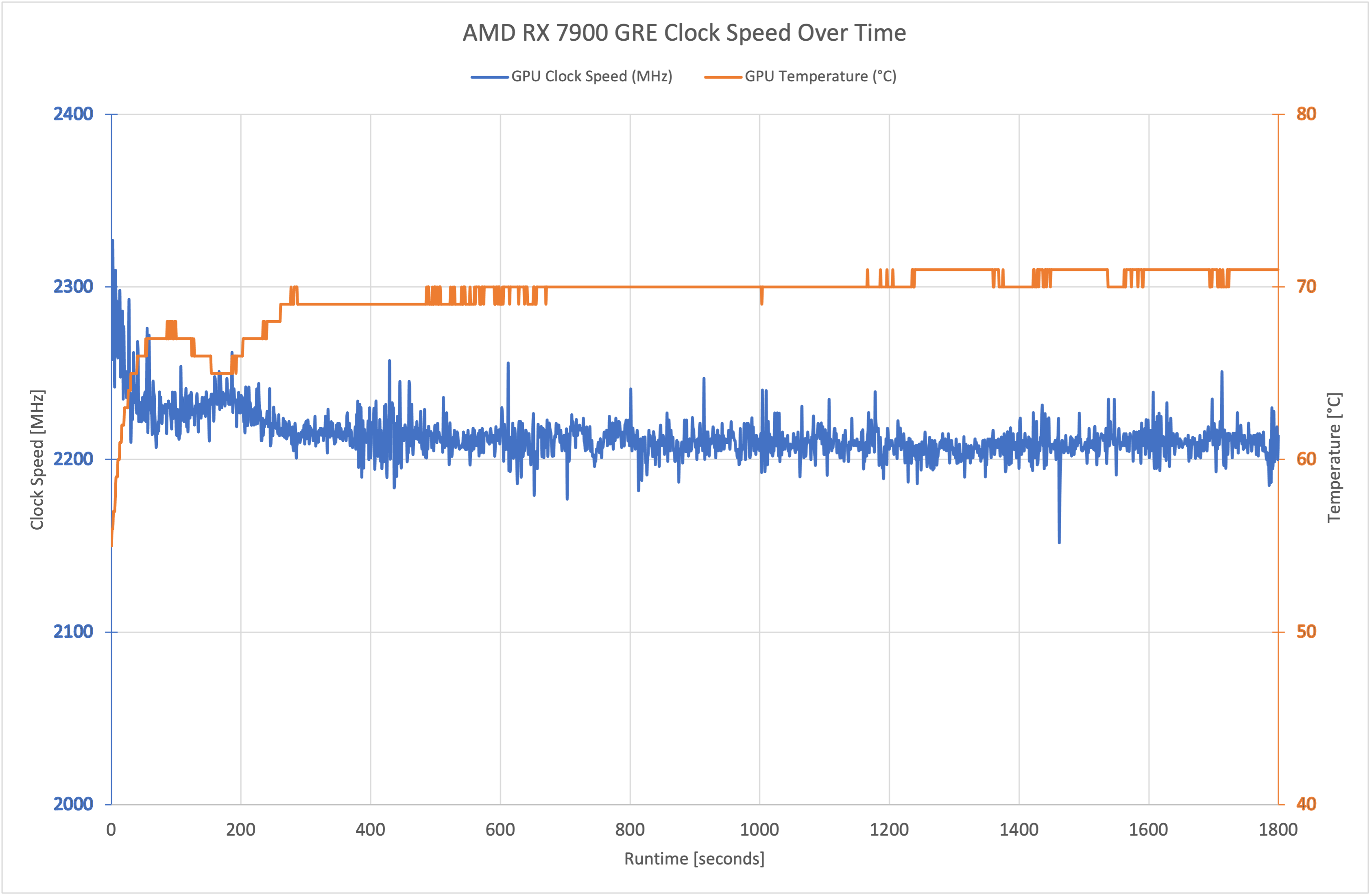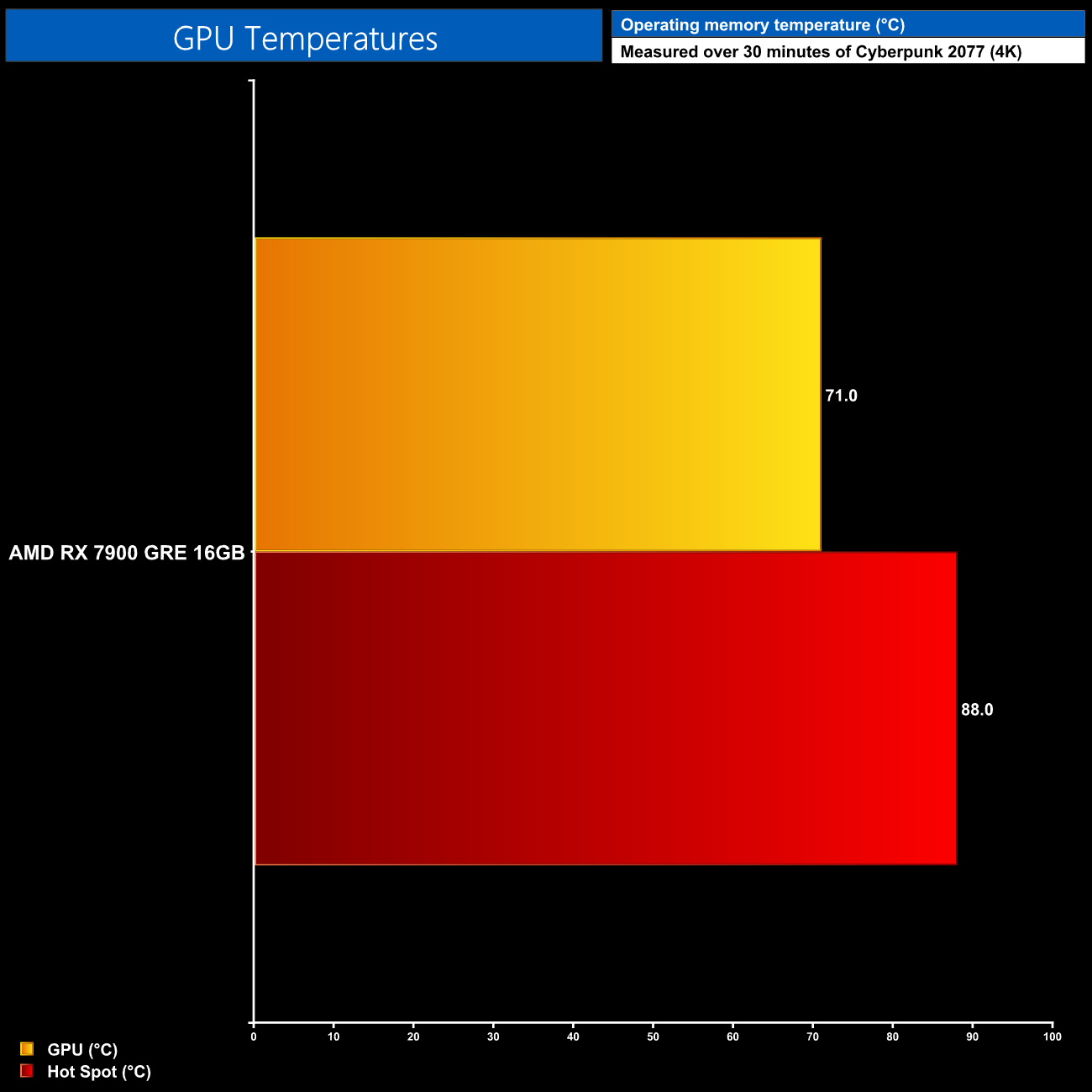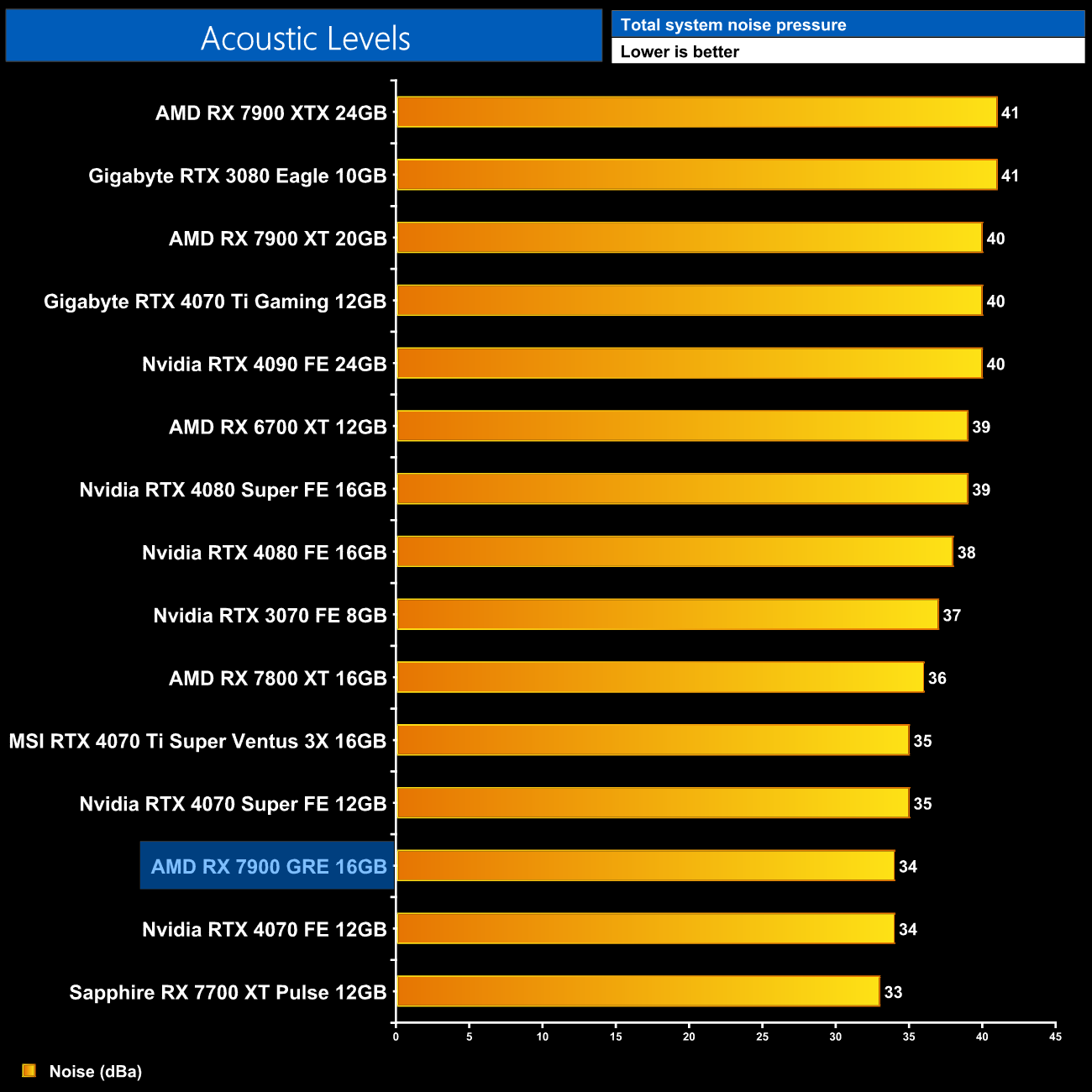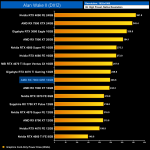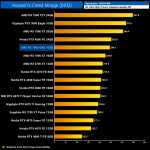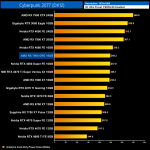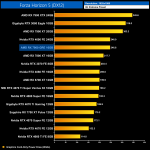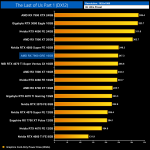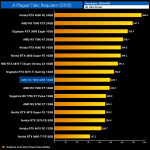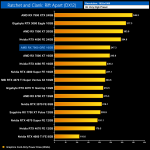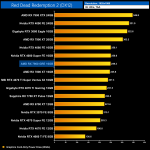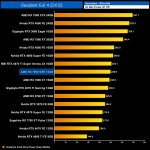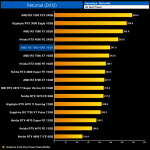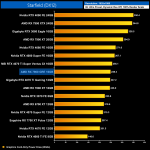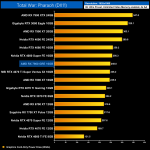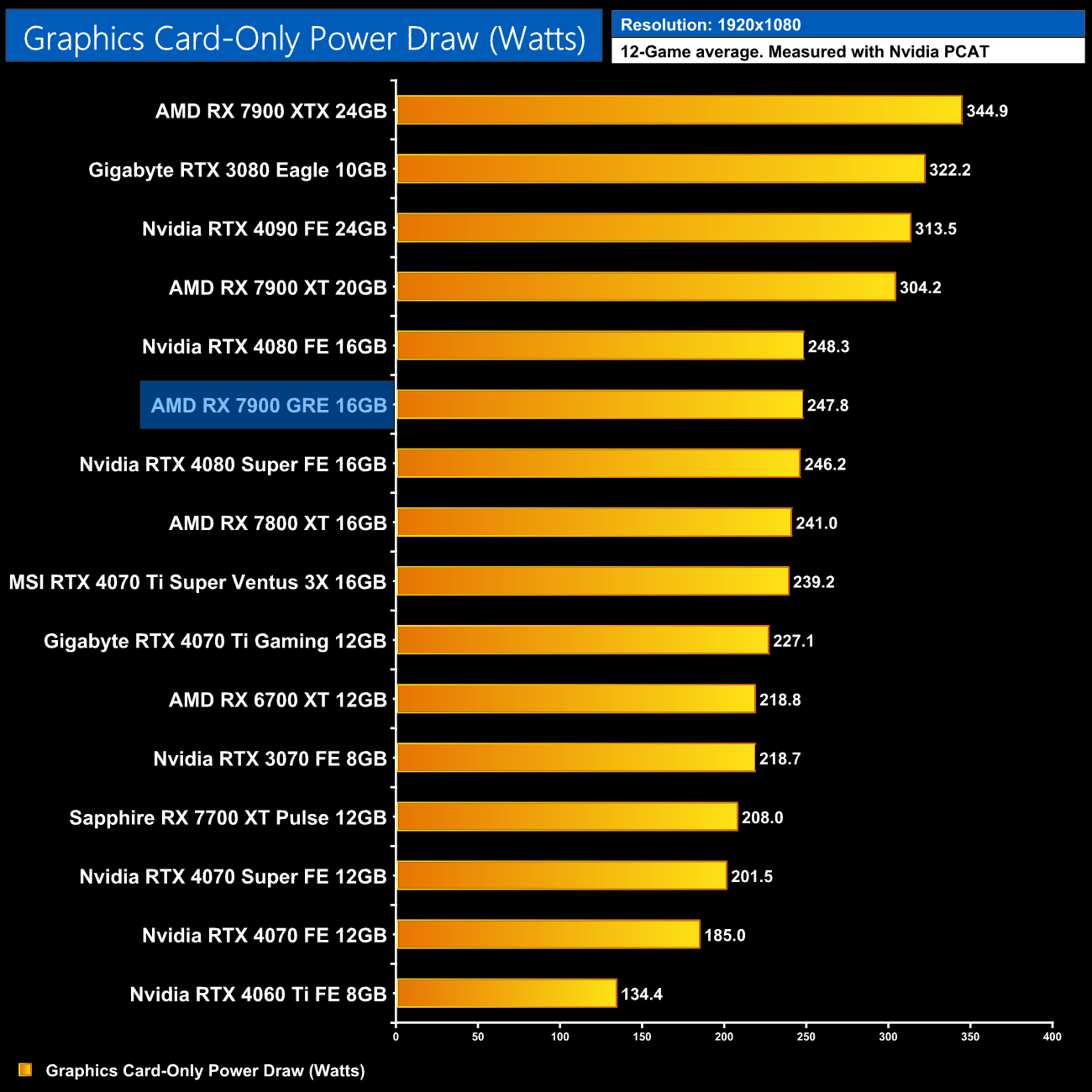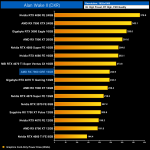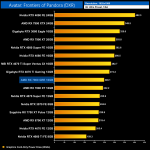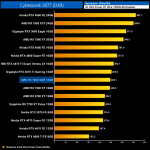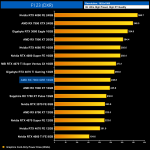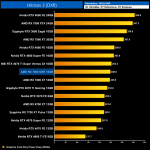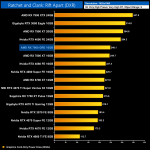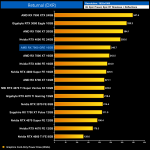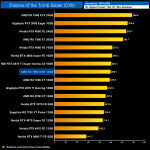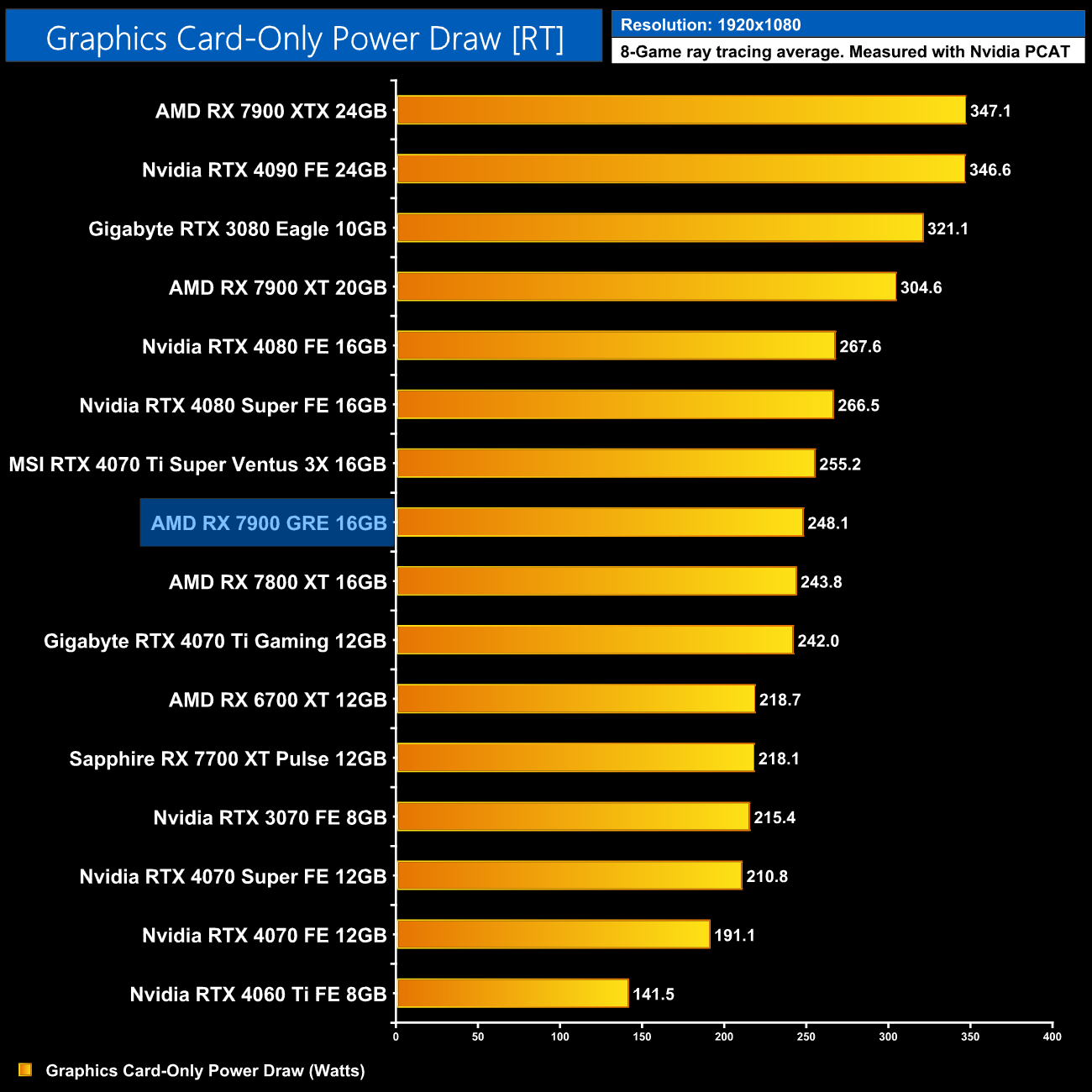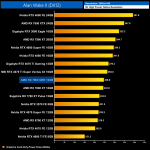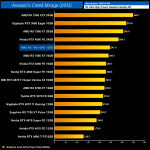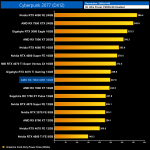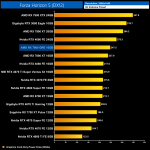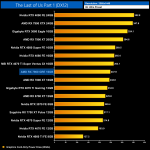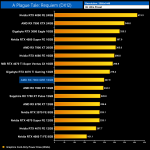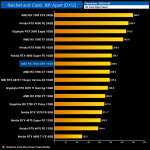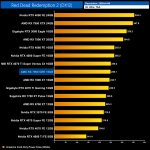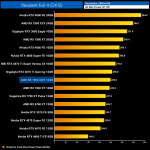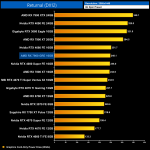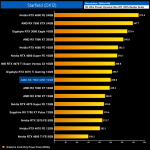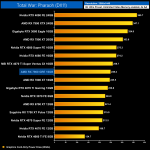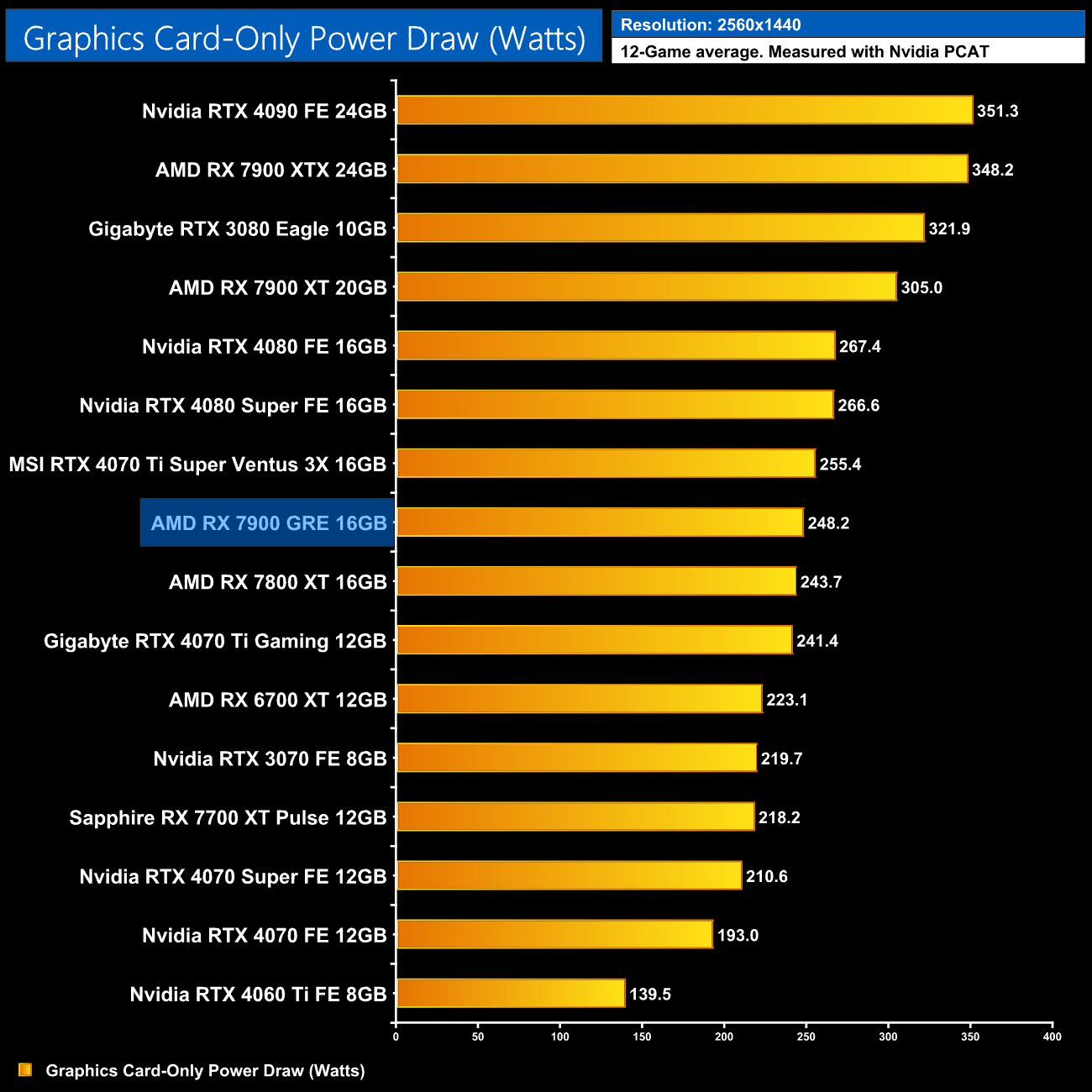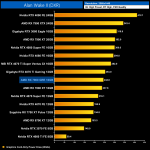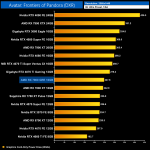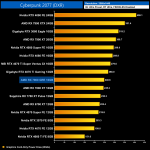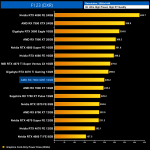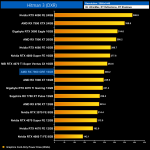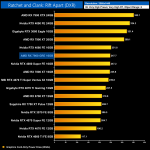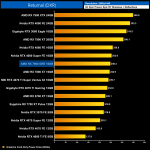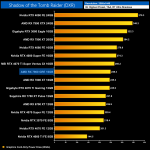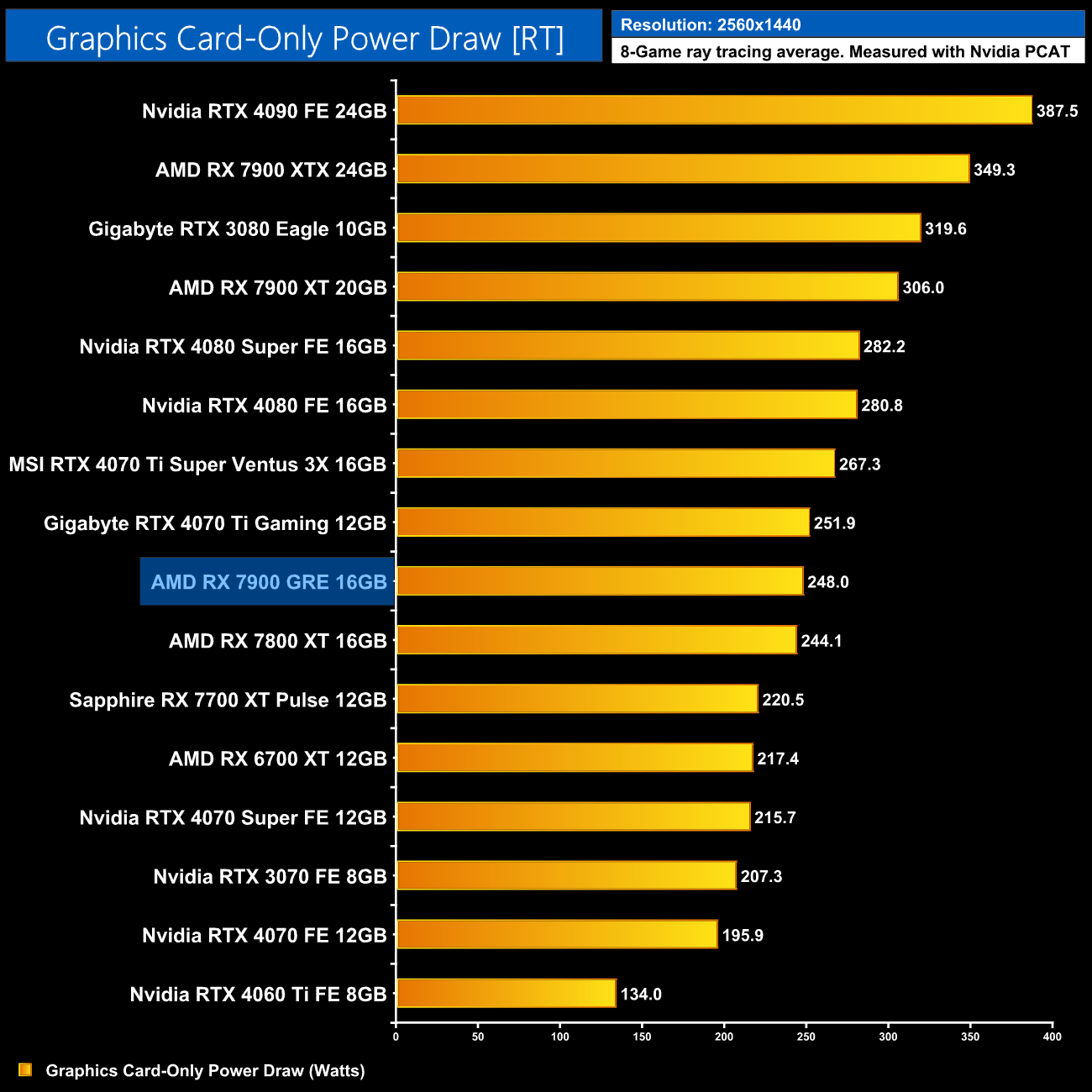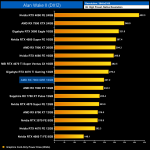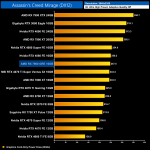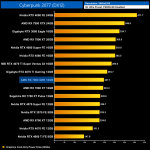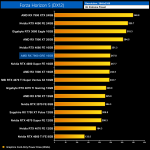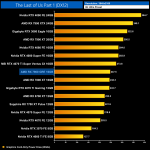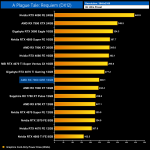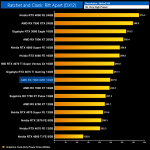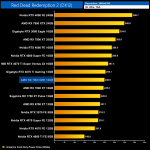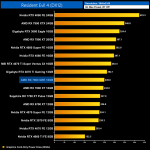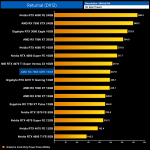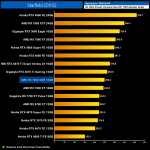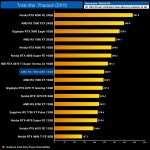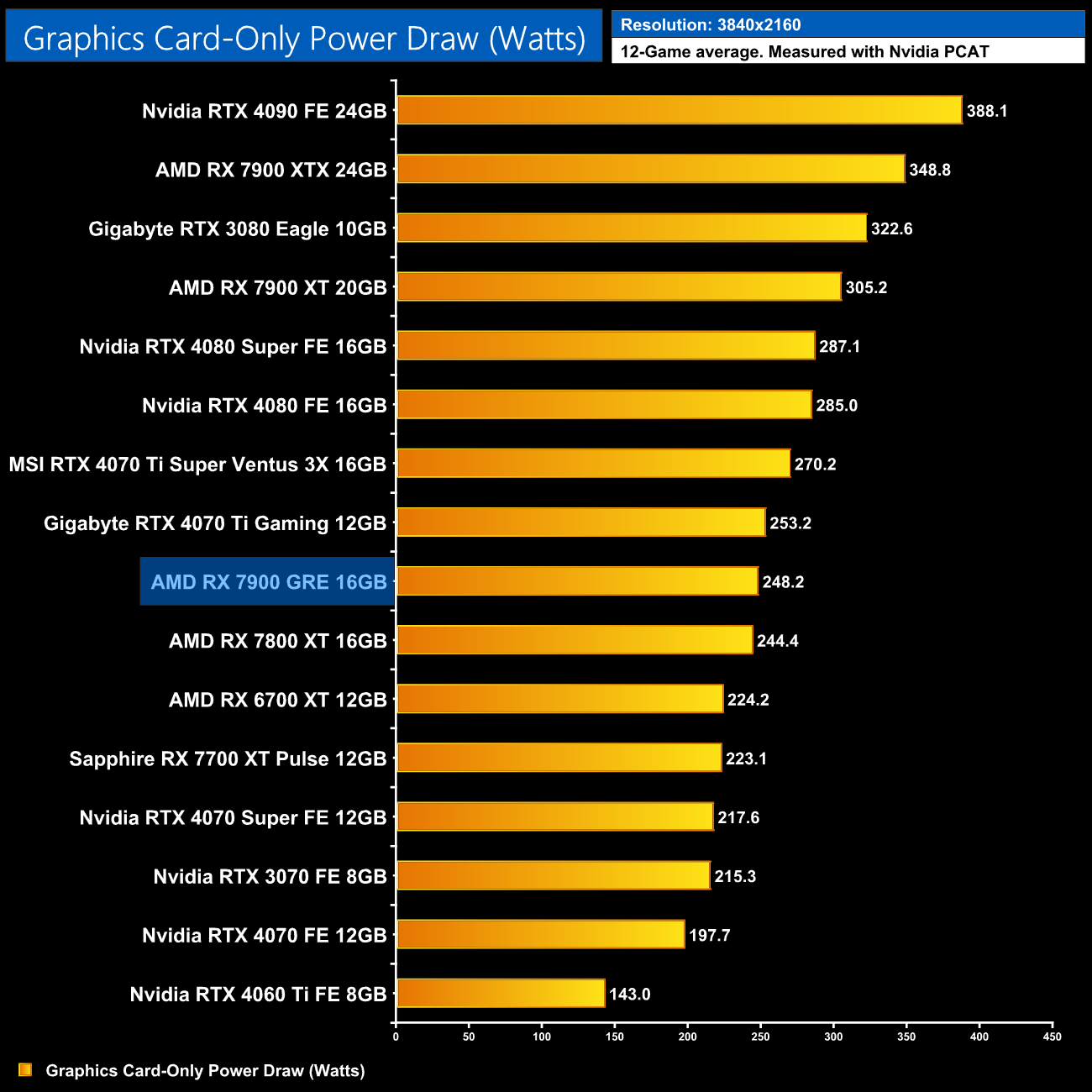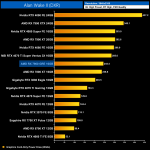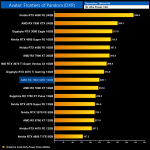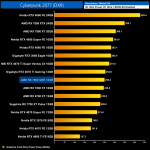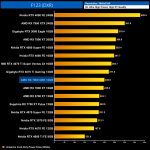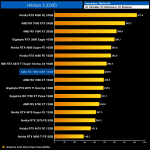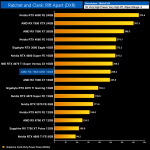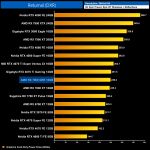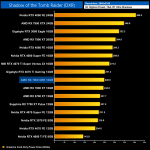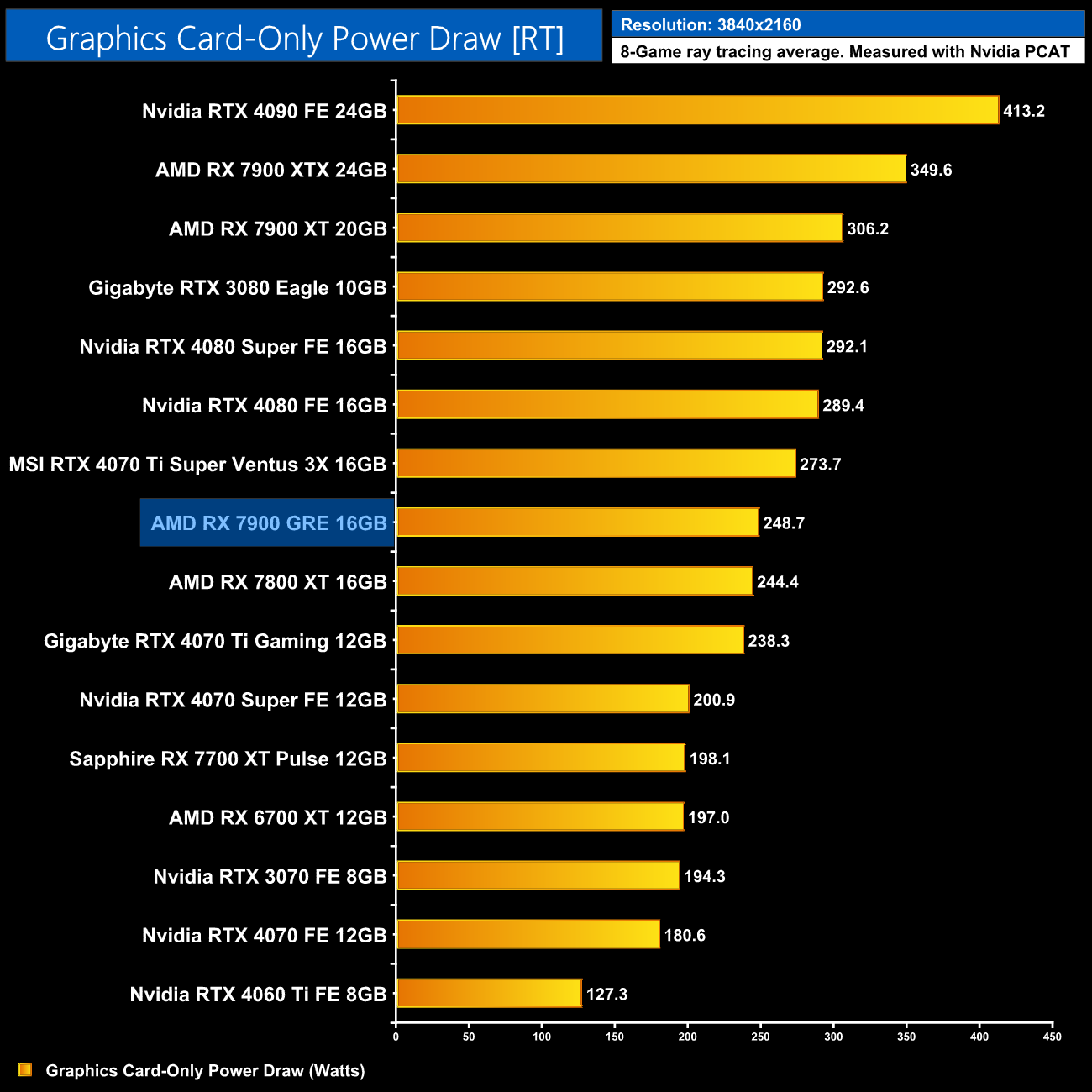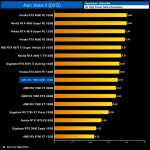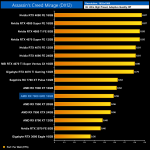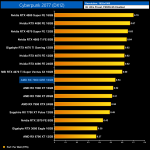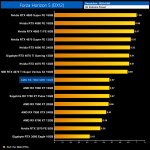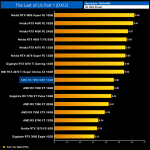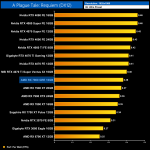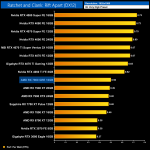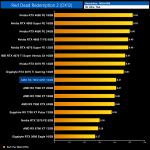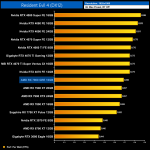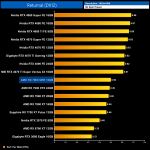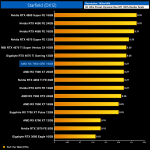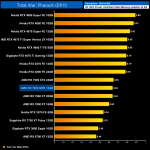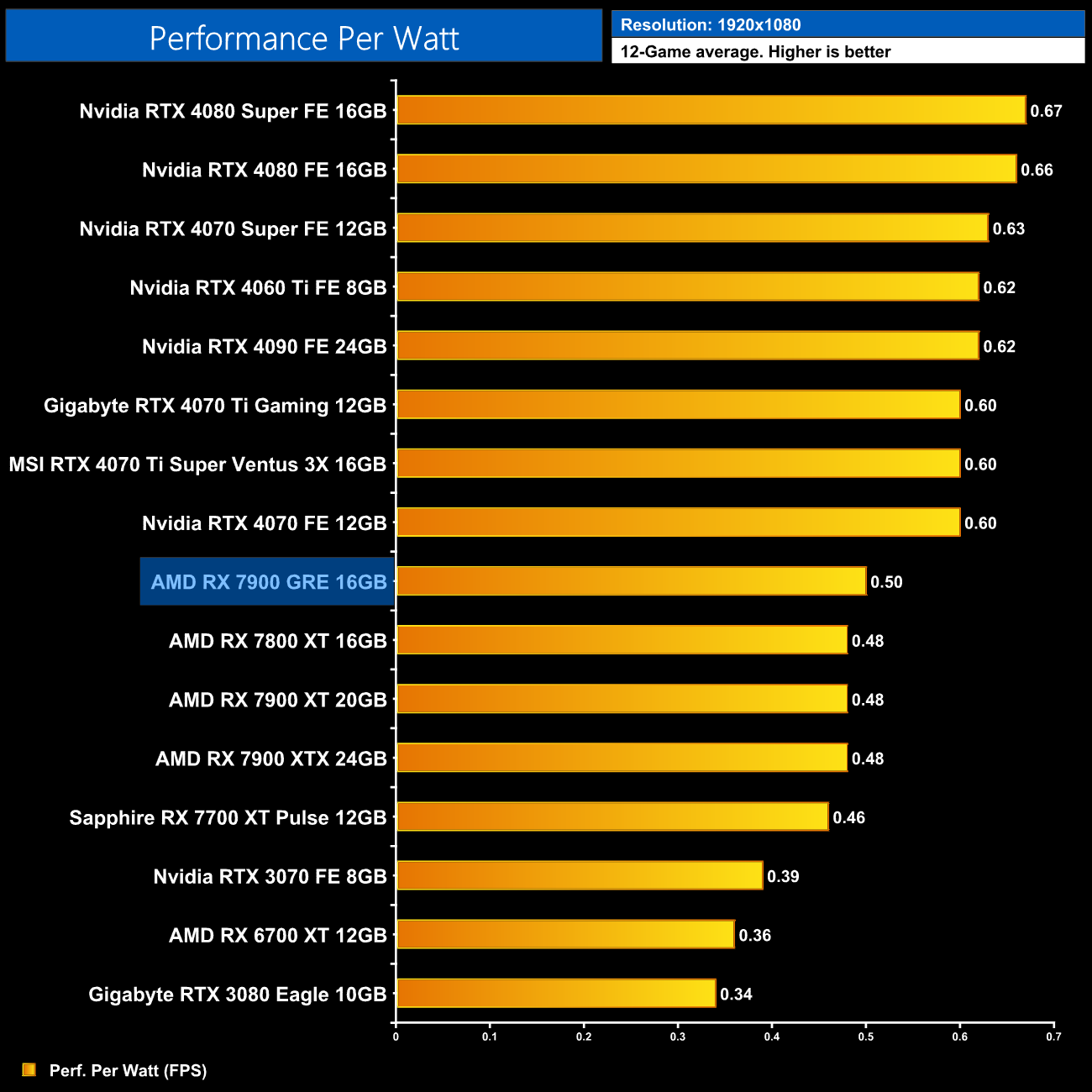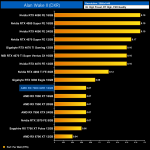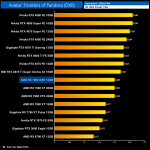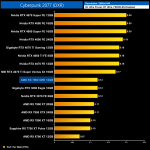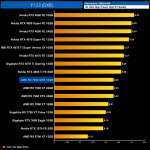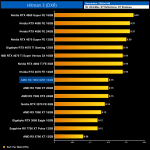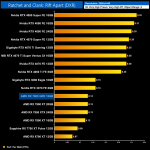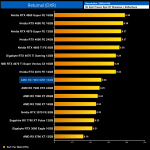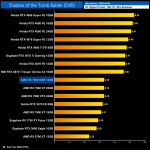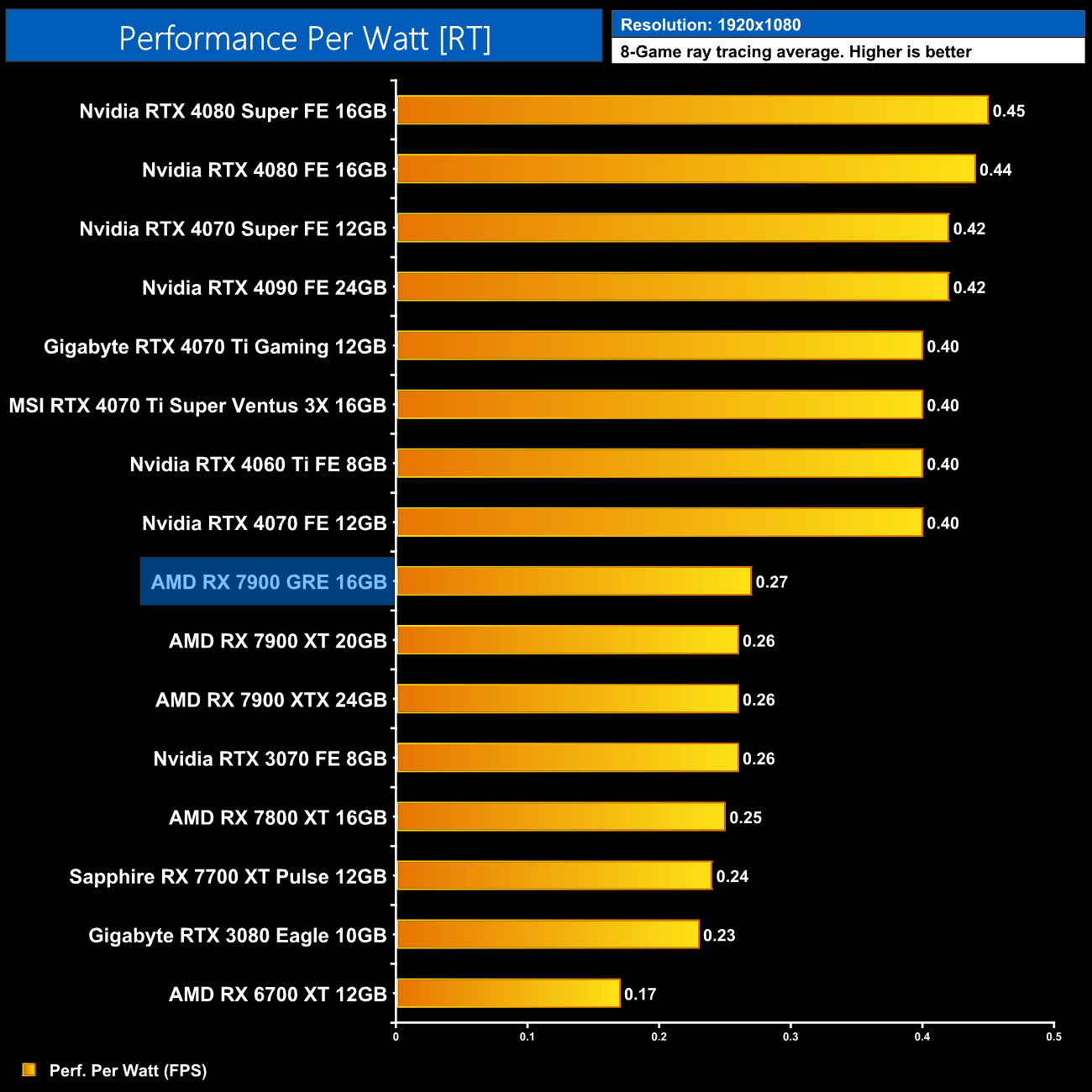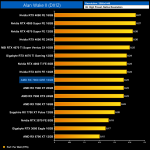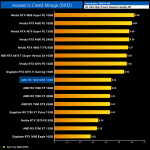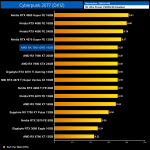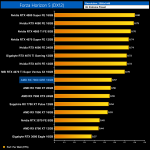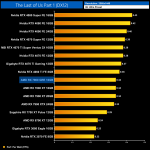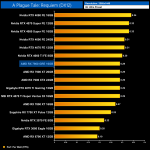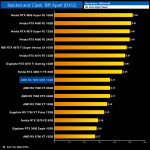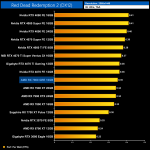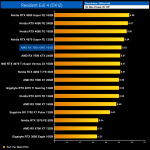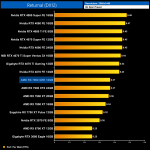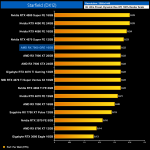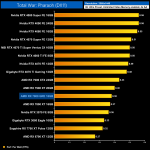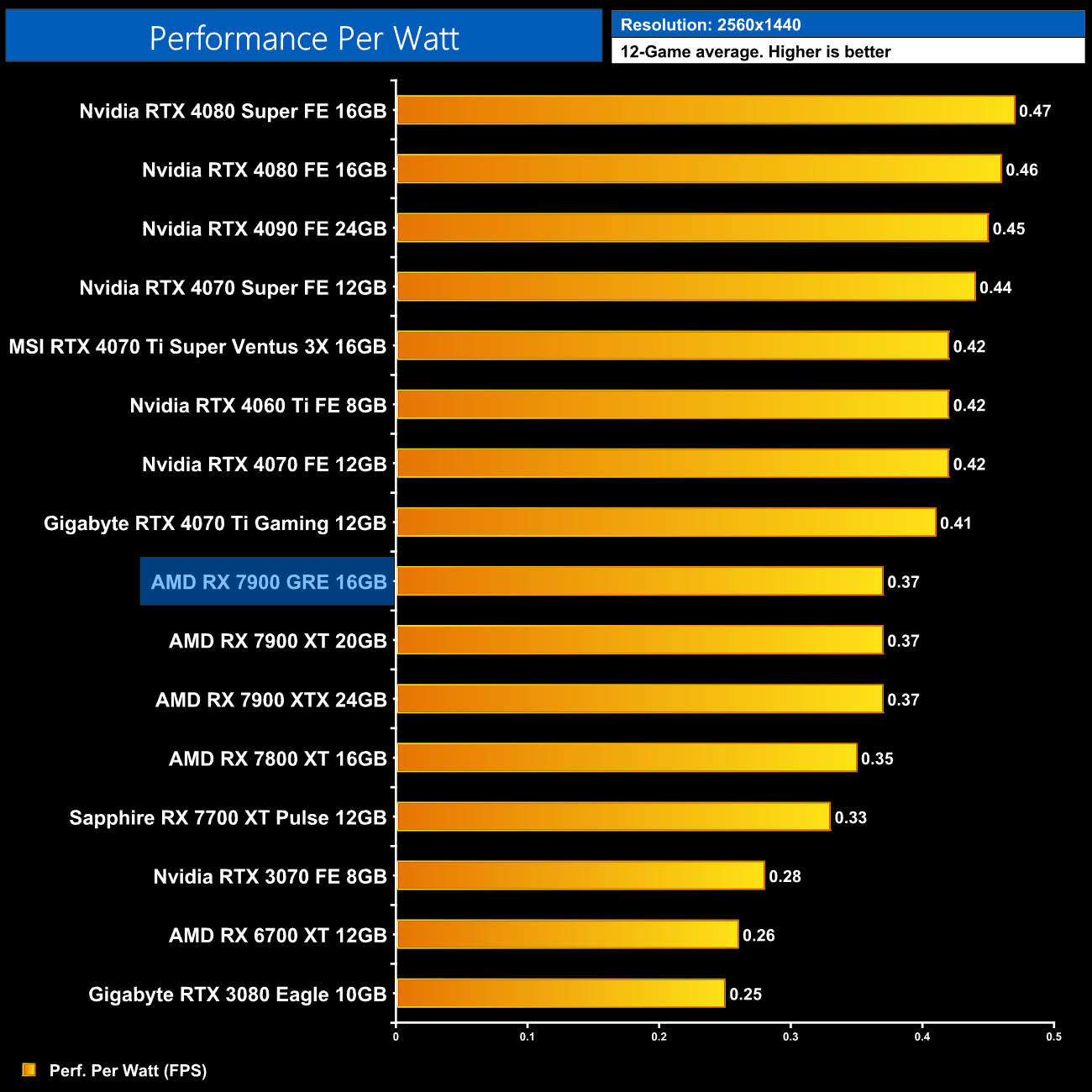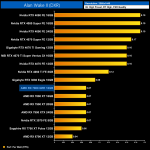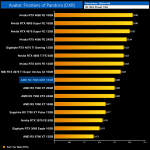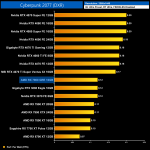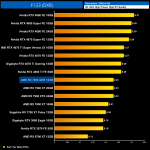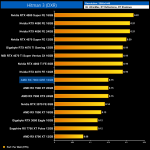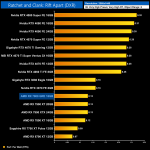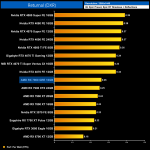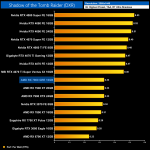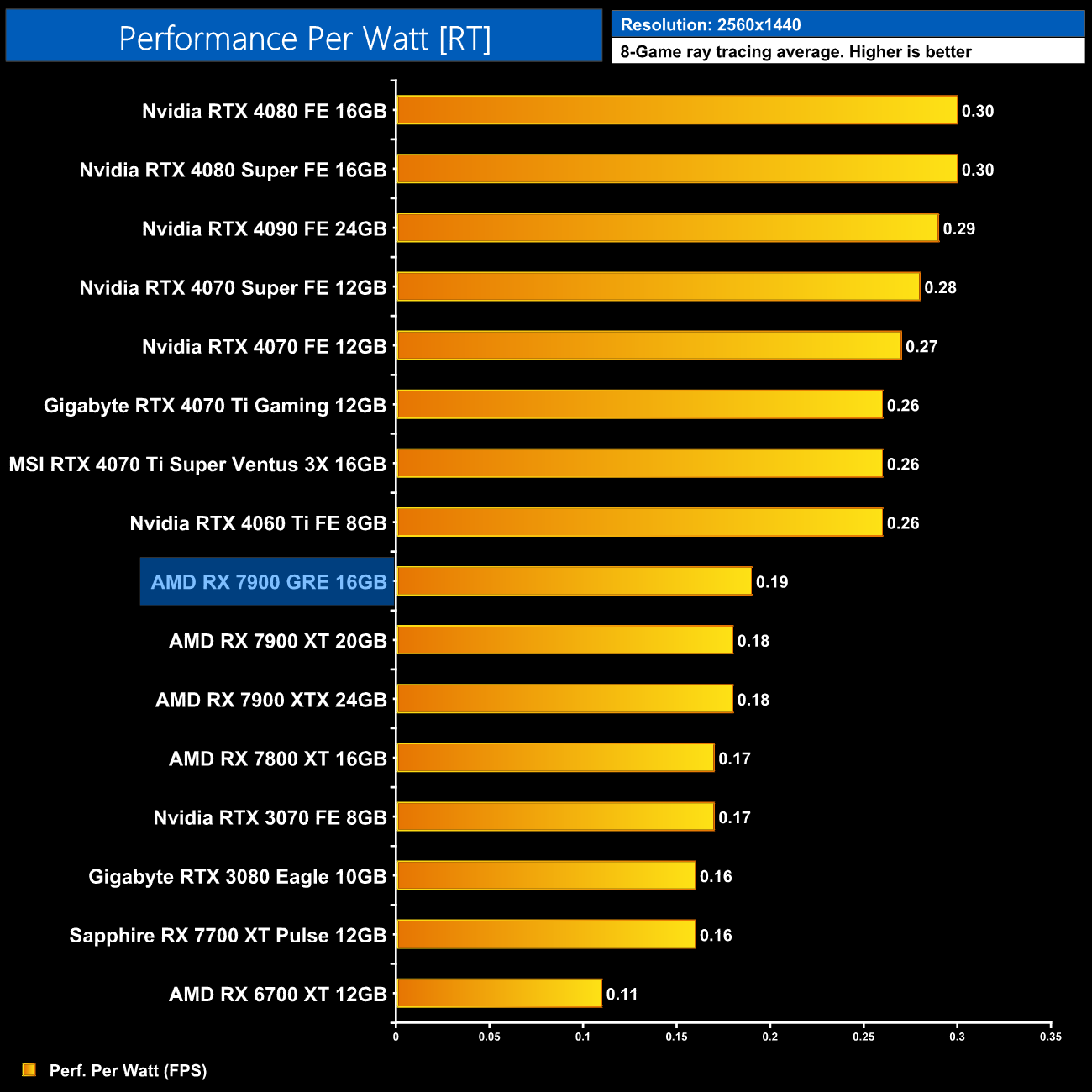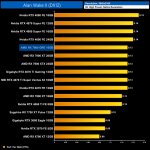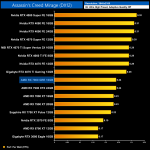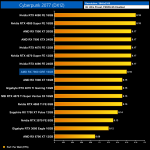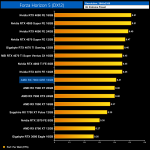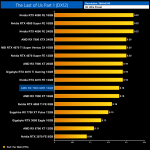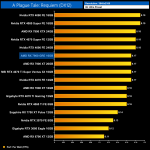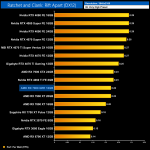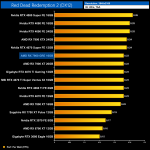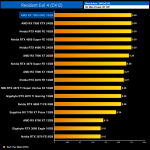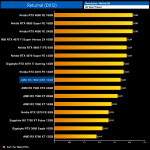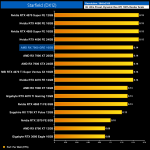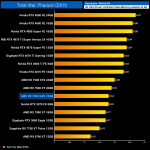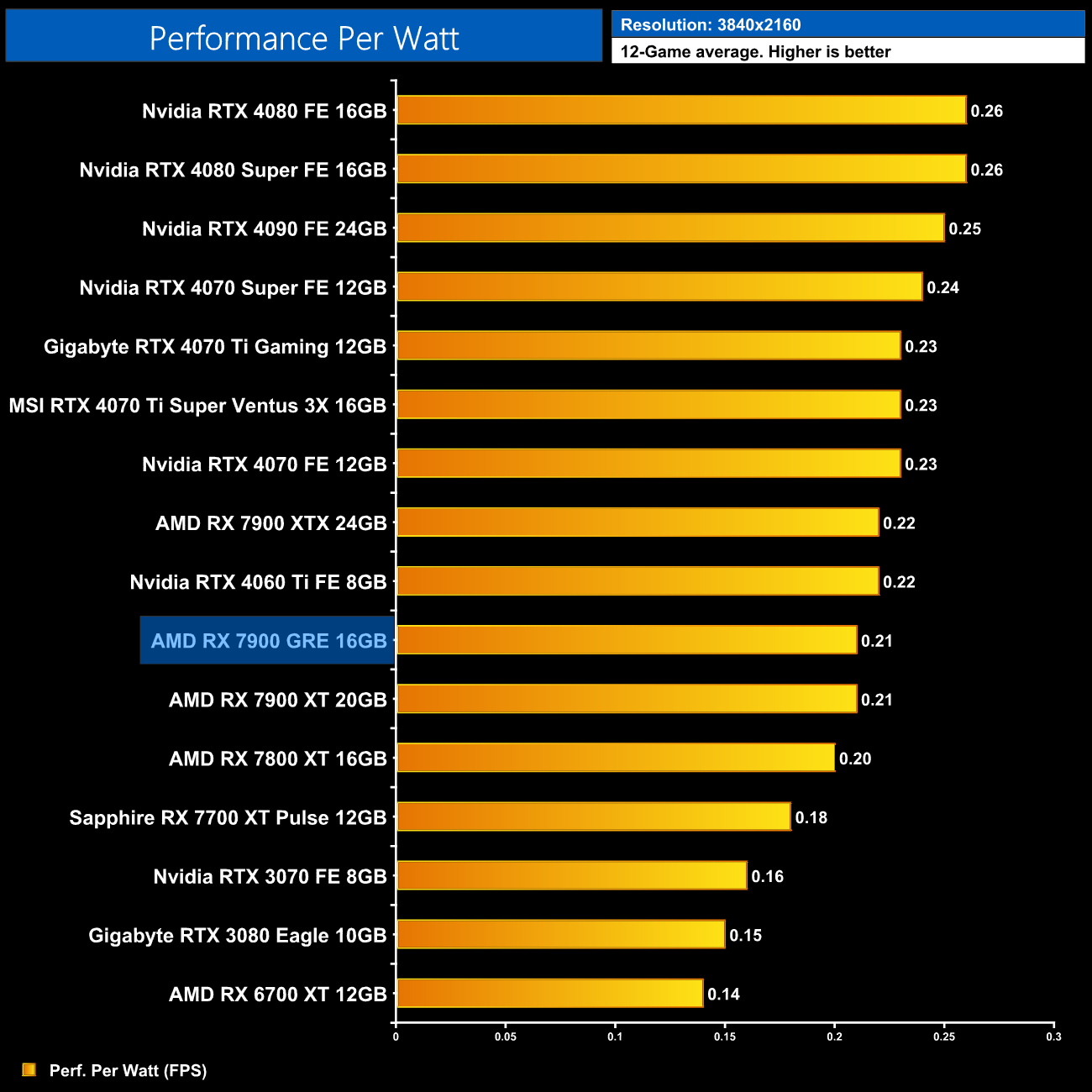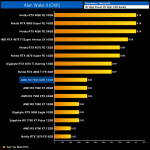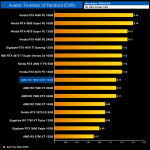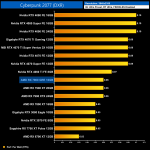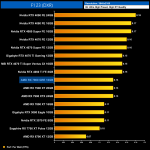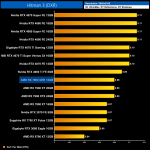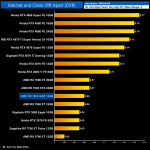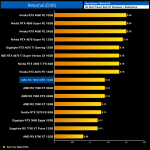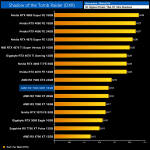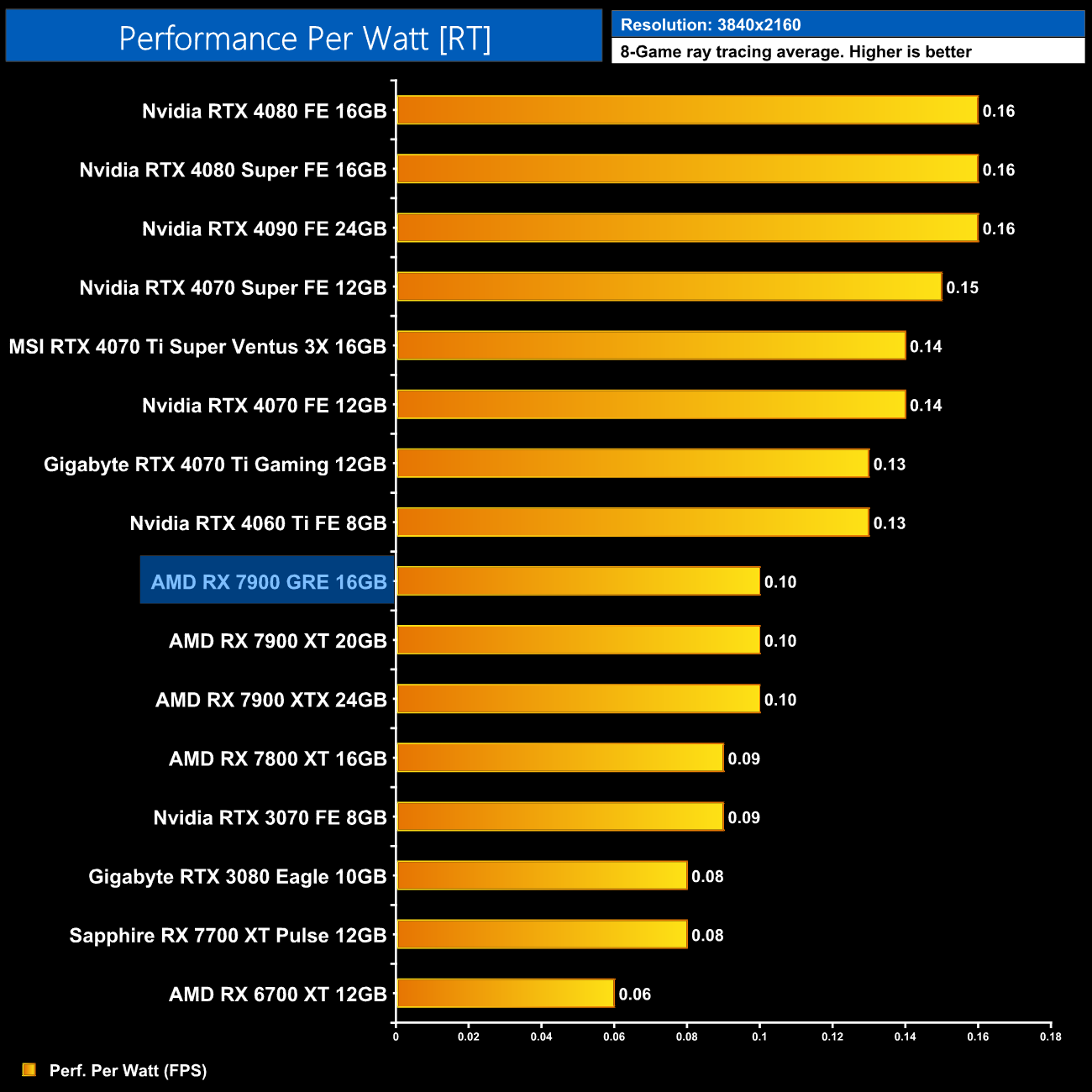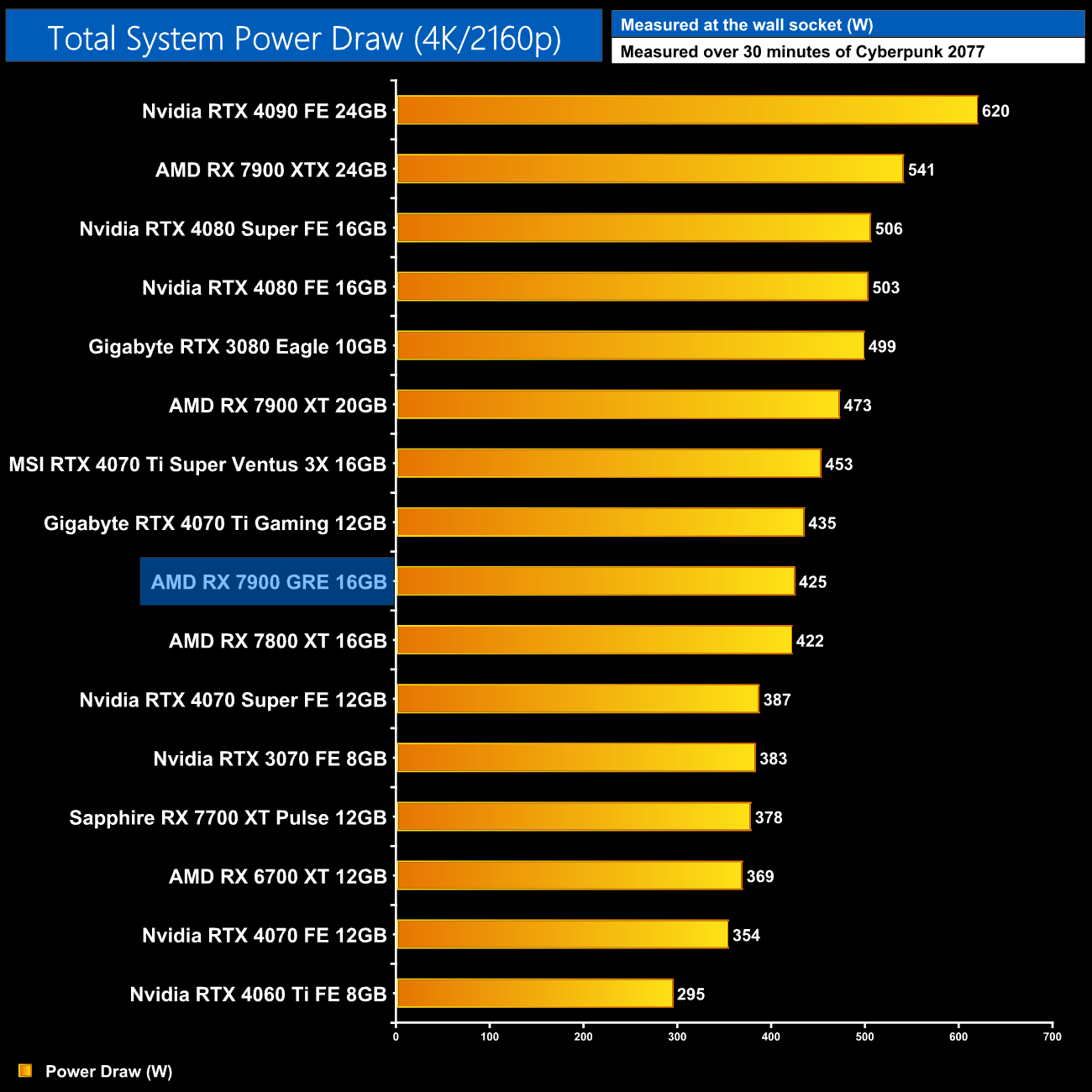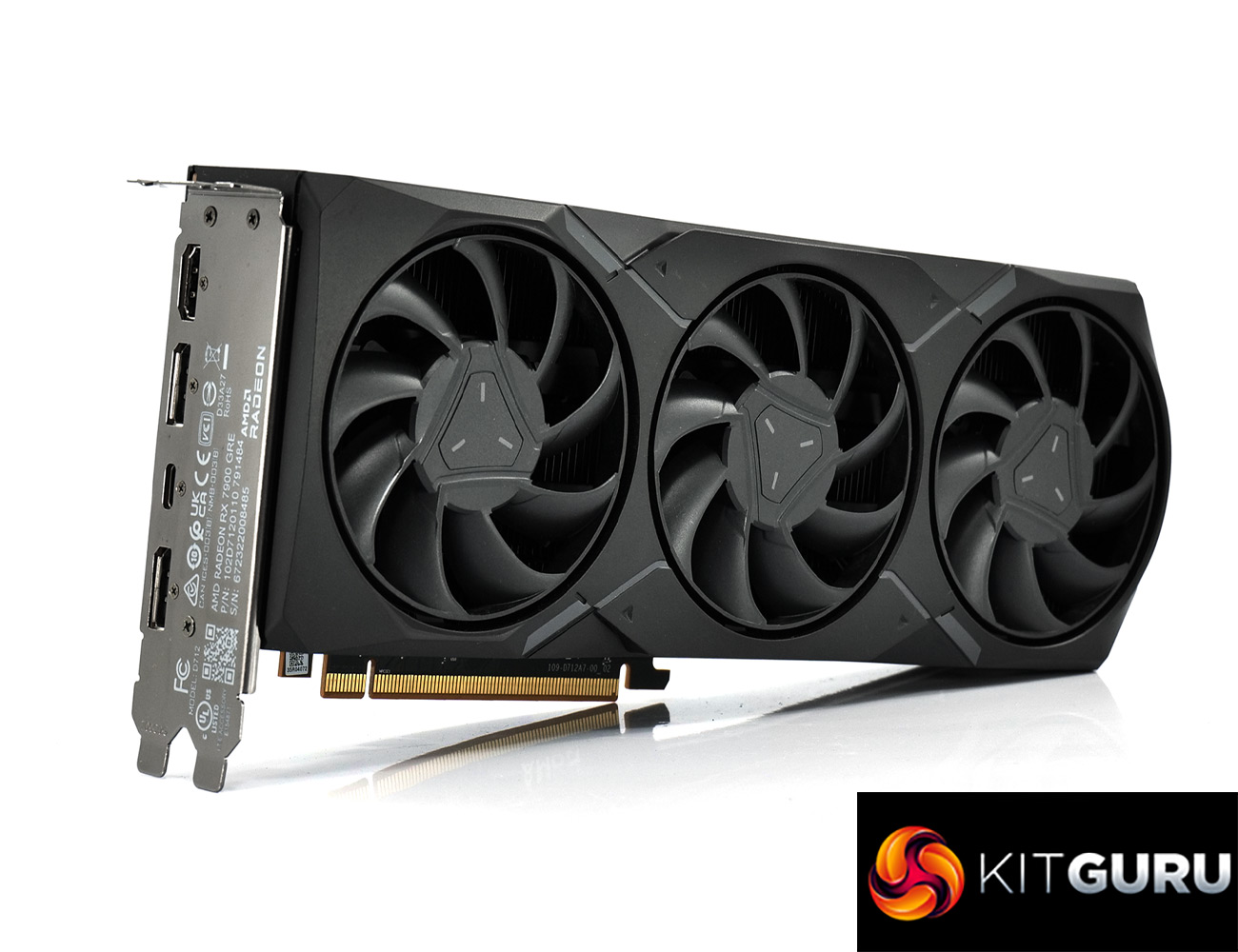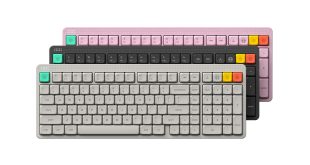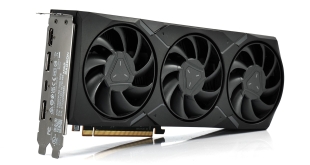
I have to be honest, today's review was not something I had on my radar in 2024. That's because we're taking a look at AMD's RX 7900 GRE graphics card, a product which first launched as an exclusive for the Chinese DIY market last July, before it eventually worked its way into the hands of system integrators. Today, however, AMD is announcing the worldwide availability of this GPU, alongside a new $549 price tag. We put it to the test and find out how it stacks up against the competition.
To put AMD's RX 7900 GRE into context, this GPU launched all the way back in July 2023 to little fan-fare, given it was originally sold as a China exclusive. That also explains the name, with GRE standing for Golden Rabbit Edition, as 2023 was the Year of the Rabbit. It's slightly ironic then that worldwide availability is happening now in 2024, the Year of the Dragon, but we digress… After its initial launch, the 7900 GRE began to be sold via system integrators in certain prebuilt PCs, and I even reviewed one such system from Cyberpower last November. Up until now though, it was only officially launched for the DIY market in China.
That changes today as AMD has announced worldwide availability for the RX 7900 GRE while also adjusting its price, given it first launched at $649 last year but will now be sold for $549. Clearly AMD feels it is well positioned to take on Nvidia's RTX 4070 Super, a product which has put significant pressure on AMD's Radeon division in the mid-range market segment since it launched last month.
In today's review then, we assess the RX 7900 GRE in its reference form, comparing it against a whole heap of products from both AMD and Nvidia, looking at rasterisation performance, ray tracing, power draw, efficiency and more…
If you want to read this review as a single page, click HERE.
| RX 7900 XTX | RX 7900 XT | RX 7900 GRE | RX 7800 XT | RX 7700 XT | |
| Architecture | RDNA 3 | RDNA 3 | RDNA 3 | RDNA 3 | RDNA 3 |
| Manufacturing Process | 5nm GCD + 6nm MCD | 5nm GCD + 6nm MCD | 5nm GCD + 6nm MCD | 5nm GCD + 6nm MCD | 5nm GCD + 6nm MCD |
| Transistor Count | 57.7 billion | 57.7 billion | 57.7 billion | 28.1 billion | 28.1 billion |
| Die Size | 300 mm² GCD
220 mm² MCD |
300 mm² GCD
220 mm² MCD |
300 mm² GCD
220 mm² MCD |
200 mm² GCD
150 mm² MCD |
200 mm² GCD
150 mm² MCD |
| Compute Units | 96 | 84 | 80 | 60 | 54 |
| Ray Accelerators | 96 | 84 | 80 | 60 | 54 |
| Stream Processors | 6144 | 5376 | 5120 | 3840 | 3456 |
| Game GPU Clock | Up to 2300MHz | Up to 2000 MHz | 1880 MHz | 2124 MHz | 2171 MHz |
| Boost GPU Clock | Up to 2500 MHz | Up to 2400 MHz | Up to 2245 MHz | Up to 2430 MHz | Up to 2544 MHz |
| ROPs | 192 | 192 | 192 | 96 | 96 |
| AMD Infinity Cache | 96MB | 80MB | 64MB | 64MB | 48MB |
| Memory | 24GB GDDR6 | 20GB GDDR6 | 16GB GDDR6 | 16GB GDDR6 | 12GB GDDR6 |
| Memory Data Rate | 20 Gbps | 20 Gbps | 18 Gbps | 19.5 Gbps | 18 Gbps |
| Memory Bandwidth | 960 GB/s | 800 GB/s | 576 GB/s | 624 GB/s | 432 GB/s |
| Memory Interface | 384-bit | 320-bit | 256-bit | 256-bit | 192-bit |
| Board Power | 355W | 315W | 260 W | 263W | 245W |
First, let's take a quick look at the specs. The RX 7900 GRE is using the same Navi 31 die that we first saw with the RX 7900 XTX and 7900 XT, but it has been significantly cut-down. Still, using the same die means we find a 300mm² Graphics Compute Die, based on TSMC's 5nm node, flanked by six 37mm² Memory Cache Dies (though two are disabled for the 7900 GRE). In total, the Navi 31 GPU packs 57.7 billion transistors.
While a full Navi 31 GPU packs in 96 Compute Units, the 7900 GRE is cut down to 80 CUs, 4 fewer than the 7900 XT, and each CU houses 64 Steam Processors, for a total of 5120 shaders. There's also 80 Ray Accelerators – one per CU – and 192 ROPs.
As for clock speed, AMD has de-coupled the clocks, so the front-end and shaders can operate at different clock speeds in a bid to save power. With the RX 7900 GRE, the shader clock features a rated game clock of up to 1880MHz, and a boost of up to 2245MHz, so that is a reduction of about 7% compared to the 7900 XT.
The memory configuration is where we see the biggest change compared to the 7900 XT, however. With two of the six MCDs disabled, the RX 7900 GRE packs 16GB of GDDR6 memory clocked at 18Gbps, operating over a 256-bit memory interface, for total memory bandwidth of 576 GB/s. 64MB of Infinity Cache is also present, which allows AMD to claim an ‘effective memory bandwidth' of up to 2265.6 GB/s.
Power draw for the RX 7900 GRE is also rated at 260W Total Board Power (TBP), but we are using our updated GPU power testing methodology in this review, so read on for our most detailed power and efficiency testing yet.
While we were sent a couple of partner cards for review, today we are only assessing the AMD RX 7900 GRE reference card, which was kindly supplied to us by PCSpecialist.
The design of this model is very similar to the RX 7900 XT, with its matte black metal shroud and triple-fan layout. It's not the same exact card, with the GRE being a bit smaller, but it's very much part of the family. We also get a triple-fan cooler, where each fan measures 80mm in diameter.
In terms of dimensions, the 7900 GRE measures in at approximately 268 x 110 x 50mm, so it's about 2.5 slots thick but relatively compact as modern cards go. It weighed in at 1140g on my scales.
The front side of the card is left fairly bare, with the aluminium finstack occupying most of the space. We also find a full-length metal backplate, with the Radeon branding printed in grey text towards the I/O bracket.
Power is delivered by two PCIe 8-pin connectors, while we also get the usual array of display outputs – 2x DisplayPort 2.1, 1x HDMI 2.1 and 1x USB-C.
Driver Notes
- AMD GPUs were benchmarked with the Adrenalin 23.12.1 driver.
- Nvidia GPUs (except RTX 4070 Super/RTX 4070 Ti Super) were benchmarked with the 546.33 driver.
- RTX 4070 Super was benchmarked with the 546.52 driver supplied to press.
- RTX 4070 Ti Super was benchmarked with the 551.15 driver supplied to press.
- RTX 4080 Super was benchmarked with the 551.22 driver supplied to press.
Results are only directly comparable where this exact configuration has been used.
Test System:
We test using a custom built system from PCSpecialist, based on Intel’s Rocket Lake platform. You can read more about this system HERE and configure your own PCSpecialist system HERE.
| CPU |
Intel Core i9-13900KS
|
| Motherboard |
Gigabyte Z790 Gaming X AX
|
| Memory |
32GB (2x16GB) Corsair Dominator Platinum RGB DDR5 6000MHz
|
| Graphics Card |
Varies
|
| SSD |
4TB Seagate Firecuda 530 Gen 4 PCIe NVMe
|
| Chassis | Corsair 5000D Airflow Tempered Glass Gaming Case |
| CPU Cooler |
Corsair iCUE H150i Elite RGB High Performance CPU Cooler
|
| Power Supply |
Corsair 1600W Pro Series Titanium AX1600i Digital Modular PSU
|
| Operating System |
Windows 11 23H2
|
| Monitor |
MSI Optix MPG321UR-QD
|
| Resizable BAR |
Enabled for all supported GPUs
|
Comparison Graphics Cards List
- AMD RX 7900 XTX 24GB
- AMD RX 7900 XT 20GB
- AMD RX 7800 XT 16GB
- Sapphire RX 7700 XT Pulse 12GB
- AMD RX 6700 XT 12GB
- Nvidia RTX 4090 FE 24GB
- Nvidia RTX 4080 Super FE 16GB
- Nvidia RTX 4080 FE 16GB
- MSI RTX 4070 Ti Super Ventus 3X 16GB
- Gigabyte RTX 4070 Ti Gaming 12GB
- Nvidia RTX 4070 FE 12GB
- Nvidia RTX 4060 Ti FE 8GB
- Gigabyte RTX 3080 Eagle 10GB
- Nvidia RTX 3070 FE 8GB
All cards were tested at reference specifications.
Software and Games List
- 3DMark Fire Strike & Fire Strike Ultra (DX11 Synthetic)
- 3DMark Time Spy (DX12 Synthetic)
- 3DMark DirectX Raytracing feature test (DXR Synthetic)
- Alan Wake II (DX12)
- Assassin's Creed Mirage (DX12)
- Avatar: Frontiers of Pandora (DX12)
- Cyberpunk 2077 (DX12)
- F1 23 (DX12)
- Forza Horizon 5 (DX12)
- Hitman 3 (DX12)
- The Last of Us Part 1 (DX12)
- Marvel's Spider-Man Remastered (DX12)
- A Plague Tale: Requiem (DX12)
- Ratchet and Clank: Rift Apart (DX12)
- Red Dead Redemption 2 (DX12)
- Resident Evil 4 (DX12)
- Returnal (DX12)
- Shadow of the Tomb Raider (DX12)
- Starfield (DX12)
- Total War: Pharaoh (DX11)
We run each benchmark/game three times, and present mean averages in our graphs. We use FrameView to measure average frame rates as well as 1% low values (99th percentile) across our three runs.
Fire Strike is a showcase DirectX 11 benchmark for modern gaming PCs. Its ambitious real-time graphics are rendered with detail and complexity far beyond other DirectX 11 benchmarks and games. Fire Strike includes two graphics tests, a physics test and a combined test that stresses the CPU and GPU. (UL).
3DMark Time Spy is a DirectX 12 benchmark test for Windows 10 gaming PCs. Time Spy is one of the first DirectX 12 apps to be built the right way from the ground up to fully realize the performance gains that the new API offers. With its pure DirectX 12 engine, which supports new API features like asynchronous compute, explicit multi-adapter, and multi-threading, Time Spy is the ideal test for benchmarking the latest graphics cards. (UL).
Kicking off with our 3DMark benchmarks, we can see graphics performance that closely matches the RTX 4070 Super, being almost identical in Time Spy and Time Spy Extreme.
Real-time ray tracing is incredibly demanding. The latest graphics cards have dedicated hardware that’s optimized for ray-tracing. The 3DMark DirectX Raytracing feature test measures the performance of this dedicated hardware. Instead of using traditional rendering techniques, the whole scene is ray-traced and drawn in one pass. The result of the test depends entirely on ray-tracing performance. (UL).
The 3DMark DXR feature test is much tougher on AMD GPUs as we know, and the 7900 GRE lags behind even the RTX 3080 here, while it's not a whole lot faster than the RTX 4060 Ti 8GB.
Alan Wake 2 is a 2023 survival horror game developed by Remedy Entertainment and published by Epic Games Publishing. A sequel to Alan Wake, the story follows best-selling novelist Alan Wake, who has been trapped in an alternate dimension for 13 years, as he attempts to escape by writing a horror story involving an FBI special agent named Saga Anderson. The game was released for PlayStation 5, Windows, and Xbox Series X/S on 27 October 2023. (Wikipedia)
Engine: Northlight. We test using the High preset, FSR set to native resolution, DX12 API.
Kicking off our game benchmarks with Alan Wake II, at 1440p the 7900 GRE manages 58FPS on average, and that puts it dead level with the RTX 4070 Super. It also marks a 10% improvement over the RX 7800 XT, while it's 19% slower than the 7900 XT.
At 4K, with no upscaling, frame rates drop to the low 30s so you'd likely enable FSR here, but once again we're looking at very similar performance to the 4070 Super, and about a 10% gain over the 7800 XT.
Assassin's Creed Mirage is a 2023 action-adventure game developed by Ubisoft Bordeaux and published by Ubisoft. The game is the thirteenth major instalment in the Assassin's Creed series and the successor to 2020's Assassin's Creed Valhalla. Mirage was released for PlayStation 4, PlayStation 5, Windows, Xbox One, and Xbox Series X/S on October 5, 2023. (Wikipedia).
Engine: AnvilNext 2.0. We test using the Ultra High preset, Adaptive Quality disabled, DX12 API.
Assassin's Creed Mirage is up next and while an average framerate of 109FPS at 1440p using maximum image quality settings is great, it's only 4% faster than the 7800 XT, despite having a third more cores and costing an extra 50 bucks.
At 4K that gap shrinks, and the 7900 GRE is just 3% faster than the 7800 XT, while it's 3% slower than the 4070 Super, with all three GPUs hovering around the 60FPS mark.
Cyberpunk 2077 is a 2020 action role-playing video game developed and published by CD Projekt. The story takes place in Night City, an open world set in the Cyberpunk universe. Players assume the first-person perspective of a customisable mercenary known as V, who can acquire skills in hacking and machinery with options for melee and ranged combat. Cyberpunk 2077 was released for Microsoft Windows, PlayStation 4, Stadia, and Xbox One on 10 December 2020. (Wikipedia).
Engine: REDengine 4. We test using the Ultra preset, FSR disabled, DX12 API.
Cyberpunk 2077 is a decent showing for the RX 7900 GRE, it comes in 5% faster than the 4070 Super and actually on par with the original 4070 Ti. The gains over the 7800 XT still aren't massive however, with just a 6% uplift on offer,
4K gaming is also just about manageable if you're happy with 40FPS using native resolution, with the GRE again coming in 5% faster than the 4070 Super.
Forza Horizon 5 is a 2021 racing video game developed by Playground Games and published by Xbox Game Studios. The twelfth main instalment of the Forza series, the game is set in a fictionalised representation of Mexico. It was released on 9 November 2021 for Microsoft Windows, Xbox One, and Xbox Series X/S. (Wikipedia).
Engine: ForzaTech. We test using the Extreme preset, DX12 API.
Forza Horizon 5 is next and this one runs very well using the Extreme preset, and with the GRE delivering 142FPS on average at 1440p, it slots neatly between the 4070 Super and 4070 Ti, while it's 12% faster than the 7800 XT.
Up at 4K we still get a smooth 102FPS average frame rate too, so that's a small 4% lead over the 4070 Super, while we're looking at a 16% deficit compared to the 7900 XT.
The Last of Us Part I is a 2022 action-adventure game developed by Naughty Dog and published by Sony Interactive Entertainment. A remake of the 2013 game The Last of Us, it features revised gameplay, including enhanced combat and exploration, and expanded accessibility options. It was released for Microsoft Windows in March 2023. (Wikipedia).
Engine: Naughty Dog in-house engine. We test using the Ultra preset, DX12 API.
Next up we come to The Last of Us Part 1. Performance in this one is very weird, it's on-par with the 4070 Super at 1440p which is a reasonable result, but the 7900 GRE is no faster than the 7800 XT either.
We see the same at 4K, too. 45FPS on average with no upscaling is a decent showing, but we're still looking at no real performance difference compared to the 7800 XT which is disappointing.
A Plague Tale: Requiem is an action-adventure stealth game developed by Asobo Studio and published by Focus Entertainment. It is the sequel to A Plague Tale: Innocence (2019), and follows siblings Amicia and Hugo de Rune who must look for a cure to Hugo's blood disease in Southern France while fleeing from soldiers of the Inquisition and hordes of rats that are spreading the black plague. The game was released for Nintendo Switch, PlayStation 5, Windows, and Xbox Series X/S on 18 October 2022. (Wikipedia).
Engine: Asobo Studio in-house engine. We test using the Ultra preset, DX12 API.
As for A Plague Tale: Requiem, at 1440p the 7900 GRE is once again trading blows with the 4070 Super, as both GPUs deliver frame rates in the low 70s.
Up at 4K we're now looking at 42FPS on average, so just a single frame difference compared to the 4070 Super, while the GRE is 9% faster than the 7800 XT.
Ratchet & Clank: Rift Apart is a 2021 third-person shooter platform game developed by Insomniac Games and published by Sony Interactive Entertainment for the PlayStation 5. It is the ninth main installment in the Ratchet & Clank series and a sequel to Ratchet & Clank: Into the Nexus. Rift Apart was announced in June 2020 and was released on June 11, 2021. A Windows port by Nixxes Software was released on July 26, 2023. (Wikipedia).
Engine: Insomniac Games in-house engine. We test using the Very High preset, DX12 API.
Ratchet and Clank: Rift Apart continues to cause issues for Nvidia GPUs and the 1% lows – the 7900 GRE is 11% slower than the 4070 Super when looking at average FPS for instance, but 6% faster in terms of the 1% lows.
That evens out at 4K though, and now the 7900 GRE is about level with the original 4070, while it's 10% faster than the 7800 XT.
Red Dead Redemption 2 is a 2018 action-adventure game developed and published by Rockstar Games. The game is the third entry in the Red Dead series and is a prequel to the 2010 game Red Dead Redemption. Red Dead Redemption 2 was released for the PlayStation 4 and Xbox One in October 2018, and for Microsoft Windows and Stadia in November 2019. (Wikipedia).
Engine: Rockstar Advance Game Engine (RAGE). We test by manually selecting Ultra settings (or High where Ultra is not available), TAA, DX12 API.
Red Dead Redemption 2 continues to perform well on AMD GPUs, with the 7900 GRE on par with the 4070 Ti at 1440p, making it 6% faster than the 4070 Super. It's also 11% faster than the 7800 XT but 17% behind the 7900 XT.
Up at 4K it extends its lead over the 4070 Super to an 8% margin, while it also offers a 12% uplift over the 7800 XT.
Resident Evil 4 is a 2023 survival horror game developed and published by Capcom. It is a remake of the 2005 game Resident Evil 4. Players control the US agent Leon S. Kennedy, who must save Ashley Graham, the daughter of the United States president, from the mysterious Los Illuminados cult. Resident Evil 4 was announced in June 2022 and released on PlayStation 4, PlayStation 5, Windows, and Xbox Series X/S on March 24, 2023.
Engine: RE Engine. We test using the Max preset with ray tracing disabled, DX12 API.
Resident Evil 4 is another game that favours AMD hardware, with the 7900 GRE on par with the 4070 Ti at 1440p, while we're again looking at an 11% uplift over the 7800 XT.
It does the job at 4K too, hitting 74FPS, and that draws it almost level with the 4070 Ti Super, which is an impressive showing for Team Red in this title.
Returnal is a 2021 roguelike video game developed by Housemarque and published by Sony Interactive Entertainment. It was released for the PlayStation 5 on April 30, 2021 and Windows on February 15, 2023. The game follows Selene Vassos, an astronaut who lands on the planet Atropos in search of the mysterious “White Shadow” signal and finds herself trapped in a time loop. (Wikipedia).
Engine: Unreal Engine 4. We test using the Epic preset with ray tracing disabled, DX12 API.
Returnal shows more competitive performance from the 7900 GRE, as at 1440p it is a hair faster than the RTX 4070 Super and not too far behind the 4070 Ti.
Stepping up to 4K also remains viable with an average of 54FPS, and this makes it 13% faster than the 7800 XT, which is the biggest different we saw across our rasterised benchmarks.
Starfield is a 2023 action role-playing game developed by Bethesda Game Studios and published by Bethesda Softworks. Announced in 2018, Starfield was delayed several times. The game was released for Windows and Xbox Series X/S on September 6, 2023. (Wikipedia).
Engine: Creation Engine 2. We test using the Ultra preset, with 100% resolution scale, dynamic resolution disabled, DX12 API.
Moving onto Starfield, despite several patches seeing Nvidia performance come on significantly, it does still favour AMD GPUs. At 1440p for instance, the 7900 GRE is 8% faster than the 4070 Super and only just behind the 4070 Ti.
4K is a tough ask in Starfield though without using FSR, but we still see a healthy 9% lead for the GRE over the 4070 Super, and it's 11% faster than the 7800 XT here.
Total War: Pharaoh is a turn-based strategy real-time tactics video game developed by Creative Assembly Sofia and published by Sega. Part of the Total War series, Pharaoh is set in the New Kingdom of Egypt and its surrounding areas before the Late Bronze Age collapse. The game was released for Windows PC on October 11, 2023. (Wikipedia).
Engine: TW Engine 3 (Warscape). We test using the Ultra preset, 4X AA, with unlimited video memory enabled, DX11 API.
Finally we finish up with Total War: Pharaoh, a game with a preference for Nvidia GPUs, and at 1440p the 7900 GRE struggles. It's slower than the vanilla 4070 for instance, and 13% behind the 4070 Super, while we're only looking at a 5% boost over the 7800 XT.
The same also goes at 4K, with very similar performance scaling, so it's not one of the 7900 GRE's better games we have tested.
Here we present frame rate figures for each graphics card, averaged across all 12 games on test today. These figures can disguise significant variations in performance from game to game, but provide a useful overview of the sort of performance you can expect at each resolution tested.
Overall, across the 12 games tested, the RX 7900 GRE averaged 92FPS at 1440p, putting it neck-and-neck with the RTX 4070 Super, as there's less than a 1% difference between the two. This means the GRE is 8% faster than the RX 7800 XT, which isn't a massive difference considering the fact it has a third more cores, while it is 18% slower than the RX 7900 XT.
4K gaming isn't out of the question either, and once again performance is very close to that of the 4070 Super, while it's 9% faster than the 7800 XT. We're also looking at a deficit of just 6% versus the original 4070 Ti, while the GRE is 19% slower than the 7900 XT.
Current retail pricing
Using the average frame rate data presented earlier in the review, here we look at the cost per frame using current UK prices for each GPU.
*** Please note, the £529 figure used for the RX 7900 GRE is a best guess as I am writing this review a few days in advance, and UK pricing is not yet confirmed.
Looking at cost per frame based on the 7900 GRE landing at £529, we can see value would be about the same of the RX 7800 XT. It wouldn't look like much better value than the RTX 4070 Super however, reducing cost per frame by just 6%, and of course that doesn't factor in other features like DLSS or ray tracing performance.
Alan Wake 2 is a 2023 survival horror game developed by Remedy Entertainment and published by Epic Games Publishing. A sequel to Alan Wake, the story follows best-selling novelist Alan Wake, who has been trapped in an alternate dimension for 13 years, as he attempts to escape by writing a horror story involving an FBI special agent named Saga Anderson. The game was released for PlayStation 5, Windows, and Xbox Series X/S on 27 October 2023. (Wikipedia)
Engine: Northlight. We test using the High preset, High Ray Tracing preset, FSR set to Quality upscaling, DXR API.
Starting our look at ray tracing performance with Alan Wake 2, AMD GPUs struggle with the path traced lighting in this title, reducing the RX 7900 GRE to a mere 18FPS at 1440p, and that's with FSR Quality upscaling. Clearly, an Nvidia GPU is almost a requirement to play with the RT High preset here.
Avatar: Frontiers of Pandora is a 2023 open world action-adventure game based on the Avatar film series, developed by Massive Entertainment and published by Ubisoft. The game was released for Amazon Luna, PlayStation 5, Windows, and Xbox Series X/S on December 7, 2023. (Wikipedia).
Engine: Snowdrop. We test using the Ultra preset, TAA, DXR API. DLSS/FSR are disabled.
Avatar: Frontiers of Pandora is a lot more performant with the 7900 GRE, hitting 48FPS without any form of upscaling. That puts it level with the likes of the RTX 3080 10GB and RTX 4070, while it's 15% faster than the 7800 XT here.
Cyberpunk 2077 is a 2020 action role-playing video game developed and published by CD Projekt. The story takes place in Night City, an open world set in the Cyberpunk universe. Players assume the first-person perspective of a customisable mercenary known as V, who can acquire skills in hacking and machinery with options for melee and ranged combat. Cyberpunk 2077 was released for Microsoft Windows, PlayStation 4, Stadia, and Xbox One on 10 December 2020. (Wikipedia).
Engine: REDengine 4. We test using the Ray Tracing: Ultra preset, DXR API. DLSS/FSR are disabled.
Cyberpunk 2077 is another tough ask for the 7900 GRE, and this isn't even with RT Overdrive enabled! At 1440p it's significantly slower than the vanilla RTX 4070 and barely faster than the 4060 Ti 8GB.
F1 23 is a racing video game developed by Codemasters and published by EA Sports. It is the sixteenth entry in the F1 series by Codemasters. It holds the official licence for the 2023 Formula One and Formula 2 championships. The game was released for Microsoft Windows, PlayStation 4, PlayStation 5, Xbox One, Xbox Series X/S, and Linux (through Valve's Proton compatibility layer) on 16 June 2023. (Wikipedia).
Engine: EGO. We test using the Ultra High preset, High ray tracing quality, DXR API. DLSS/FSR are disabled.
F1 23 is a lot more competitive, with the 7900 GRE edging ahead of the RTX 4070 at 1440p and also delivering 13% more performance than the 7800 XT, though it's still 10% behind the 4070 Super.
Hitman 3 is a 2021 stealth game developed and published by IO Interactive. Hitman 3 was released worldwide for PlayStation 4, PlayStation 5, Windows, Xbox One, Xbox Series X/S, Stadia, and Nintendo Switch (via cloud gaming) on 20 January 2021. (Wikipedia).
Engine: Glacier. We test using Ultra settings, RT Reflections, RT Shadows, DXR API. DLSS/FSR are disabled.
Hitman 3 is another very tough test and without upscaling, we're looking at just 37FPS for the 7900 GRE, so that makes it level with the RTX 4070 but 15% behind the 4070 Super.
Ratchet & Clank: Rift Apart is a 2021 third-person shooter platform game developed by Insomniac Games and published by Sony Interactive Entertainment for the PlayStation 5. It is the ninth main installment in the Ratchet & Clank series and a sequel to Ratchet & Clank: Into the Nexus. Rift Apart was announced in June 2020 and was released on June 11, 2021. A Windows port by Nixxes Software was released on July 26, 2023. (Wikipedia).
Engine: Insomniac Games in-house engine. We test using the Very High preset, Very High ray tracing, DX12 API. DLSS/FSR are disabled.
The 7900 GRE gets pummelled in Ratchet and Clank, too, averaging 32FPS at native 1440p, making it a whopping 46% slower than the 4070 Super – even the RTX 3070 is faster here.
Returnal is a 2021 roguelike video game developed by Housemarque and published by Sony Interactive Entertainment. It was released for the PlayStation 5 on April 30, 2021 and Windows on February 15, 2023. The game follows Selene Vassos, an astronaut who lands on the planet Atropos in search of the mysterious “White Shadow” signal and finds herself trapped in a time loop. (Wikipedia).
Engine: Unreal Engine 4. We test using the Epic preset, Epic ray traced shadows and reflections, DX12 API. DLSS/FSR are disabled.
The Unreal Engine 4-based Returnal sees a much more competitive fight – the 7900 GRE still can't match the 4070 Super, but it is on par with the 4070, and about 11% faster than the 7800 XT here.
Shadow of the Tomb Raider is a 2018 action-adventure video game developed by Eidos-Montréal and published by Square Enix's European subsidiary. It continues the narrative from the 2015 game Rise of the Tomb Raider and is the twelfth mainline entry in the Tomb Raider series, as well as the third and final entry of the Survivor trilogy. The game was originally released worldwide for PlayStation 4, Windows, and Xbox One. (Wikipedia).
Engine: Foundation Engine. We test using the Highest preset, RT Ultra Shadows, DXR API. DLSS/FSR are disabled.
Lastly, we close with Shadow of the Tomb Raider, a game that only utilises ray traced shadows. Despite that, the 7900 GRE lags behind even the vanilla RTX 4070, delivering 10% more performance than the 7800 XT at 1440p.
Ray tracing 8-game average FPS
Across the 8 ray traced games tested, it is clear that Nvidia is the stronger choice if you value this feature. At 1440p, the 7900 GRE is 12% slower than the vanilla RTX 4070 for instance, a product that can now be found for £500. It does scale better versus the 7800 XT when ray tracing is enabled, being 12% faster on average, compared to 8% when looking at rasterised performance – but it's 24% behind the RTX 4070 Super.
Cost per frame, current pricing data
*** Please note, the £529 figure used for the RX 7900 GRE is a best guess as I am writing this review a few days in advance, and UK pricing is not yet confirmed.
In terms of ray traced cost per frame then, if the guesstimate £529 figure turns out to be accurate, we're looking at value that's 25% worse than the RTX 4070 Super. Obviously, if the confirmed price is slightly lower then relative value will increase, and vice versa, but the overall trend is clear – Nvidia offers the best value for ray tracing.
Here we present the average clock speed for each graphics card while running Cyberpunk 2077 for 30 minutes. We use GPU-Z to record the GPU core frequency during gameplay. We calculate the average core frequency during the 30 minute run to present here.
So far we've only tested one RX 7900 GRE model, being the reference card. Overall clock speed behaviour of this model sees the initial boost period hit just over 2300MHz before it settles down after a couple of minutes, hovering just above 2200MHz for the remainder of our stress test. Over the 30 minutes recorded, it averaged 2214MHz, a fair bit slower than the likes of the 7900 XT which typically ran at 2500MHz. It will be interesting to see if partner cards from the likes of Sapphire and PowerColor can improve on this.
For our temperature testing, we measure the peak GPU core temperature under load. A reading under load comes from running Cyberpunk 2077 for 30 minutes.
As mentioned, we've only tested one 7900 GRE model so far so we have no other point of comparison, but the reference model saw the GPU hit 71C with the hot spot at 88C, fairly typical performance for an AMD reference design.
We take our noise measurements with the sound meter positioned 1 foot from the graphics card. I measured the noise floor to be 32 dBA, thus anything above this level can be attributed to the graphics cards. The power supply is passive for the entire power output range we tested all graphics cards in, while all CPU and system fans were disabled. A reading under load comes from running Cyberpunk 2077 for 30 minutes.
The reference 7900 GRE is very quiet, too, with its three fans spinning at just 42%/1125rpm in my testing, resulting in a noise reading of just 34dBa.
Here we present power draw figures for the graphics card-only, on a per-game basis for all twelve games we tested at 1080p. This is measured using Nvidia's Power Capture Analysis Tool, also known as PCAT. You can read more about our updated power draw testing methodology HERE.
Per-Game Results at 1080p:
Click to enlarge.
12-Game Average at 1080p:
Power draw averaged over all twelve games tested came in a touch below the rated 260W TBP, hitting 247.8W in my testing, and that was very consistent across all the games I tested, as you can see at the top of this page.
Ray tracing results
As a bonus, we now include the power figures for all six games we test with ray tracing enabled.
8-Game ray tracing average:
Here we present power draw figures for the graphics card-only, on a per-game basis for all twelve games we tested at 1440p. This is measured using Nvidia's Power Capture Analysis Tool, also known as PCAT. You can read more about our updated power draw testing methodology HERE.
Per-Game Results at 1440p:
Click to enlarge.
12-Game Average at 1440p:
Average power draw is basically unchanged at 1440p compared to the 1080p data, still hovering below the 250W, while the 7900 GRE pulls just 4W more than the RX 7800 XT.
Ray tracing results
As a bonus, we now include the power figures for all six games we test with ray tracing enabled.
8-Game ray tracing average:
Here we present power draw figures for the graphics card-only, on a per-game basis for all twelve games we tested at 2160p (4K). This is measured using Nvidia's Power Capture Analysis Tool, also known as PCAT. You can read more about our updated power draw testing methodology HERE.
Per-Game Results at 2160p (4K):
Click to enlarge.
12-Game Average at 2160p (4K):
We see the same exact average power draw at 4K as we did at 1440p, the with 7900 GRE pulling 248.2W over the twelve games tested.
Ray tracing results
As a bonus, we now include the power figures for all six games we test with ray tracing enabled.
8-Game ray tracing average:
Using the graphics card-only power draw figures presented earlier in the review, here we present performance per Watt on a per-game basis for all twelve games we tested at 1080p.
Per-Game Results at 1080p:
Click to enlarge.
12-Game Average at 1080p:
At 1080p, performance per Watt is actually the best of all RDNA 3 GPUs tested – not by much, but it creeps ahead of the RX 7800 XT by 4%.
Ray tracing results
As a bonus, we now include the power figures for all six games we test with ray tracing enabled.
8-Game ray tracing average:
Using the graphics card-only power draw figures presented earlier in the review, here we present performance per Watt on a per-game basis for all twelve games we tested at 1440p.
Per-Game Results at 1440p:
Click to enlarge.
12-Game Average at 1440p:
At 1440p, performance per Watt is now level with the RX 7900 XT and XTX. It's still fractionally improved over the RX 7800 XT, but we're talking very small differences here. That means Ada Lovelace remains the more efficient architecture, with the 4070 Super offering 19% better performance per Watt.
Ray tracing results
As a bonus, we now include the power figures for all six games we test with ray tracing enabled.
8-Game ray tracing average:
Using the graphics card-only power draw figures presented earlier in the review, here we present performance per Watt on a per-game basis for all twelve games we tested at 2160p (4K).
Per-Game Results at 2160p (4K):
Click to enlarge.
12-Game Average at 2160p (4K):
Lastly, at 4K we can see overall efficiency is still level with the RX 7900 XT and a hair ahead of the RX 7800 XT.
Ray tracing results
As a bonus, we now include the power figures for all six games we test with ray tracing enabled.
8-Game ray tracing average:
We measure system-wide power draw from the wall while running Cyberpunk 2077 for 30 minutes (4K resolution).
Our final test is a look at total system power draw, which hit 425W in Cyberpunk 2077 at 4K, though of course this will vary depending on the system specs, the games tested and at what resolution you are playing.
The RX 7900 GRE is an interesting graphics card, first launched as an exclusive for the Chinese market in July 2023, but AMD is now announcing worldwide availability for this GPU starting tomorrow, February 27th, with a retail price of $549.
While the RX 7900 GRE is built on the Navi 31 die as per the RX 7900 XT and 7900 XTX, it is significantly cut down, featuring fewer cores, but crucially two of the six Memory Compute Dies (MCDs) have been disabled, reducing VRAM to 16GB and also lowering memory bandwidth. Even with that in mind, the performance of the 7900 GRE is much closer to that of the RX 7800 XT, as we saw it comes in 8% faster on average at 1440p, while it is 18% slower than the RX 7900 XT. We're also looking at basically identical raster performance to the RTX 4070 Super, while it's 6% slower than the vanilla RTX 4070 Ti.
The comparison against the RX 7800 XT is particularly interesting, given the 7900 GRE actually offers 33% more cores and a similar memory configuration. Yes, it does clock a bit slower overall and memory speed is at 18Gbps, not 19.5Gbps as with the 7800 XT, but it's still a relatively small performance increase given it packs in a third more SMs. It certainly appears that the memory configuration is struggling to adequately feed the increased number of cores, while it's also possible the relatively conservative 260W power limit is a factor too.
Things do scale slightly differently when ray tracing is enabled, as we saw the 7900 GRE outperform the 7800 XT by 12% on average over the eight games tested. That said, it is clear that anyone who values ray tracing performance is better served by an Nvidia GPU, given the 7900 GRE is 12% and 24% slower than the RTX 4070 and RTX 4070 Super, respectively. Those Nvidia GPUs also offer support for DLSS, which we believe is a superior upscaling technology to AMD's FSR solution.
While AMD's board partners have released a number of partner cards for the 7900 GRE's global launch, today we have assessed the reference model and found it to deliver decent results. Thermals are kept in check by the triple-fan cooler, and it is pleasingly quiet, but we will wait to see how the likes of Gigabyte and Sapphire can improve on the MBA design.
Power draw is also a touch lower than the rated 260W TBP, averaging 248.2W across the twelve games we tested at both 1440p and 4K resolution. That means performance per Watt is a hair better than the RX 7800 XT, but on par with the RX 7900 XT, and RDNA 3 still lags behind Ada Lovelace in terms of overall efficiency, by about 19% when compared against the RTX 4070 Super.
On reflection then, the RX 7900 GRE isn't necessarily a bad product, but it's not a particularly great one either. I can understand that AMD probably has a good chunk of Navi 31 dies that didn't make the cut to be sold as RX 7900 XTs which is why the RX 7900 GRE is a thing, but I wouldn't necessarily say it has improved AMD's competitveness in the mid-range market segment.
In fact, I'd argue that AMD is in a slightly worse position now than it was two months ago, all due to the strength of Nvidia's 40-series Super refresh. From September to December last year, AMD's RX 7800 XT offered performance that was 7% faster on average than Nvidia's $600 product (the original RTX 4070), while also costing $100 less. Today, the RX 7900 GRE is no faster than Nvidia's new $600 product (the RTX 4070 Super) and it's also only $50 cheaper.
I think you could have made a much more convincing argument to pick the 7800 XT over the 4070 two months ago, than you can today for the choosing the 7900 GRE over the 4070 Super, given Nvidia's strength when it comes to ray tracing performance, support for DLSS, and overall efficiency. The main reason to opt for the RX 7900 GRE instead would be for the larger framebuffer, which is certainly a valid point, but I don't think it's a big enough selling point to ignore all the other advantages Nvidia has up its sleeve.
That leaves me thinking AMD's line-up is in need of some price adjustments to keep things more competitive. If the RX 7900 GRE restored a $100 price differential between itself and the 4070 Super, then it would instantly look a lot more attractive. As things stand, I imagine most buyers would be happy paying a $50 premium for the RTX 4070 Super given its aforementioned advantages.
We don't yet have a buy link for the AMD RX 7900 GRE but it will be on sale from February 27th, with a $549 MSRP. UK pricing is not yet confirmed at the time of writing.
Pros
- Solid raster performance that works well for 1440p Ultra gaming.
- Slightly better value than 4070 Super for rasterisation.
- 16GB VRAM.
- Reference card runs fairly cool and quiet.
Cons
- Not as appealing vs the competition as the 7800 XT was two months ago.
- RTX 4070 Super is only $50 more but offers much better ray tracing performance and support for DLSS.
- Overall efficiency still lags behind the 40-series.
KitGuru says: The RX 7900 GRE isn't a bad product, it just isn't priced as competitively as it needs to be to take on Nvidia's RTX 4070 Super.
 KitGuru KitGuru.net – Tech News | Hardware News | Hardware Reviews | IOS | Mobile | Gaming | Graphics Cards
KitGuru KitGuru.net – Tech News | Hardware News | Hardware Reviews | IOS | Mobile | Gaming | Graphics Cards


